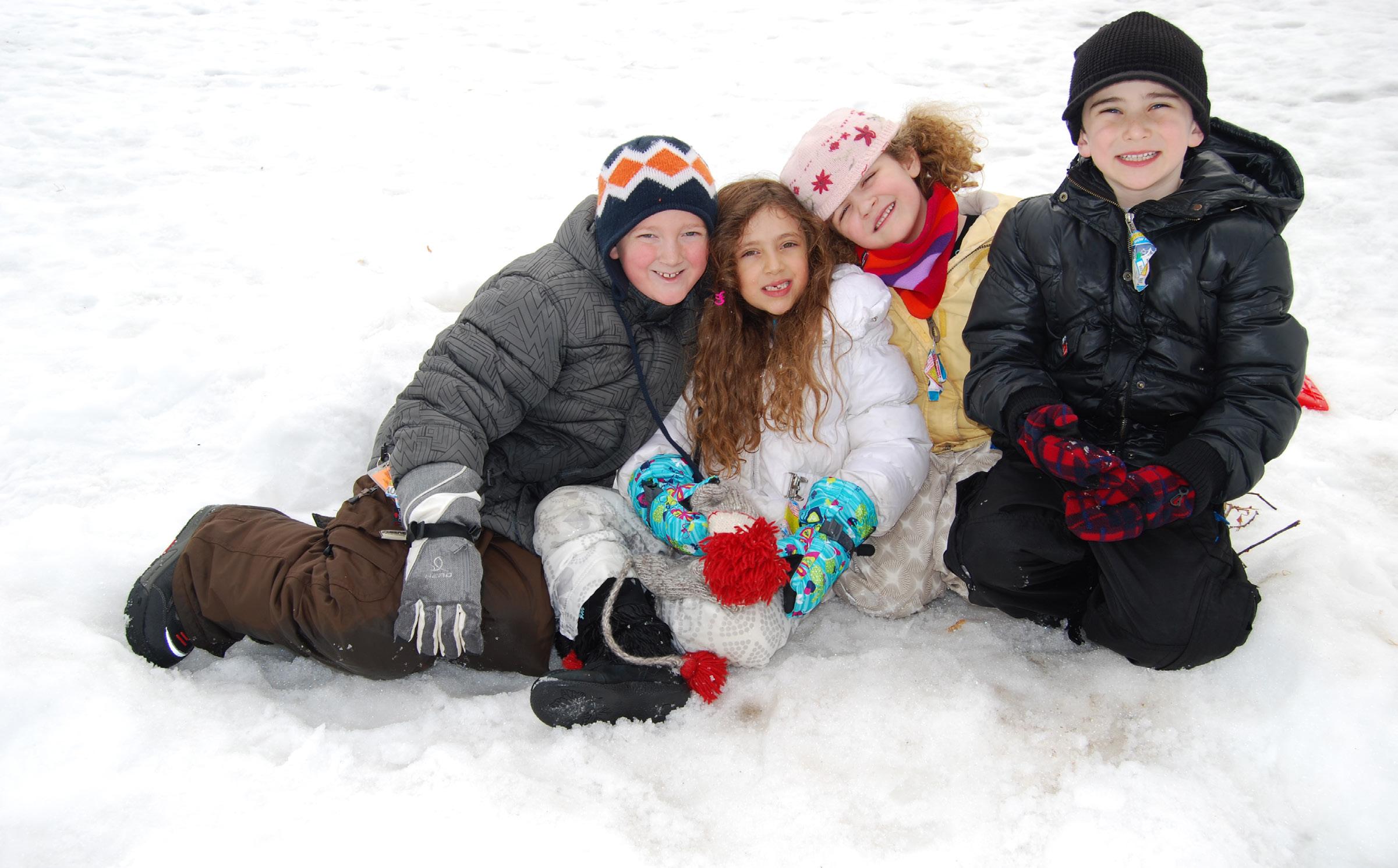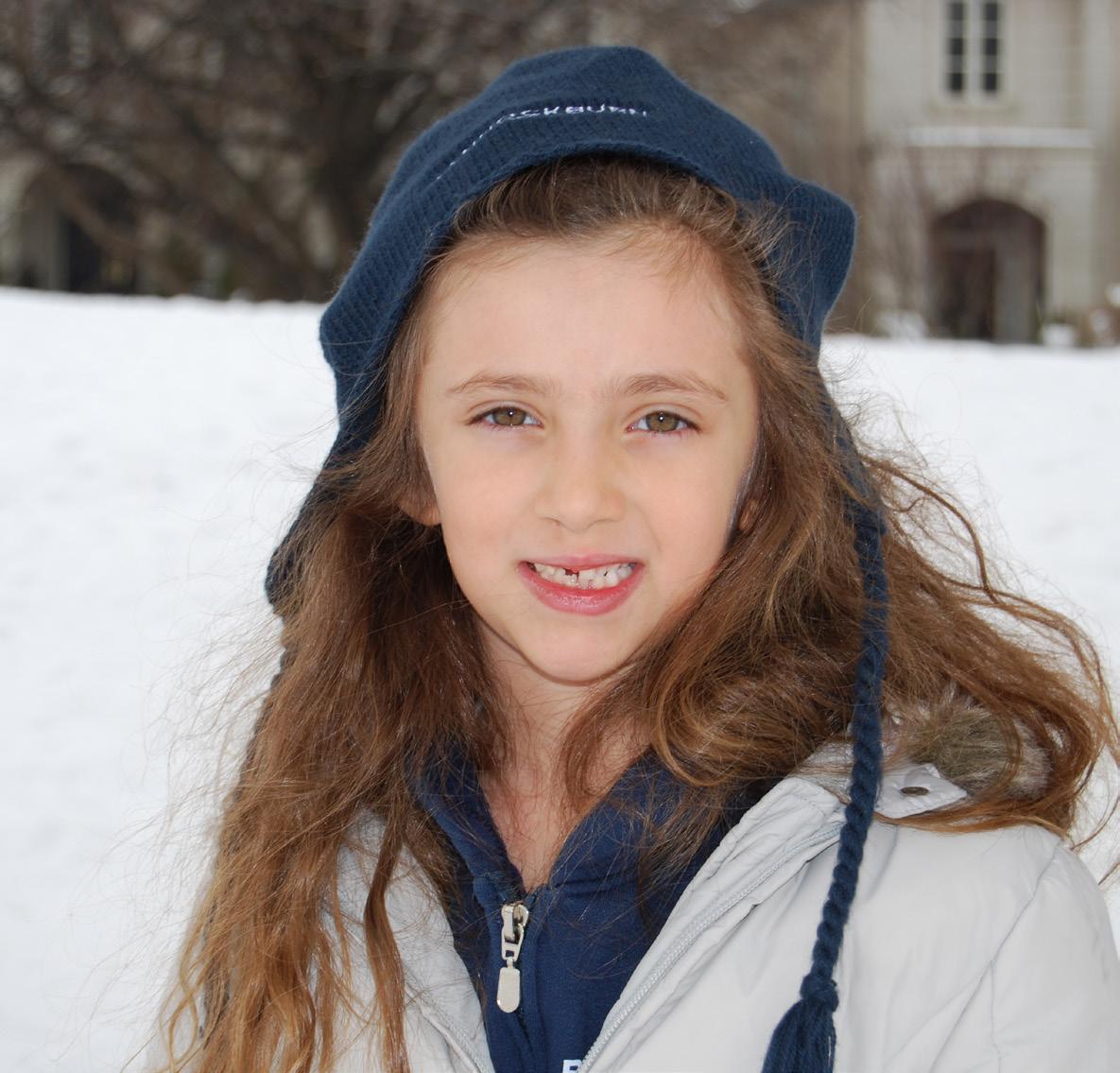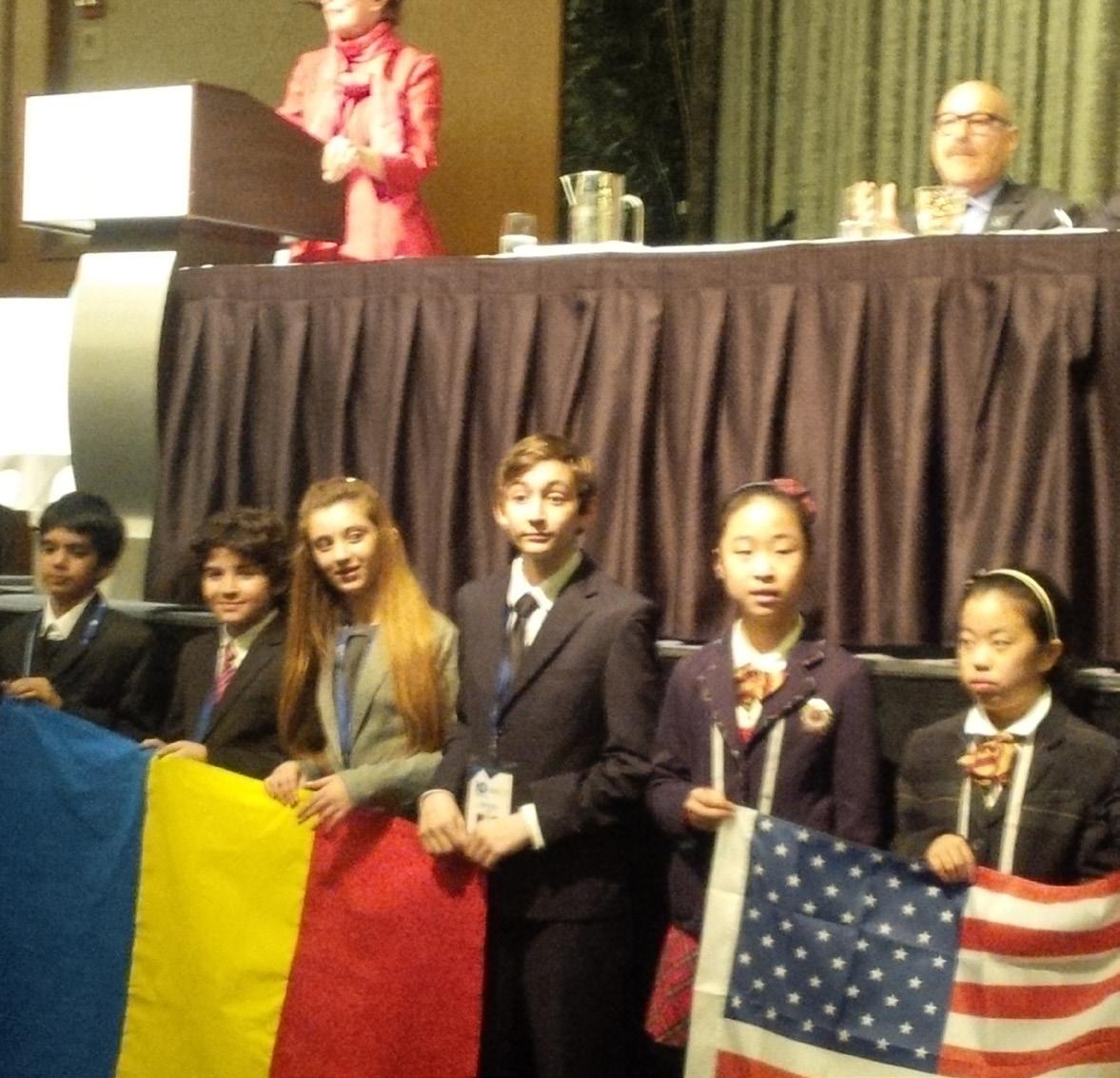




The Nest Magazine is a thrice-yearly publication published by Bannockburn School to highlight our school community. A leading independent Montessori school, Bannockburn School is recognized throughout Toronto for its outstanding academic standards, its steadfast commitment to Montessori education, and its deep respect for the potential in every child.
We are fully accredited by the Canadian Council of Montessori Administrators (CCMA) and are a member of the Conference of Independent Schools (CIS).
Writer and Editor: Erica Fyvie
Design: Toni-Marie Miller
Contributors:
Ivy Au
Charlie Barnes
Donna Boreham
Aliusha Dayani
Arianna Forgione
Diane James
Chris Kahnert
Lorena Lasky
Julianne Lynch
Ewa Matusz
Ben Morgan
Shashank Parkhi
Grace Rogerson
Sabrina Steele
Saida Tesfai
Patrick Wang
Erica Fyvie and Toni-Marie Miller would like to thank all of the contributors for their time and enthusiasm on this project.
For questions or comments about this magazine, please contact Toni-Marie Miller at communications@bannockburn.ca.



Here I sit in June, after a school year of excitement, surprises, challenges, and significant joys, wondering how we got to the end of the year so quickly. It is funny that with each passing year, all of the truths about time feel more and more relevant. It really does go quickly, and it really is hard to believe when something is over.
As the Interim Head of School, it has been my honour and privilege to lead Bannockburn this past year. Thank you for trusting your children with us. It is a responsibility that we take seriously every moment in the school day.
This is our third and final school year issue of The Nest. We will return with our next issue in December 2024. It has been an absolute pleasure to both participate by being interviewed, but also to learn so much about this incredible school community. I knew Bannockburn had the best staff and faculty anywhere, and the profiles in this year’s three issues prove it! It was wonderful to shine a spotlight on all the special people who make up our Bannockburn staff family, as well as hear about a few of our outstanding alumni. I hope you agree that this is a community worth celebrating.
Our students who return year after year are like perennial plants. Our nurturing of each one is integral to the overall garden, but it is not possible without our root system underground. We depend upon each other and flourish when we all work and grow together. In September, new growth will join our community and I, personally, can’t wait to see what sprouts arise.
Thank you to the staff, faculty, board, parents, alumni, and students. Your contributions this year have cultivated a beautiful garden.
Wishing you all a very happy and healthy summer.
Until September, with my gratitude,
- Jacqueline Richman, Interim Head of School




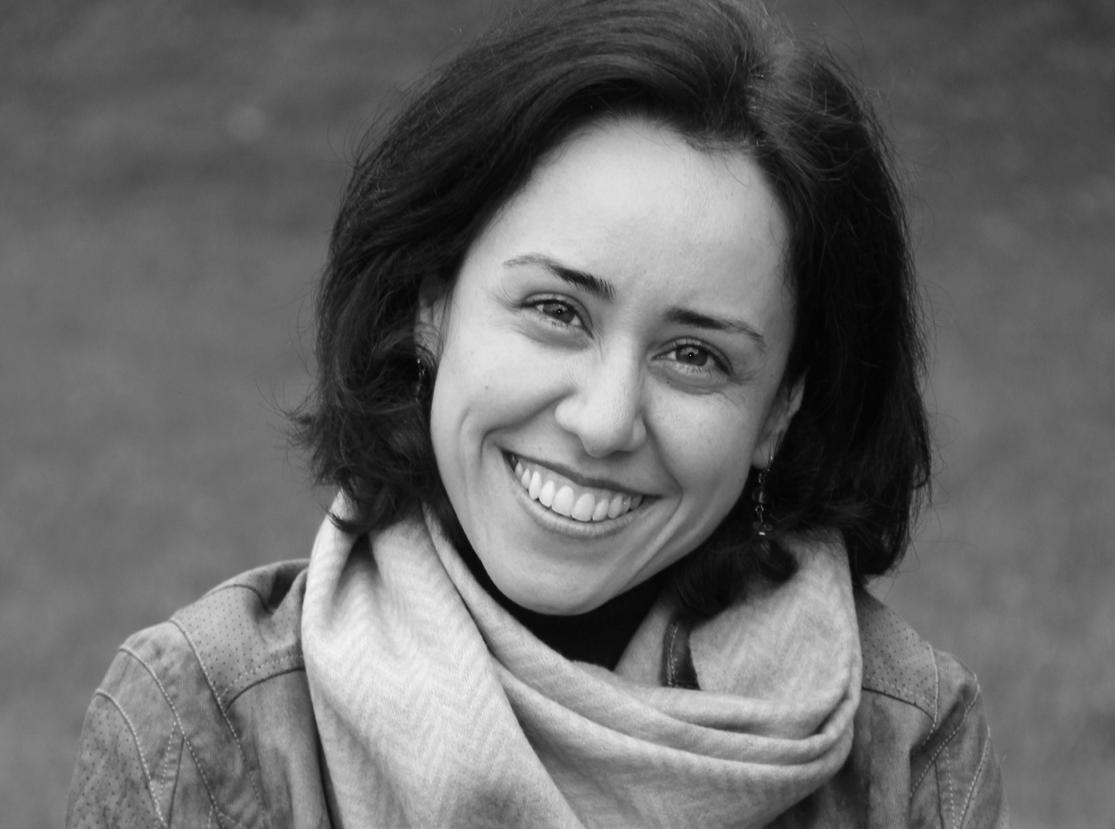
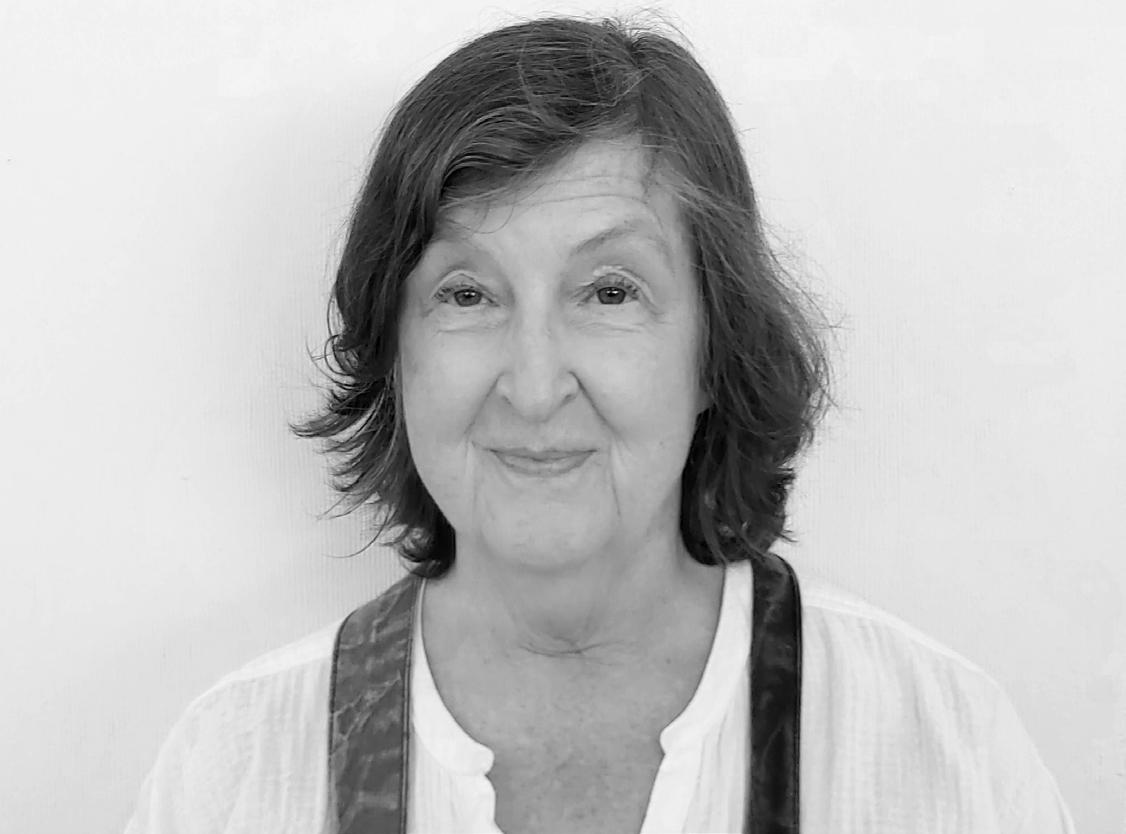
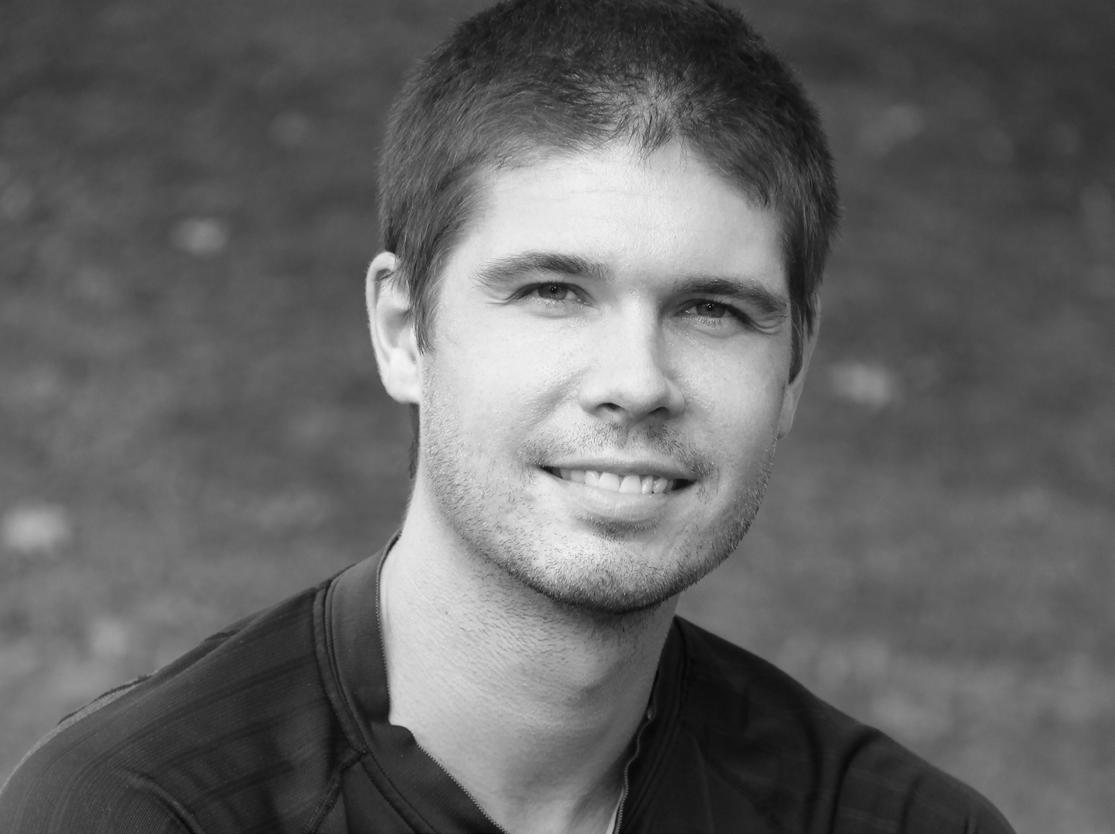
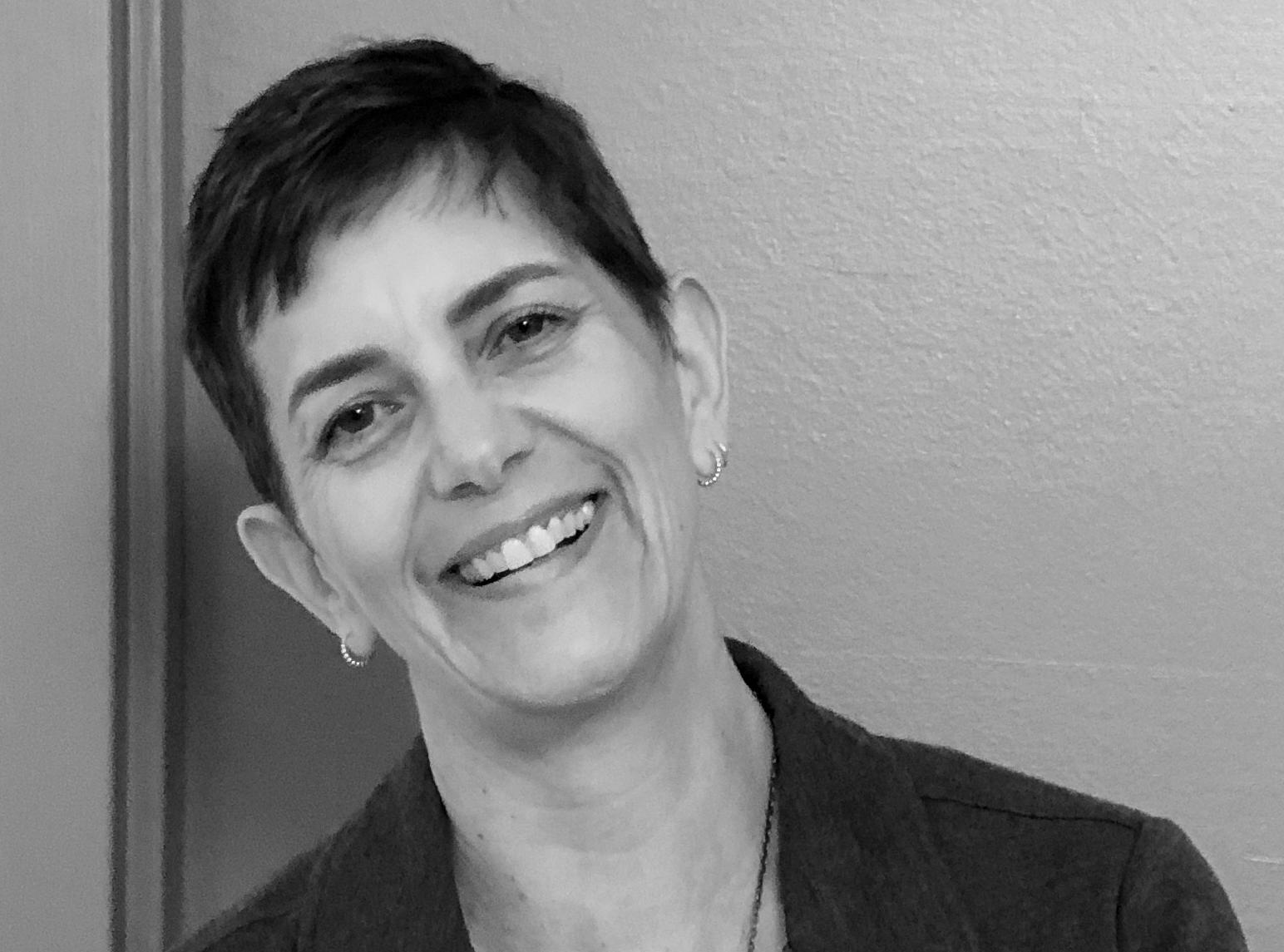
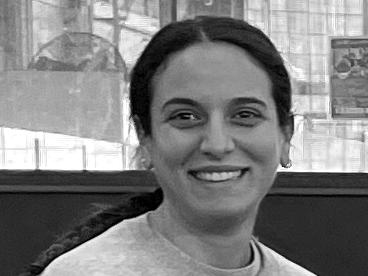

 Aliusha Dayani French Specialist
Chris Kahnert Current LEL Student Teacher
Lorena Lasky Art Specialist
Julianne Lynch Gym Specialist
Aliusha Dayani French Specialist
Chris Kahnert Current LEL Student Teacher
Lorena Lasky Art Specialist
Julianne Lynch Gym Specialist
In the words of Maria Montessori, “That humanity which is revealed in all its intellectual splendor during the sweet and tender age of childhood should be respected with a kind of religious veneration. It is like the sun which appears at dawn or a flower just beginning to bloom. Education cannot be effective unless it helps a child to open up himself to life.”
Like our students, perennial plants come back year after year. After maintenance over the course of the school year, it’s no surprise that most of the Specialist teachers also cited spring and fall as their favourite times of year. For gardeners, this is a time to replenish, to add and replace nutrients and get the watering just right.
Julianne likes the school year bookends. “I like the beginning and the end. The energy in September always feels like the New Year, much more than January 1st. In September, everyone is coming off the summer wearing their new clothes and their new shoes, and the goals and the dreams feel endless. In the spring, everyone’s done such hard work over the course of the year and it’s a time to celebrate. We get to have more fun in the classes and everyone’s in good spirits.”
Diane said, “things we do around holiday times, especially because we do so much music, are very special. There’s so much the students can show by then. They play brass instruments and can usually play a tune. It’s really fun to put the show together, even though it’s a lot of work. And the same thing for graduation. I like the musical traditions like the grad song.”
When Lola was asked about her favourite time in the school year, she said fall and spring, with spring especially being a fruitful time for creativity.
“I love seeing all the kids rejoice in spring when they can run out to play and not wear a jacket! They can have fun with anything. Paper airplanes, coloured chalk, a million playground games—it all comes out in the spring.”
Chris: “Definitely the springtime. Such good energy!”
“I like the springtime,” said Aliusha. “It’s the weather and also it’s maybe because they master lessons by now and memorize the words to the songs we’ve practiced and get to sing together or have conversations in French. They need to build the foundation by learning the vocabulary and then the pronunciation and then they’re ready.”
The beauty of the Specialist program at Bannockburn is that these teachers appreciate the different variety of growth and recognize what a bloom looks like for each one.
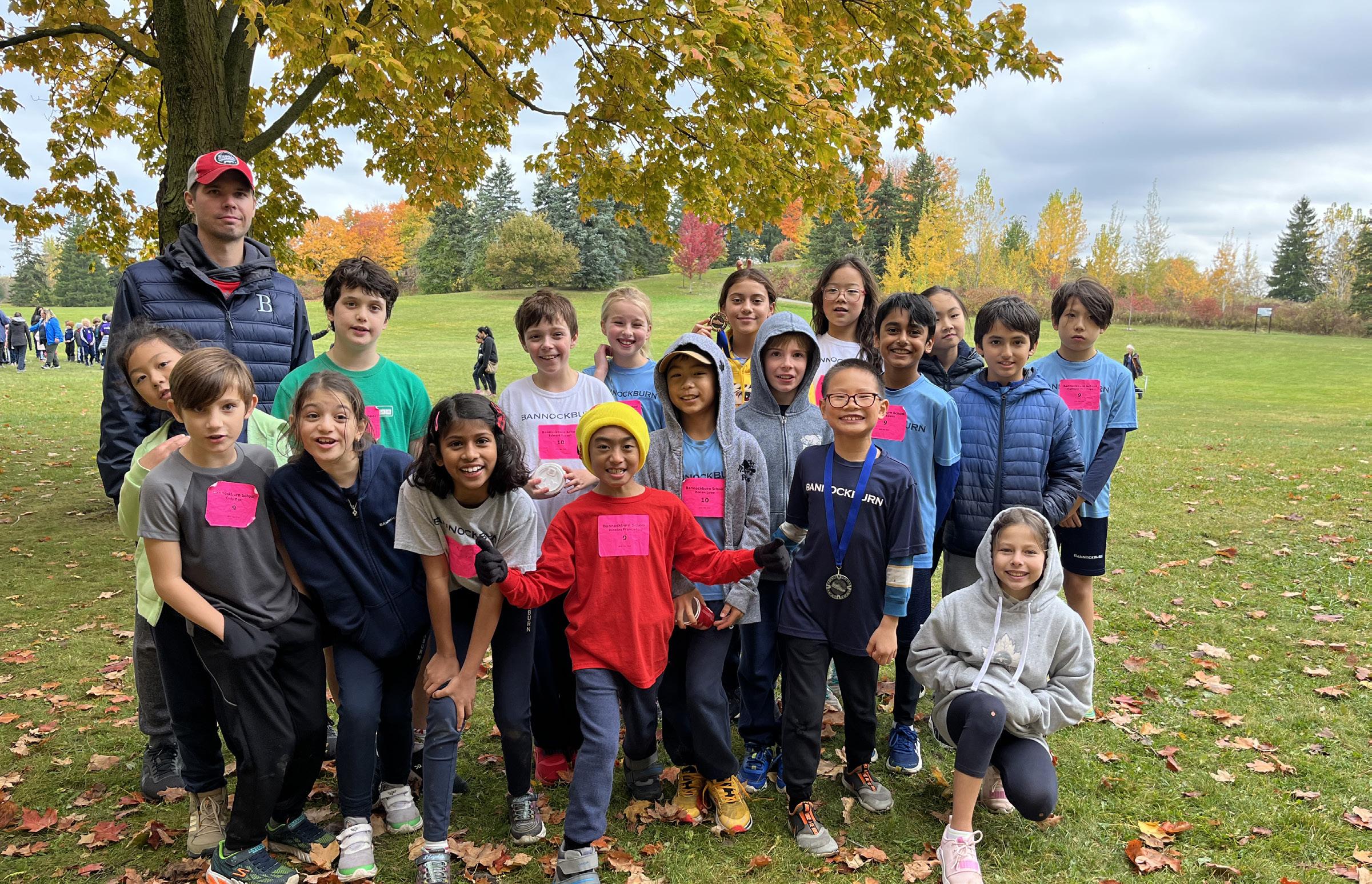






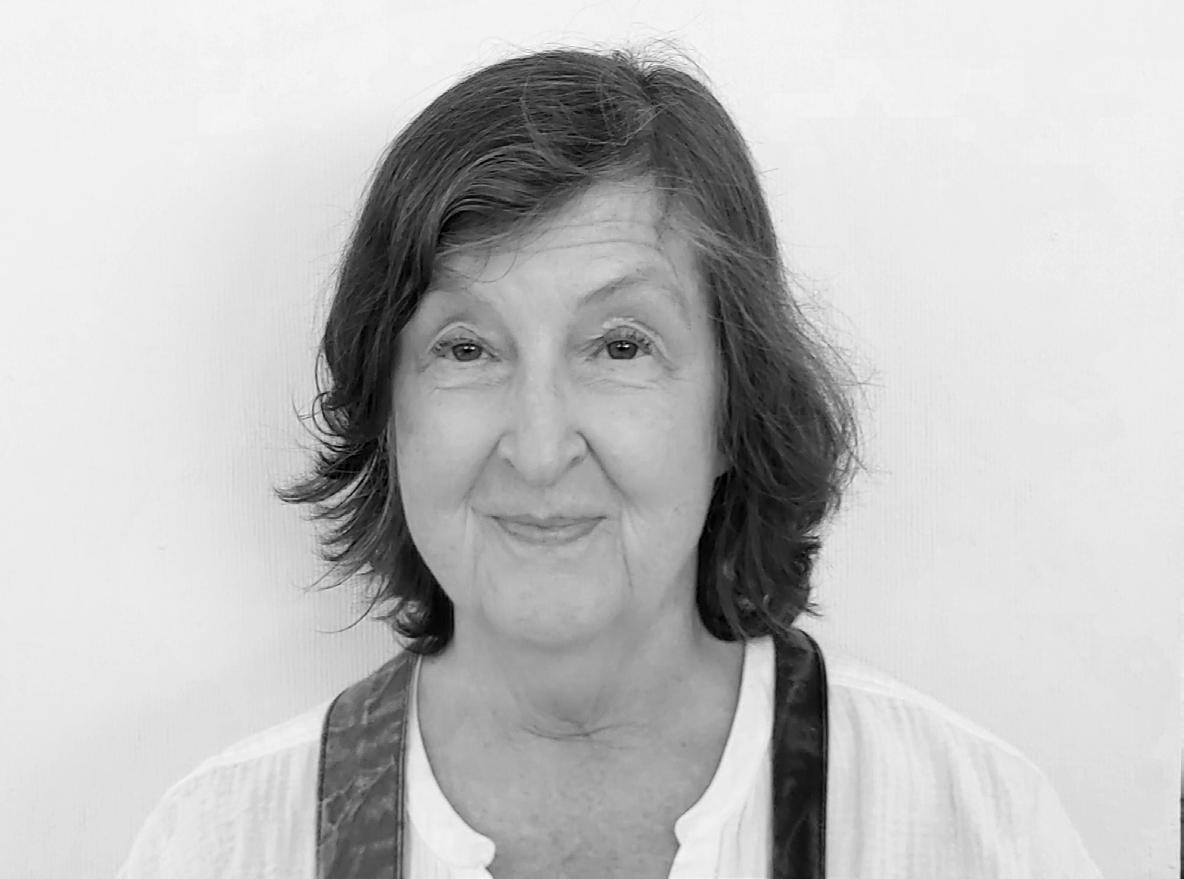
Writing a composition generally refers to how a piece is written. Writing a musical composition, however, or conceiving a piece of music, involves ordering pitched sounds in musical time and space. Pitch, or intervals, are determined by rhythm.
Interviewing Diane James, our highly respected Music teacher, feels like it occupies the space in between. In order to compose the interview, I need to understand the rhythms of her life and how the intervals of time helped to create such a musical journey. Naturally, it helps to begin at the beginning with her musical family.
“My mother played piano and got to Grade 9 or 10, a high level. Dad played the accordion, but after a while it was too heavy to carry on the bus! But he loved brass and always listened to a program called Men of Brass.”
Growing up in a house filled with music no doubt set Diane on her path. But she also acknowledges that to want to do something well there needs to be an aspirational quality to it, you have to know how to wait, and you have to be willing to do the work.
“We got my mother’s piano and the piano teacher in the area wouldn’t take children until they were seven. I remember it feeling like a long wait. Now we’re starting children younger, but seven is good, actually, because your fingers are developed, you can read a bit of music, you know the alphabet … you’re just more ready. I loved piano. I took it for years, took Kiwanis Festival competitions and lots of conservatory exams.”
A moment from her childhood expanded her musical path even further.
“My Dad played Peter and the Wolf for my sister and I, and he said, ‘This is the wolf.’ I know the wolf is supposed to be the villain, but I just fell in love. I knew early on that the horn was a special sound for me.”
[Peter and the Wolf is a symphonic composition written by Sergei Prokofiev in 1936 in which the narrator tells the children’s story


while the orchestra plays different instruments for each of the characters.]
Inspired by the wolf, Diane began French horn lessons, became an accomplished player, and then went to university and took horn performance at U of T. She won a Canada Council grant to study with a teacher in Los Angeles and returned to Toronto.
Diane married Greg, whom she met at U of T (he plays the clarinet), and they both got jobs at the Thunder Bay Symphony. When they returned to Toronto, she wondered about having a stable job in music since they were freelance musicians. Sharing her love of music through education seemed like a natural fit.
“I realized that the level I wanted to teach was pre-school. I looked into Montessori and loved what I saw, so I took the AMI [Association Montessori Internationale] training.”
By tremendous Bannockburn luck, Diane was the first music teacher here.
“When I interviewed with Adalove way back [Adalove Gorrie, the founding Head of School at Bannockburn], I said that I’d love to teach music. I started here in 1995. First I did Toddler teaching and then several years of Primary teaching with music in the afternoon. The school had to grow a little before they needed a full music teacher.”
Diane and Greg have two sons. You may not be surprised to know that they both pursued music professionally as well. Aaron is the Director of Music for the Toronto Oratory of St Philip Neri, and Chris plays piccolo in the Montreal Symphony Orchestra.
As Diane puts it, “There was a lot of music in their lives, so we gave them the opportunity.”
One of the things Diane likes the best about working with children is seeing their musical growth. The same thing was true for her own children, and the advice she gives to parents to enrich music in their children’s lives is the same advice she and Greg followed for their sons.
“I think what happens to a lot of children is they somehow lose their creativity as they get older. It’s not their fault, but we tell them that subjects like math and business skills are important, and they are, but in the process we downplay the importance of creativity. I don’t think it’s valued enough. The child’s natural instinct to be creative just gets swallowed up somehow. But when you see the toddlers, the first thing they want to do when they hear the music is dance. Primaries are much the same—they relate to music by moving. Some toddlers I’ve taught were signing before they were talking, and that’s really exciting.”






How should parents nurture creativity in their children?
“If parents give their child lessons, they have to be prepared to give their time. Lessons go better often if the parent is actively involved. My sons did Suzuki and my husband, who had a more flexible job, sat in on their lessons and that’s what Suzuki teaching is like so you can practice with your child. So it’s not like you’re getting supper and the piano or keyboard is in the basement and the child is down there alone. And then when the child seems less interested, the parents may think, ‘Oh, they’re bored. We should stop now.’ So I tell people, ‘Can you bring the keyboard upstairs? Can they play for you while you’re getting supper and really engage with them?’ It’s hard, I know, because parents are busy, but with little children it can be five minutes a day. Everyone has five minutes.”
symphony
As a Specialist, working with all the ages over this many years has been a tremendous source of joy for Diane.
“I never tell children that they’re singing out of tune because I don’t believe that in children. From ages four to five to Grade 6, their singing voice can change a lot. Seeing their growth through all of those ages is really fun for me. I hear the pitch through constant repetition. With the little kids, I emphasize that they move to the beat of the music by playing music they march to, then run and gallop, jumping—different kinds of music. They recognize little piano patterns and make their feet go like the music. So when they get older, I see the sense of pulse coming in. If you don’t have that experience of doing it with your whole body first, it’s really hard to get that sense of pulse, say on a drum, later.”

Her goals as a music teacher are two-fold: one, to teach a creative outlet that helps the children become individuals.
“One of the benefits of pursuing an artistic practice for children is that it really helps personal development. When they’re in high school and older and the crowd is off doing something, a really strong individual won’t be swayed by the group. They know who they are.”
The second goal is that by learning an art, you can also learn how to be an art appreciator.
“Statistically, most people will go into something else because it’s just a small percentage of people doing music or another art. But my main goal is that the students continue to make music as amateurs, but also that they support the arts.”

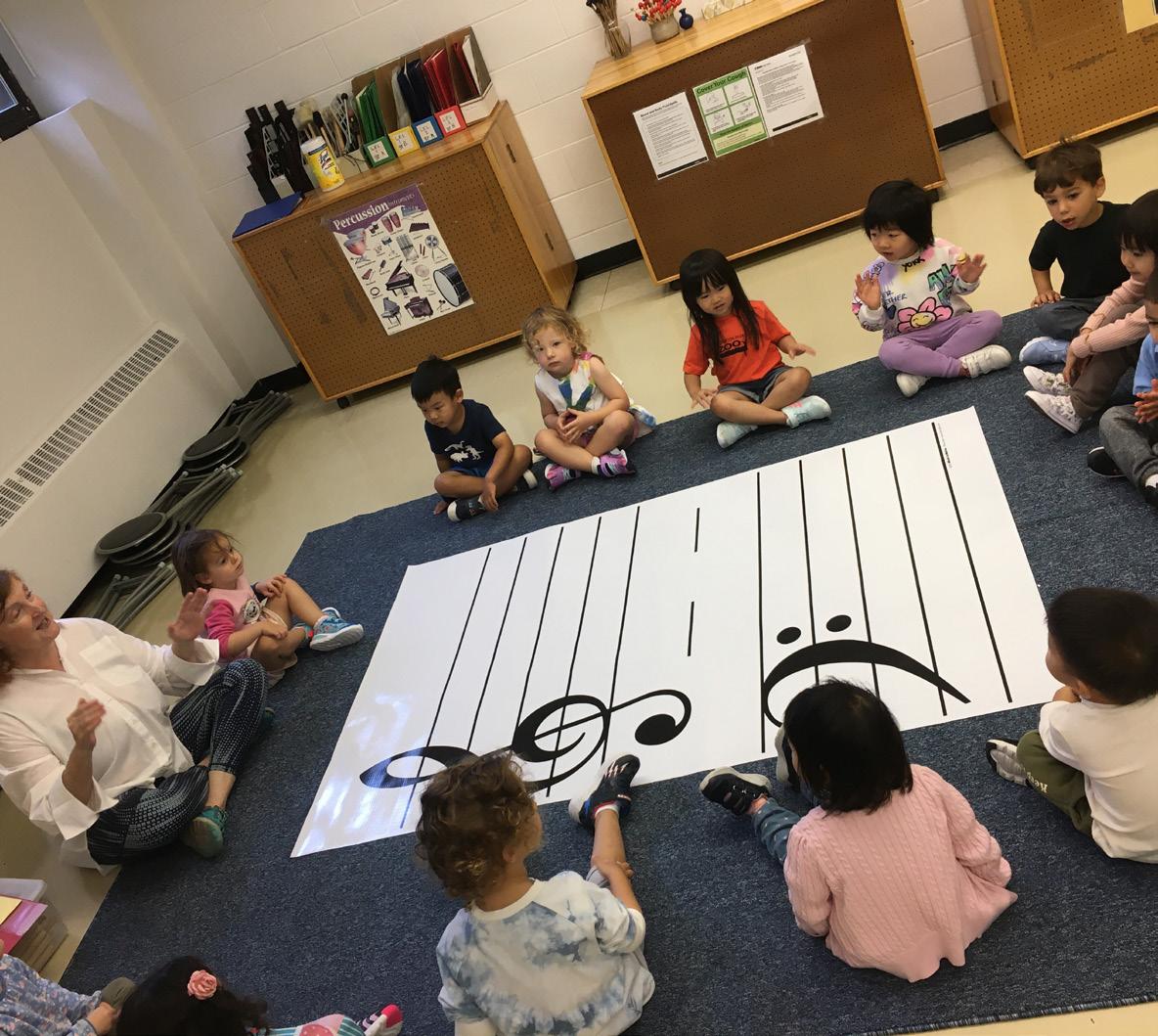

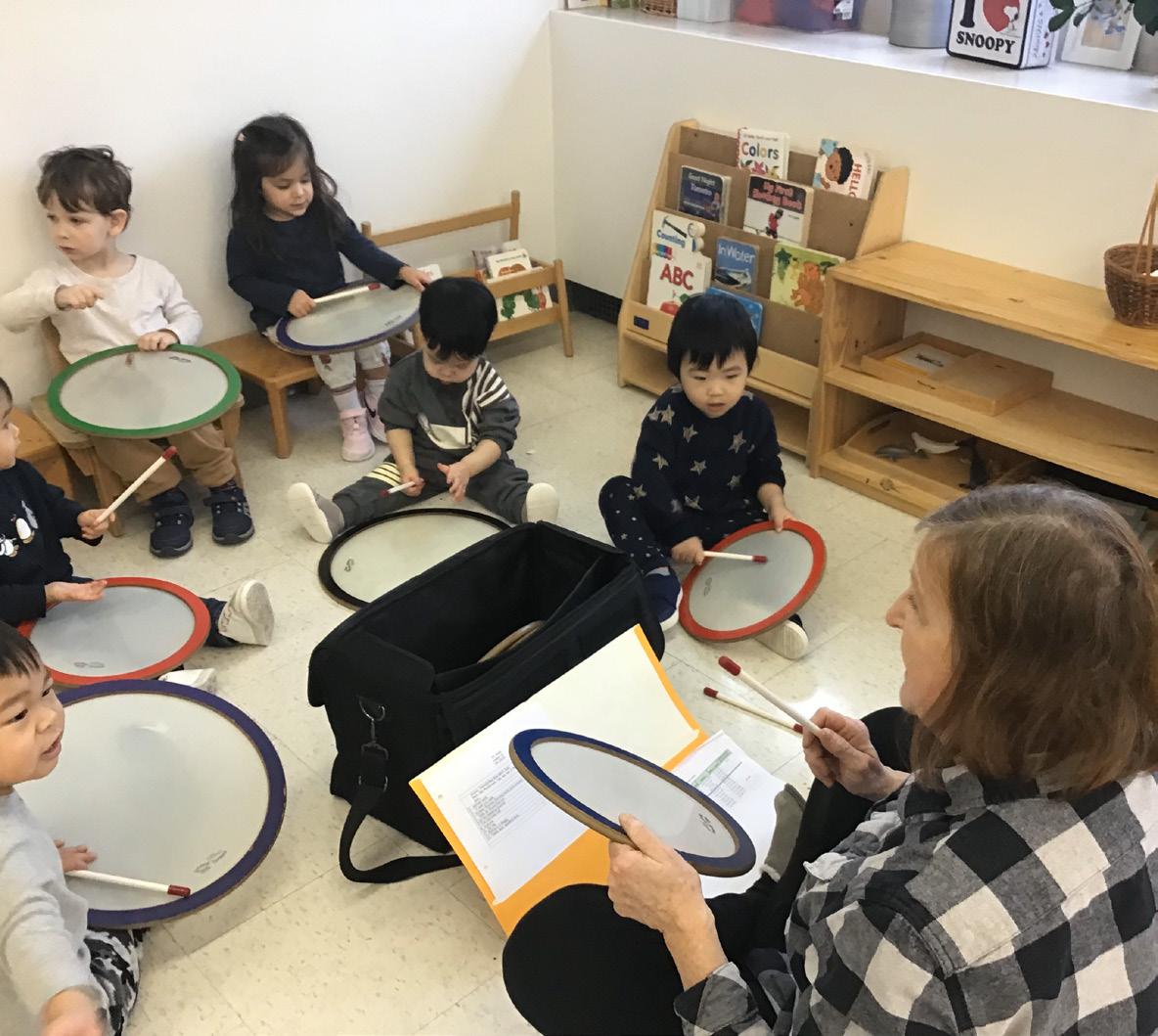







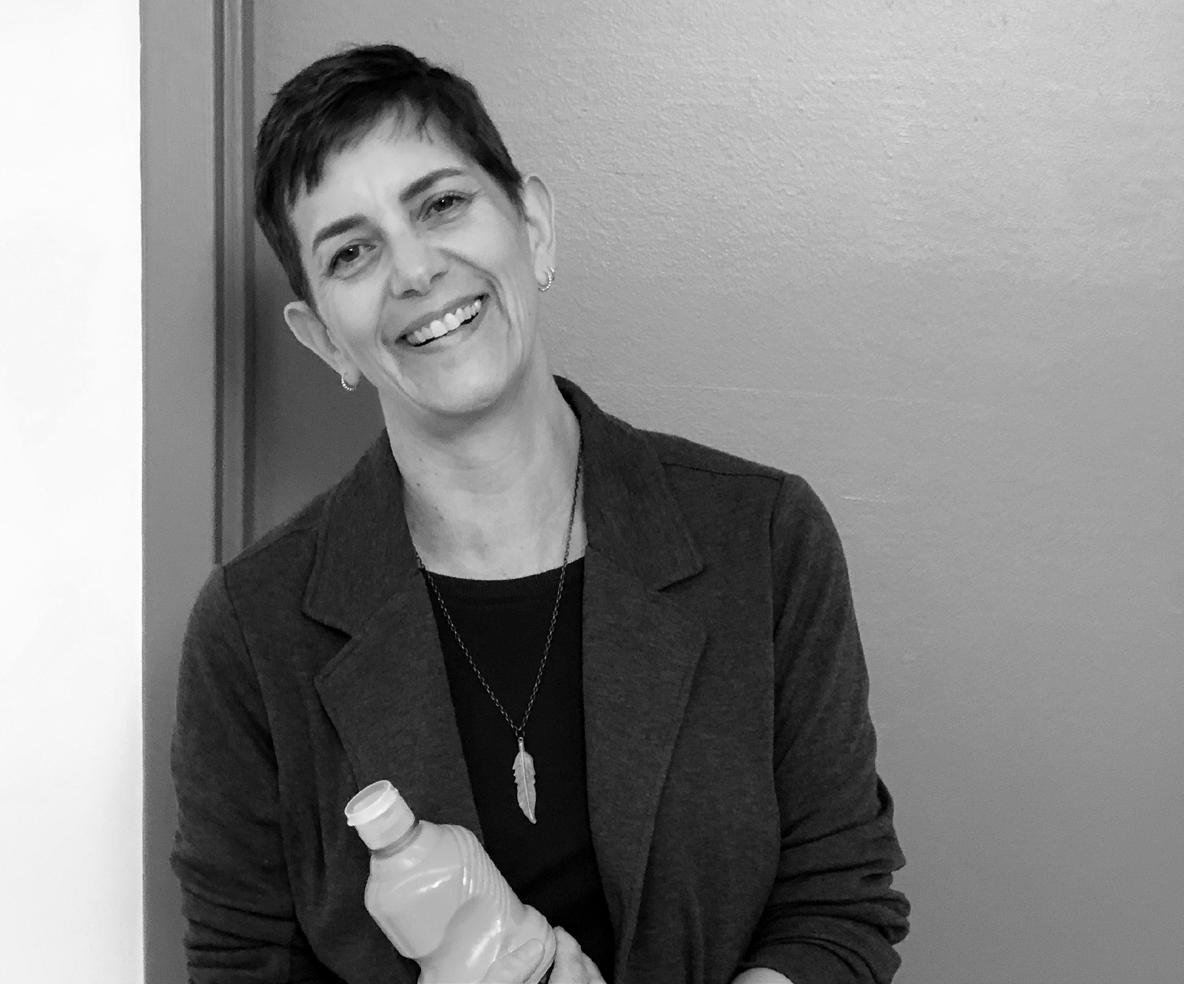
For those of you who haven’t seen Lorena Lasky’s (Ms. Lola’s) Art room, it’s worth popping by for a visit. Somehow, it manages to be full of colour with design inspiration on the walls, organized tools on the perimeter, and pristine portfolios full of student work, and also a peaceful space. At the centre of it is Lola herself, a calm and dedicated presence who loves seeing all the age groups.
“I find getting to know all the kids awesome. You get to know them all in detail. You see the kids that might be struggling in other areas and in Art they get to express themselves freely. Maybe their hands don’t move at the same speed as their brains yet. But you can see when they’re expressing themselves and I love it.”
Perhaps a life of art and culture was inevitable in colour-saturated, public art-filled Mexico City, where she was born and raised, in a polyglot family.
“I went to an American Primary school in Mexico because my parents wanted me to learn English really well. My mother knew five languages. She used to speak Italian, English, French, Yiddish, and Spanish, and my Dad knows French, Spanish, and English. I can speak Hebrew, and I speak English and Spanish. French I can understand the words, but I’m not a great speaker. I should’ve paid more attention to my mother and grandmother,” she says with a smile.
For grades 7-12 she went to a Jewish school and then to UNUM for university, which is Universidad Nacional Autónoma de México, or the National Autonomous University of Mexico, a public research and arts-based university with several campuses. She studied art and design and specialized afterwards in interior design.
One of her earliest art and design projects evolved from a personal place.
“I wrote a book for visually impaired children in Grade 1 because there weren’t any books for them. I did it with the materials that they need, like non-reflective, contrasting, long-lasting paper with tactile elements. The children get very close to their books to see everything they can, so it has to be durable. It’s a workbook and nothing existed at the time to help visually impaired children learn how to read and write, so I wanted to create something for them.”
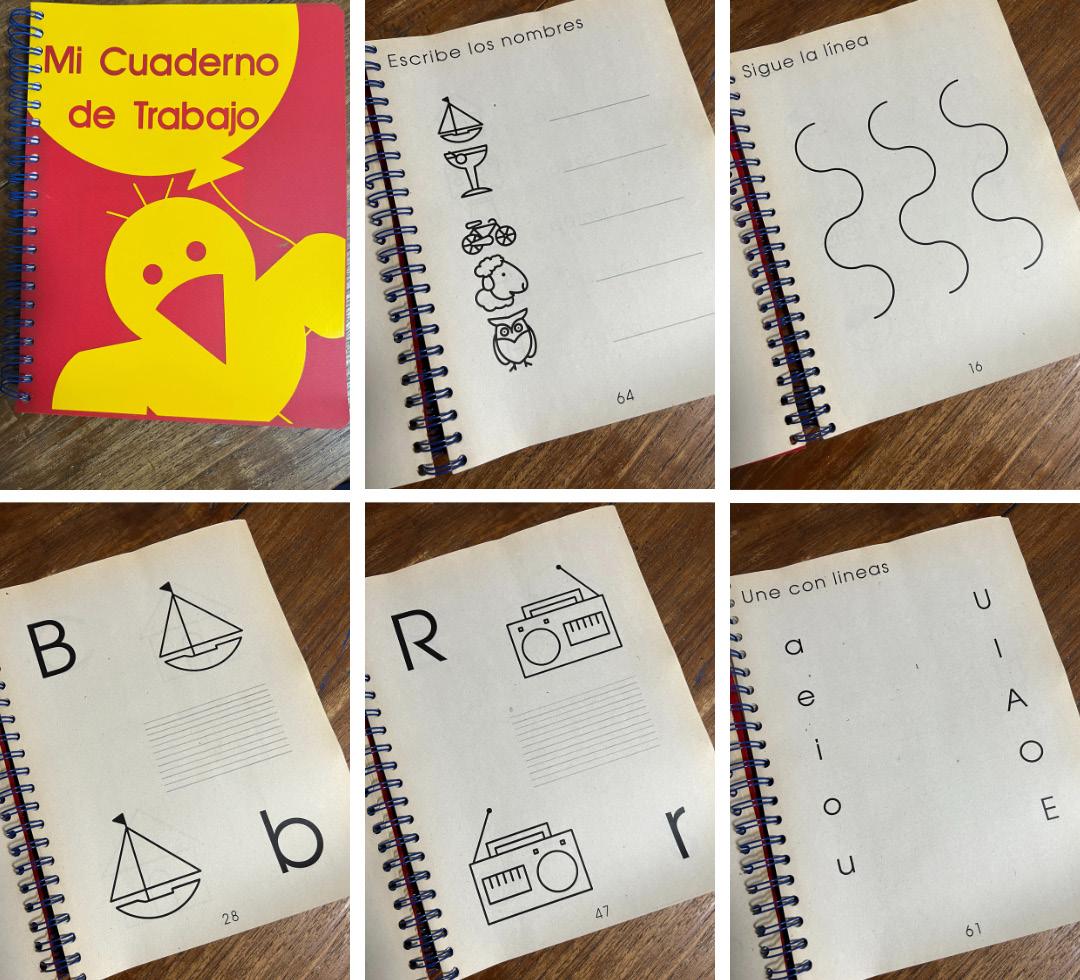
“I was born prematurely with my fraternal twin sister, and we were in an incubator for a month. Because my eyes didn’t develop, I had issues with my eyes until I was three years old. I had a very high prescription until I had an operation. The whole experience set me on a path to do something for kids who are visually impaired. In the last few years, I’ve been helping blind people design their homes with the same principles in mind.”
In addition to her job at Bannockburn, Lola runs a home design firm called Rethink Your Space: www.rethinkyourspace.ca. She provides interior design, decor, organizing, and moving services. For her, art and design are not separate concepts that fill her teaching hours; they are how she lives her life. She likes to always use what people have and refurbish it as much as possible, saving resources and being mindful of one’s climate footprint.
“As creative people we have to try everything; we can’t leave a thread hanging.”
As an Art teacher, she encourages creativity in her students across the full spectrum of activity. Inspiration comes in different forms for different kids.
“You have to see what each child can do, no matter how difficult or easy something seems for them. Everybody does something amazing. It’s seeing beyond just what’s on the paper and wondering, ‘How are they telling us a story?’”



Being “good” at art for Lola means being interested in both the process and the product.
“It’s process, which can be very enriching for them, but at the end, when they see the creation, it’s really satisfying, too. They’re very proud of their work.”
It’s also about providing an aspirational idea of where art can go.“Everyone wants to do the three-dimensional animals right away and we’re not doing that before Grade 4!” she laughs. “We need to lead in to that.”
One of the documented benefits of the entire Specialist program is allowing the students to work with a different set of muscles. Lola notices that the physiological elements of art practice inform the output, no matter what the age of the child.
“I can see where they may be struggling elsewhere. Can they follow instructions? Can they hold a paintbrush properly? I can help them with that here, if they need a bit of extra help making the muscles in their hands stronger or loosening up their shoulders. It affects them a lot if they’re colouring or painting and they have tension in their body, which is not always easy to see.”
Being a good artist, for Lola, is about growth, and growth is about recognizing fear and pushing past it as best as we can.
“It’s being not afraid of making mistakes. It’s just doing it and having fun with it without worrying that the line is not where you want it or it looks differently in your head. They can self-limit themselves if they worry about what a friend will say. I try to limit self-criticism and comparison. Because you got the line in the right place, does that mean you’re ‘good at something?’ Not necessarily.”
Art is expression. Lola is interested in everything her students are saying through their artistic interpretation.
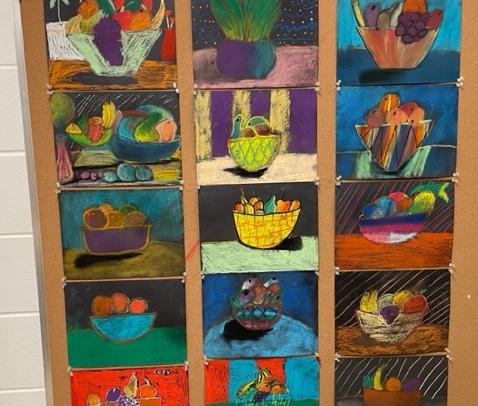
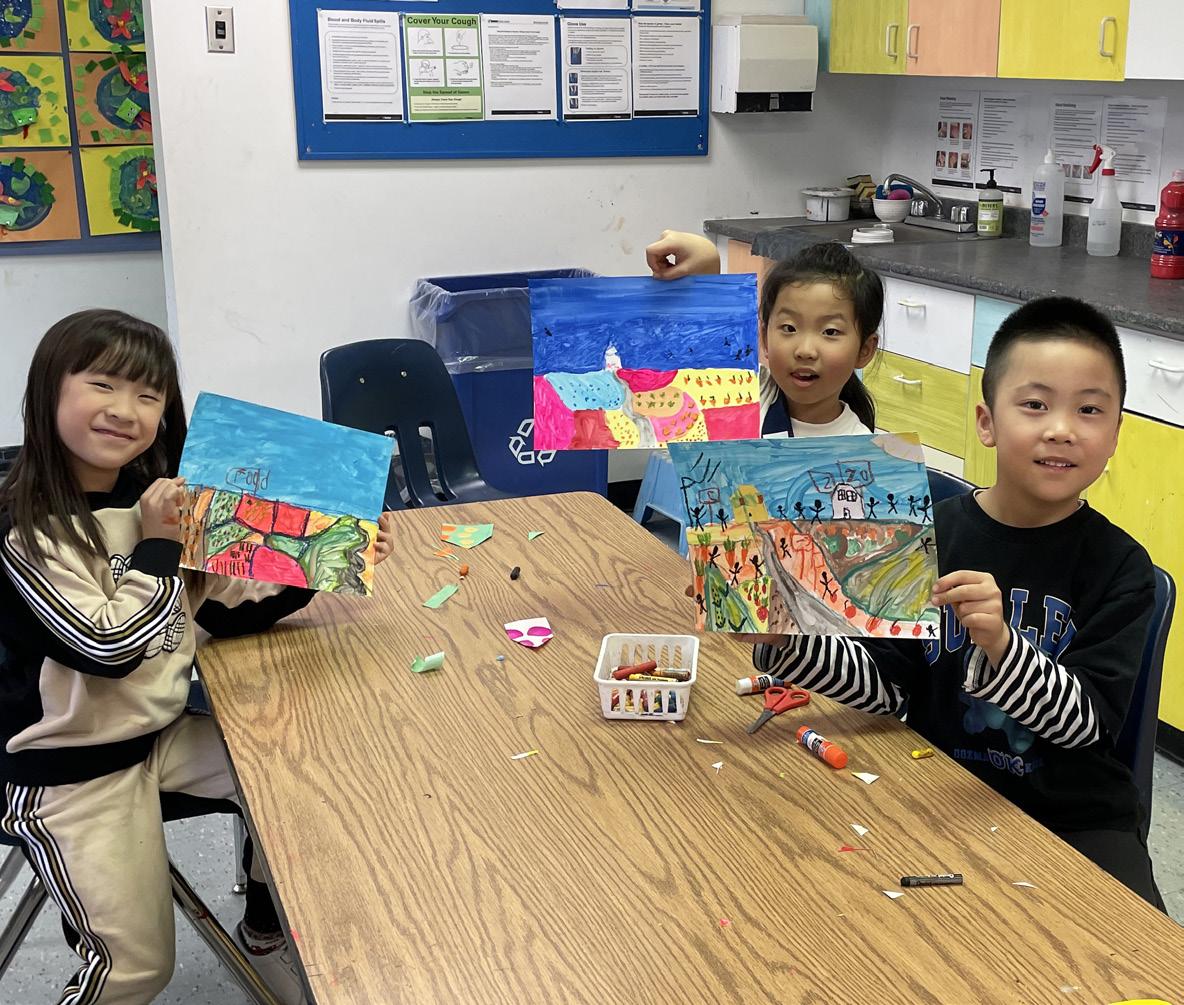
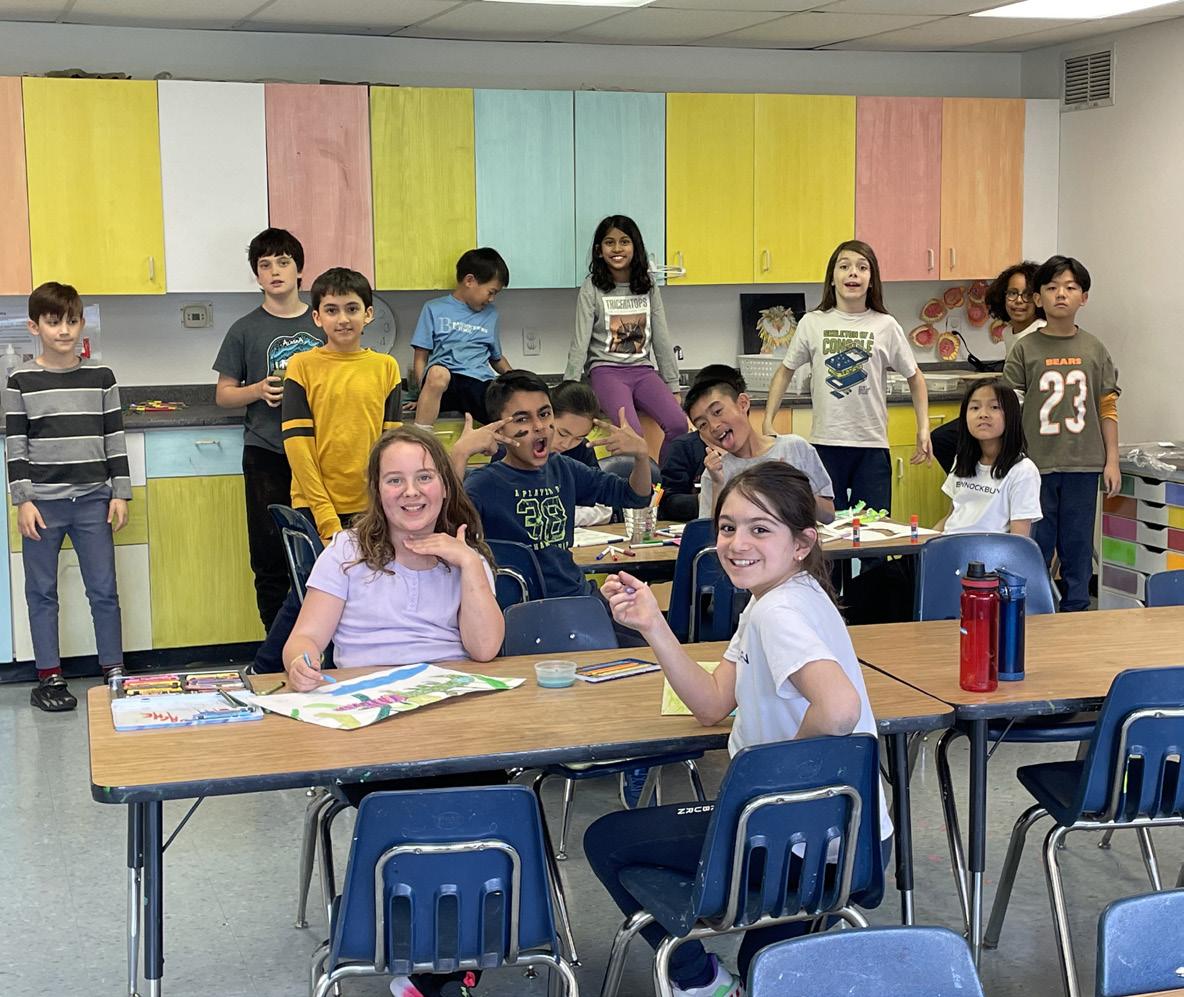
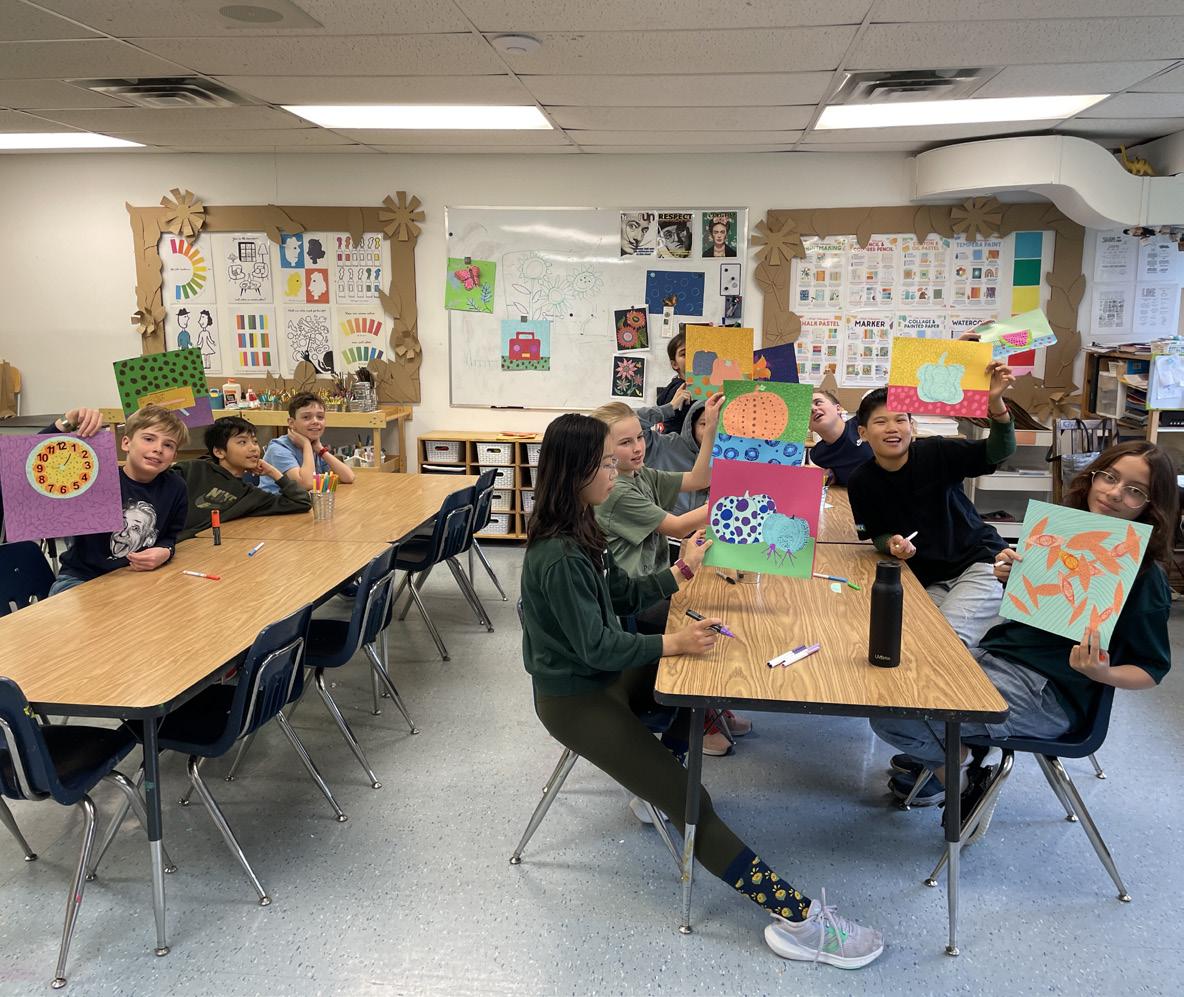




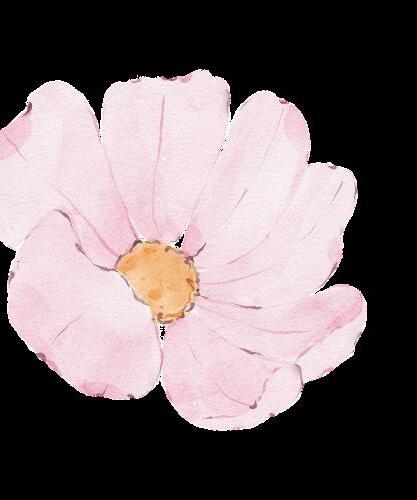
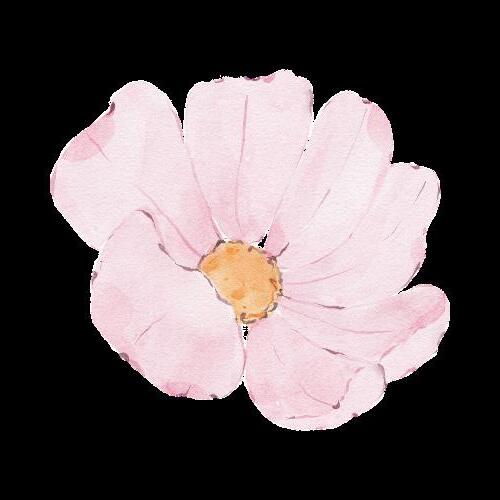

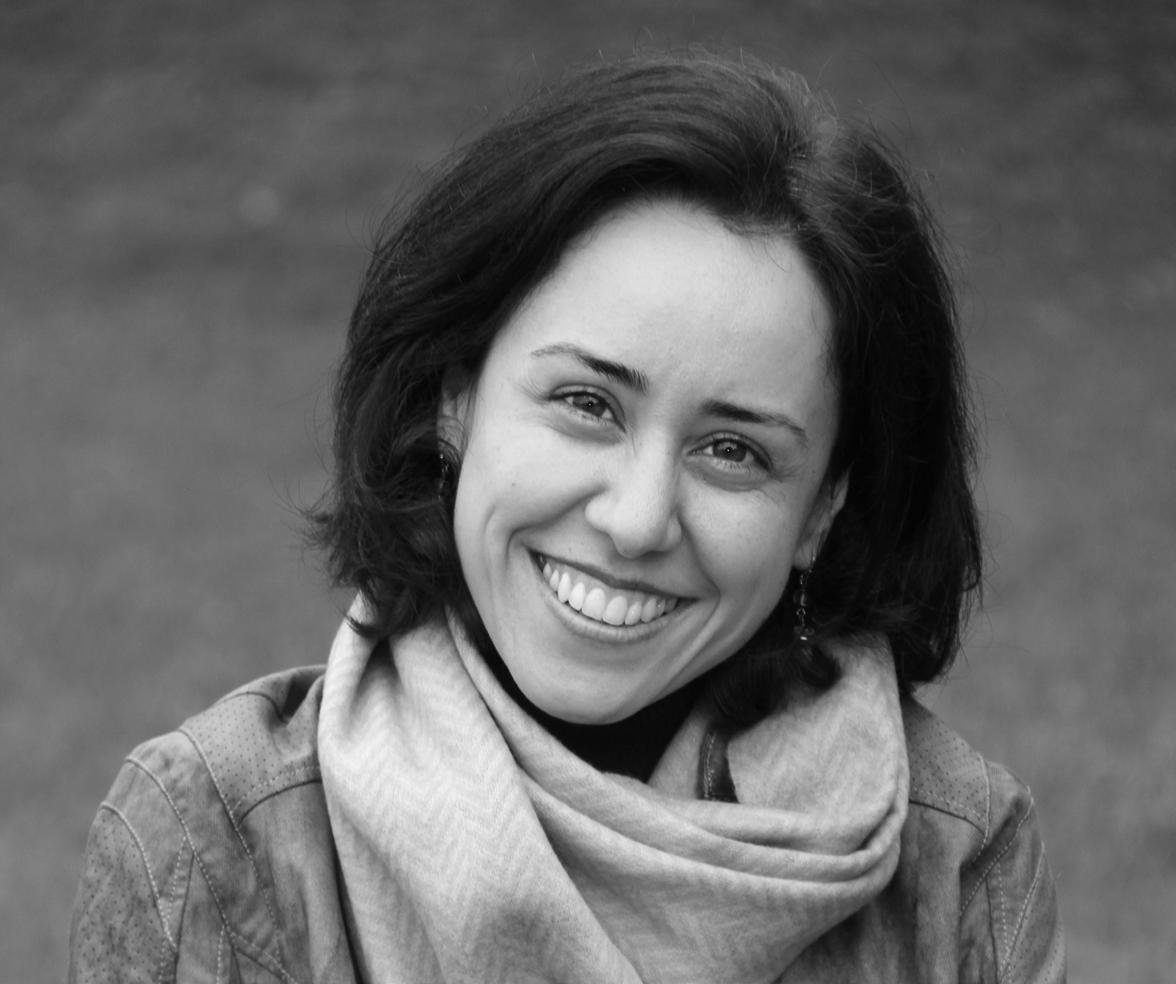
“It’s a journey,” Aliusha laughs, when asked how she got from earning an Information Technology degree in Iran to teaching French in Toronto.
Le passé composé
Aliusha Dayani was born and raised in Iran. She attended Qazvin University for her B.A. in I.T. When she moved to Canada as a Quebec immigrant, she had to pass the French equivalency test. Aliusha had studied French in Iran for about four years, passed the interview, and moved here.
Once she arrived in Canada, she wanted to both continue her French skills and work toward her dream of becoming a teacher.
“I always wanted to work with children. It was a dream that stayed with me as I worked for years in I.T. in Iran and then moved to Canada. I went to Seneca College for French Language Skills. But being a teacher was still with me. I started working as a volunteer in some programs in Richmond Hill, and then started my work as a teaching assistant in Montessori. I loved it, the whole philosophy. I took the program at Newborough Teacher Training Institute and became a teacher. All this time I was also teaching French while being a Montessori teacher. I joined Bannockburn in 2020, the pandemic year.”
Plus que parfait
There is a French verb tense called “plus que parfait,” which means more than perfect. (Of course the French understand that there’s something even better than perfection.) For Aliusha, through her teaching of both French and Montessori principles, she realized that the multi-sensory approach in Montessori lends itself exactly to learning a new language and word acquisition.
“I try to make it as simple as I can. That’s the first thing. The second thing is that after I took the Montessori certification, I found out that the language program in Montessori is the best
way to introduce a child to a new language and teach it. I use all of the methods in Montessori. We start with an object and move on to games and activities like matching the object with the word, to play-based activities and puppet shows and songs and movement. They learn this way before they even see the spelling of the words. For example, they don’t know how to write aujourd’hui, but they know what it means because I say it every time they see me.”
Fleurir (to bloom)

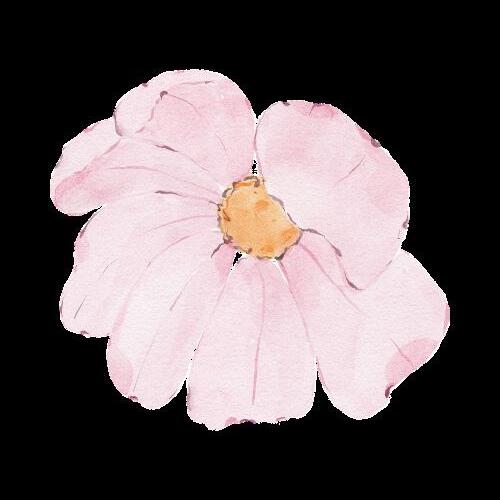
One way of seeing a bloom in a student is recognizing a moment of connection. For Aliusha, the path from root to nurture to bloom is one of a new communication.
“You know, it’s interesting, because I start with them when they are really young, at three years old. Up to Grade 6, I see their progress. And it’s very pleasant for me when I ask a question and they suddenly answer me in French without even thinking about it. Another thing is that I don’t usually teach the little ones grammar, but they start to make the words more French by adding the feminine or masculine articles. They notice that all the words start with an article so they think if I add one to the word, I speak French! Sometimes it works! The older children reach a point that they understand what I’m asking, and they respond to me in French … it’s the best thing.”
This path of growth is unique for the Specialists in that they see all the students for a shorter period, but over a longer duration. Like a gardener, this means that it offers a unique chance to witness blossoming.
“I think the teachers are spending more time, all day with them. They might know them better. But, on the other hand, I’m with them all these years, I feel like I see how they change and grow up. I see the child with an open mind, no French usually, and we start with simple words and then I get to see what we build up together. I really enjoy that. I see how much potential they have and then get to see the results over a longer period.”
“The other thing that I think is very good is that we know all the parents. It means I have connections with all the families and everyone in the community. That’s a very good thing.”
The benefits of learning French early in life are many: improved cognition, advanced reading in both French and English due to a heightened ability to decipher words and sounds, and promotion of cultures different than your own, which is essential for appreciating diversity. It is here that Aliusha derives a singular joy.
“Besides learning a new language, it’s getting interested to know a new culture. It’s not just the language itself, because every language comes with a culture and you can’t separate these two things. For the kids who grow up in a family that are learning another language, it’s very natural for them. They know there are

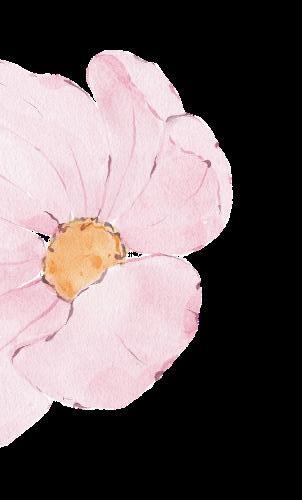
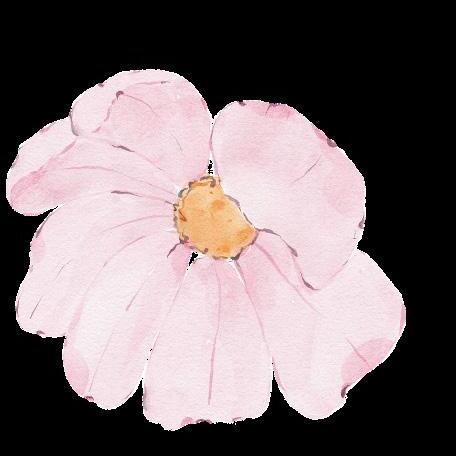
different languages, there are different cultures. But if the child is only exposed to English or any other single language, this becomes a point the child measures every other language against. French, for example, is very different than English. When you start learning that, I see in the Anglophone kids an absolutely different picture for them. It’s totally strange for them! They can see everything they already know from a different angle. ‘You’re telling me that table is a girl?’” She laughs.
“I tell them English is not the centre of everything. There are many different people! They speak in many different languages!”
What she’s suggesting seems actually essential for growth—a taste that life contains so many mysteries and here is a key to one of them.
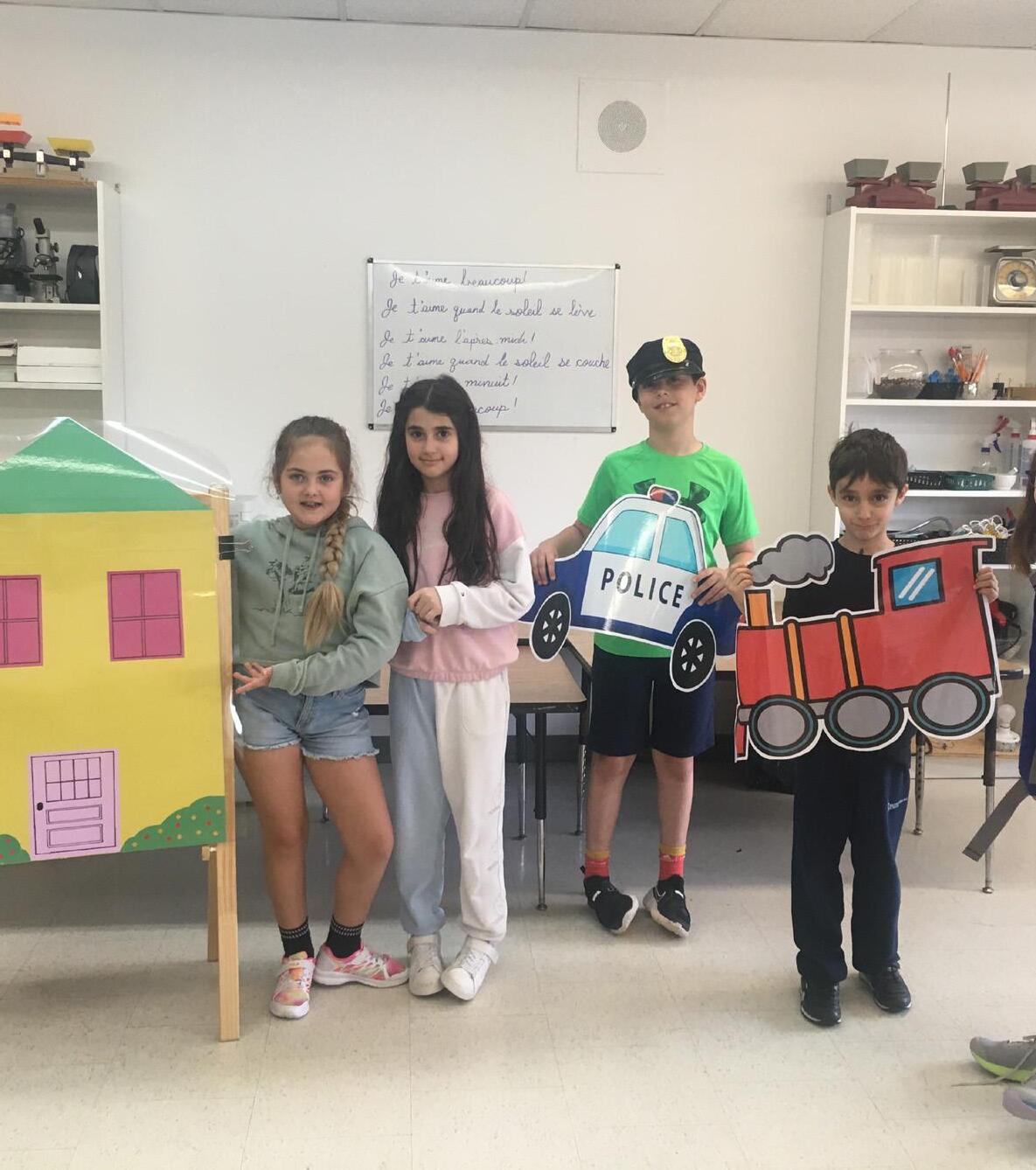
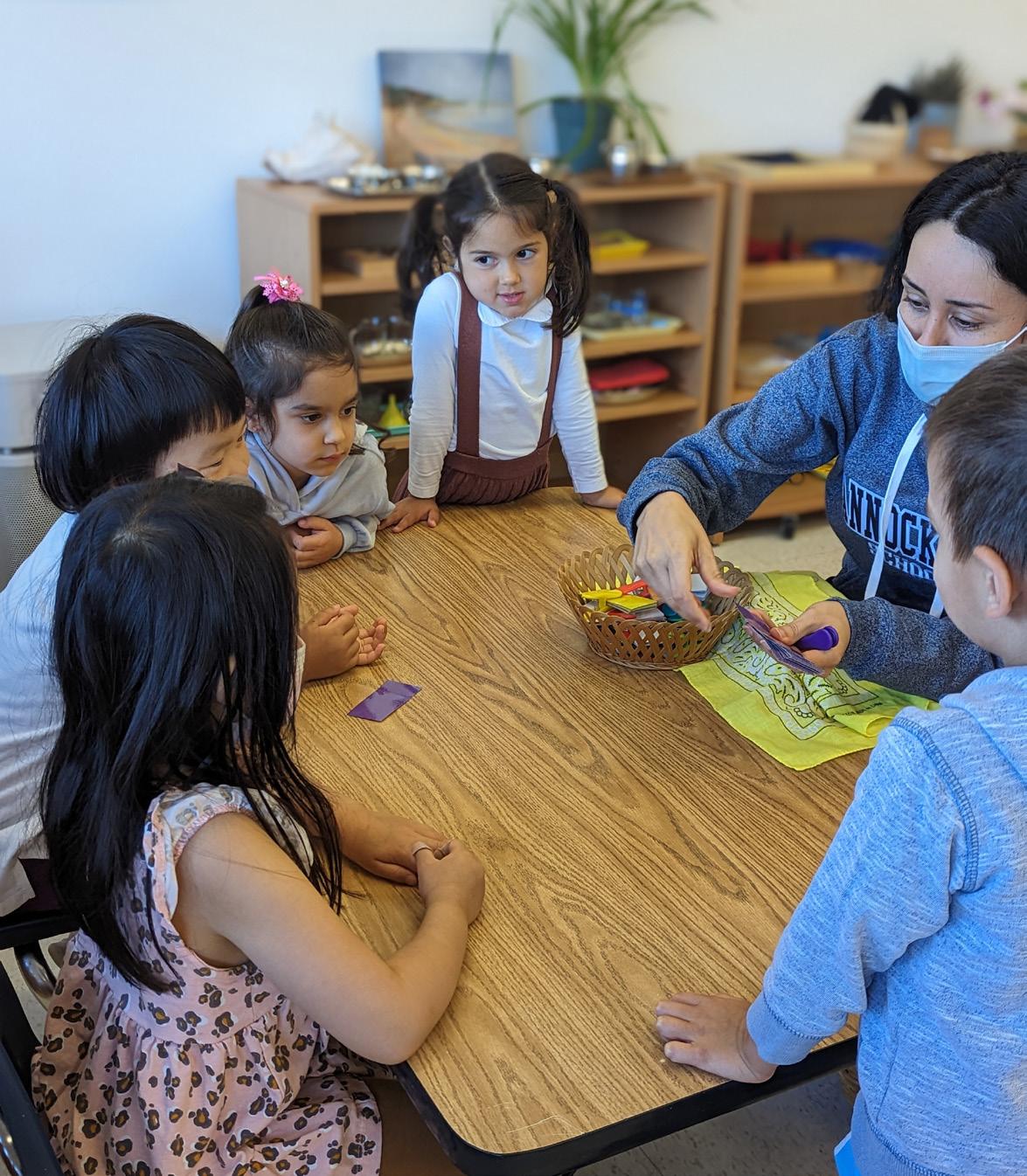
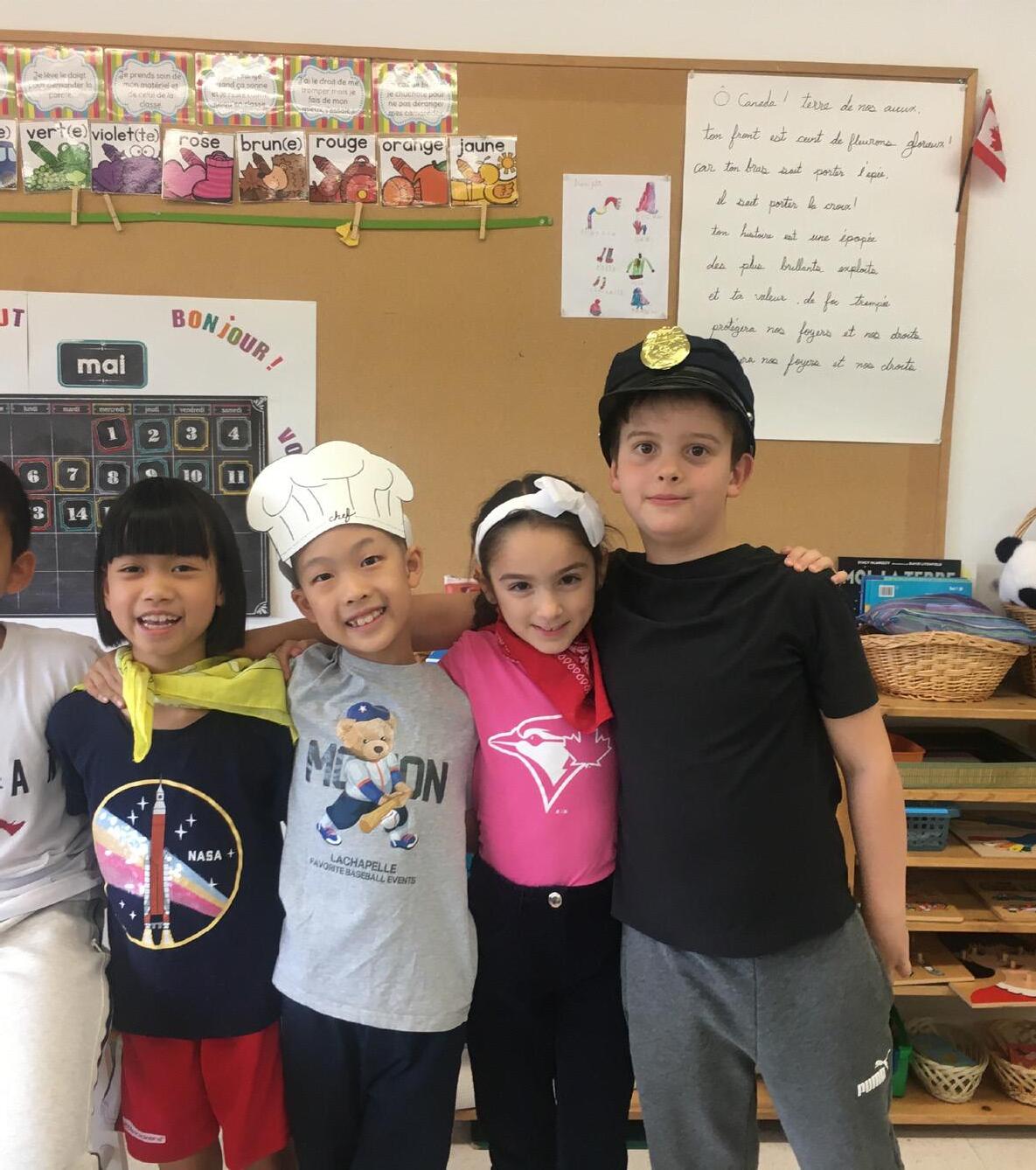
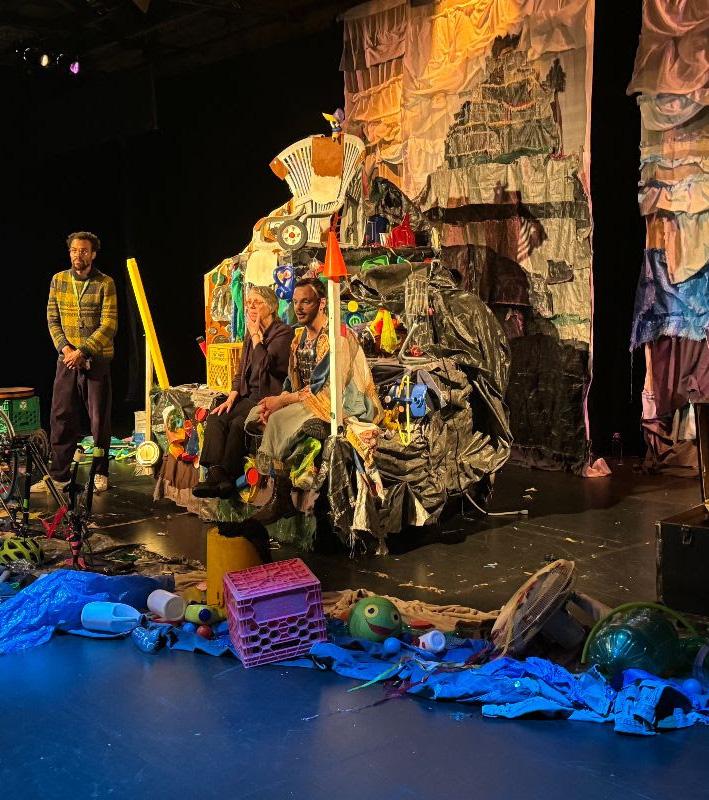





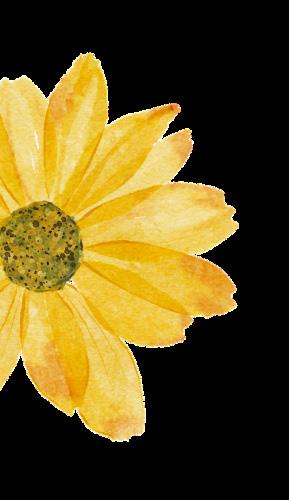
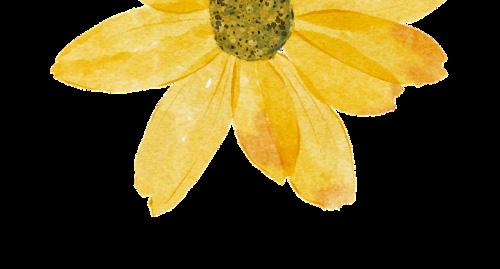

The benefits of regular physical exercise for children are mostly well known. However, some may surprise you. For example, most of us know that Phys Ed improves cardio, bone health, and increases physical stamina. But did you know that students who are physically active tend to have better cognition and memory? This means that on days students run around, they can understand, remember, and recall academic work better. Phys Ed participation also improves classroom behaviour and attendance. And researchers are just starting to understand the profound connection between physical activity and mental health and how it helps improve self-confidence, self-esteem, and cooperation.
Do you know who does understand all of this? Our very own Phys Ed teacher, Julianne Lynch. Not only does she understand it, but her walking-the-walk enthusiasm for fitness serves as an inspiration for the students. A motivating Phys Ed teacher is like a basketball pump, inflating energy into the class that allows them to play.
“It’s a lot of positive encouragement. I’m their cheerleader all the time! A lot of kids say they can’t do something and I always reframe it as, ‘You can’t do it yet.’ I break each activity into steps and I know each child is capable of doing something. We find out what that is and move them to the next step at their own level. I also try to get them to encourage each other. It’s not just from me—I think it’s so much more powerful if they feel encouragement from their peers. No one’s going to laugh if someone makes a mistake.”
Julianne has always been interested in health and education. She received both her BA (Health Studies) and BEd from Queen’s University, and then completed additional qualification courses to specialize in Phys Ed.
Her approach to the Phys Ed curriculum is to present a wellrounded program that inspires the students now, but also sets the stage for a lifetime of activity. Her goal is to instil healthy habits that will turn all Bannockburn grads into active adults later in life.
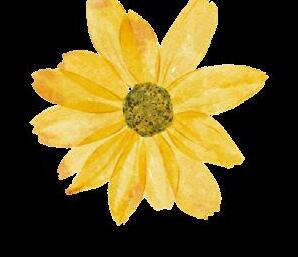
“Regular movement is so beneficial now to help the students focus in their other classes. It also helps them regulate their emotions and gives them time to release that energy. I also promote physical literacy, which means offering a wide range of activities with the goal that at least one of them will be something that has longevity for the students. We need to be active our entire lives and it’s great to introduce options to see what they gravitate towards. They’re going to find one that they take into adulthood.”
She is truly proud to be part of the Specialist program at Bannockburn. “It’s my favourite thing that I know all the students and all the teachers. Every person in the school I feel like I have a relationship with. One of the benefits is that I know each student so well: I know their siblings, their cousins, what they like to do on the weekend. I try to find a connection with each student—I think that’s an important part of this job. If you told me any child’s name in the whole school, I would probably be able to tell you a bit about what they like and don’t like. It does make you feel a bit like a celebrity walking down the hall.”
And because of this level of connection and attention, she is attuned to each student’s abilities. This means charting where each child starts the year in terms of Phys Ed growth and where they end in June.
“Growth can be anything from trying something new to the emotional regulation of winning and losing. Growth can be that first time they don’t cry when they lose. In December, they lose and kind of say, ‘We lost, whatever,’ and to me that is like, ‘You get it!’ Also when they can problem solve with a teammate without me being involved, that’s growth. At the beginning of the year it’s a lot of me refereeing and trying to figure out what happened, and then growth can be when they figure it out. I see physical growth and also social/emotional growth. I love them both equally.”
Julianne’s healthy-habit fuelled energy doesn’t stop at the end of the school day. She tries to practice the same ideals for herself that she sets forward in her classes. She shares these ideas with her community @HealthyToronto on Instagram.
“I enjoy making content about motherhood, wellness, healthy recipes and home products, and other things I do to stay healthy and to keep my family healthy.”
The Specialist program at Bannockburn works so well because of the respect and communication with the classroom teachers. Phys Ed provides an opportunity for some students to shine, maybe those who might be struggling in a certain academic area, and it’s adventageous for both the classroom teachers and Julianne to know how the students are in other areas of their lives. Everyone needs something in their day in which they feel good about the work they’re doing.
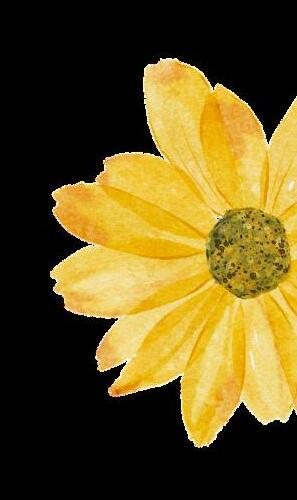


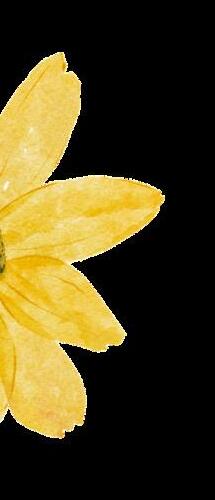
“It’s so good to get their perspective on strengths and challenges,” she says about the classroom teachers. “I can understand how they learn in the classroom compared to how they learn in the gym, and what students need to succeed.”
In true Phys Ed teacher fashion, Julianne sees strength in the particular student/classroom teacher/specialist teacher triad: “We work as a team together.”
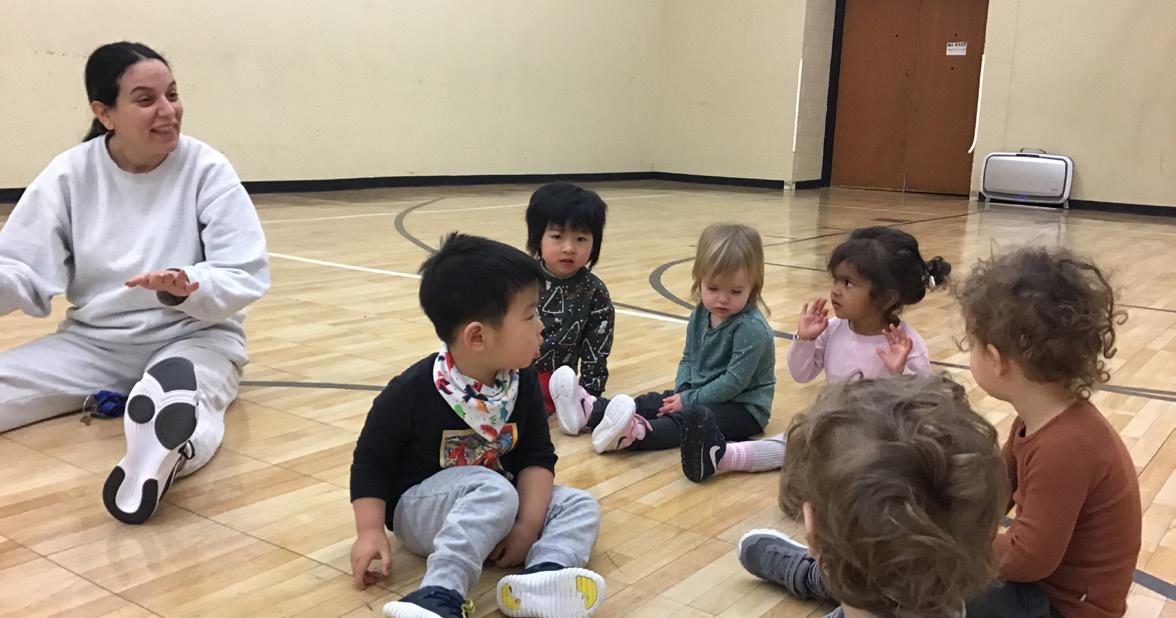
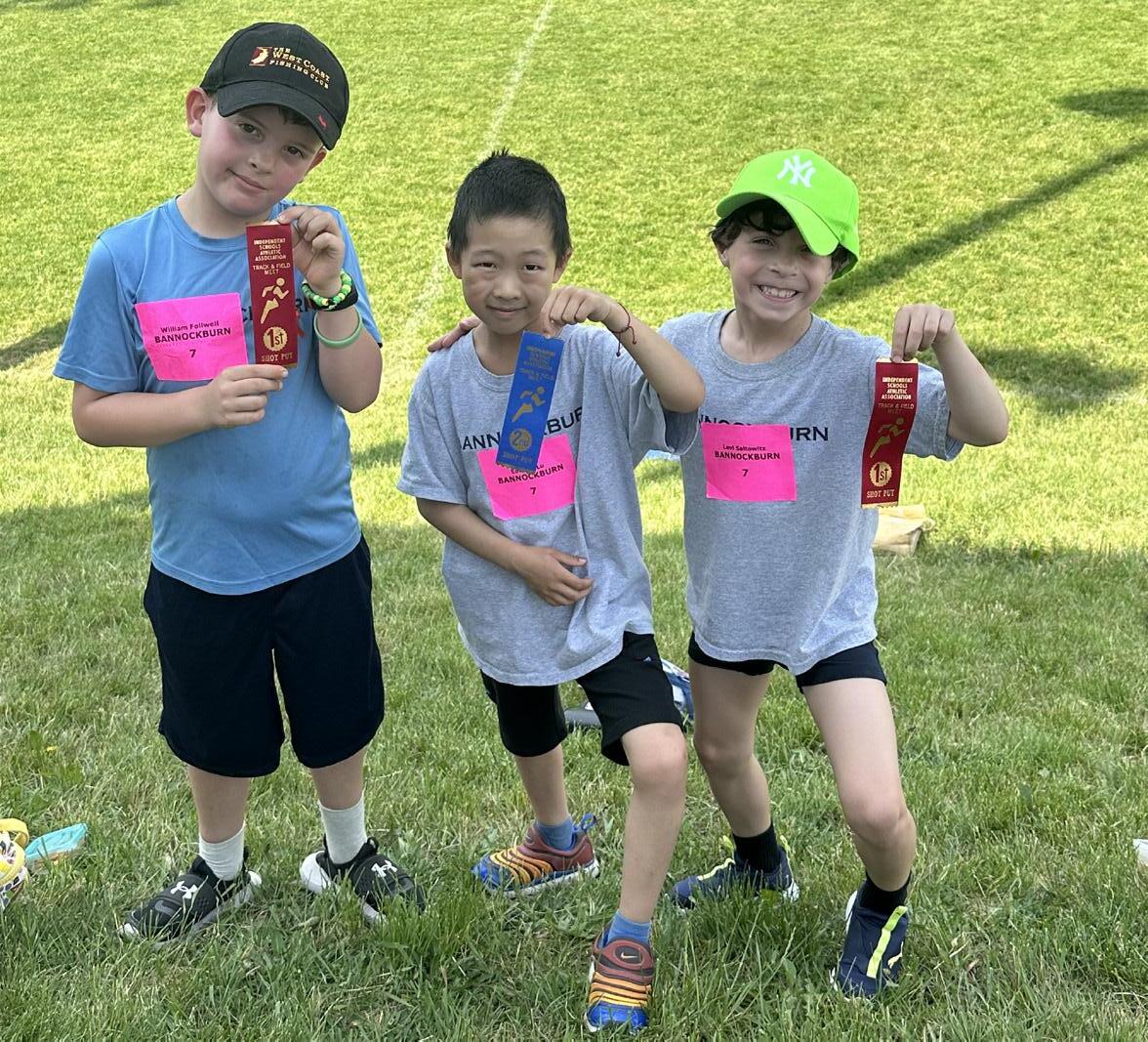
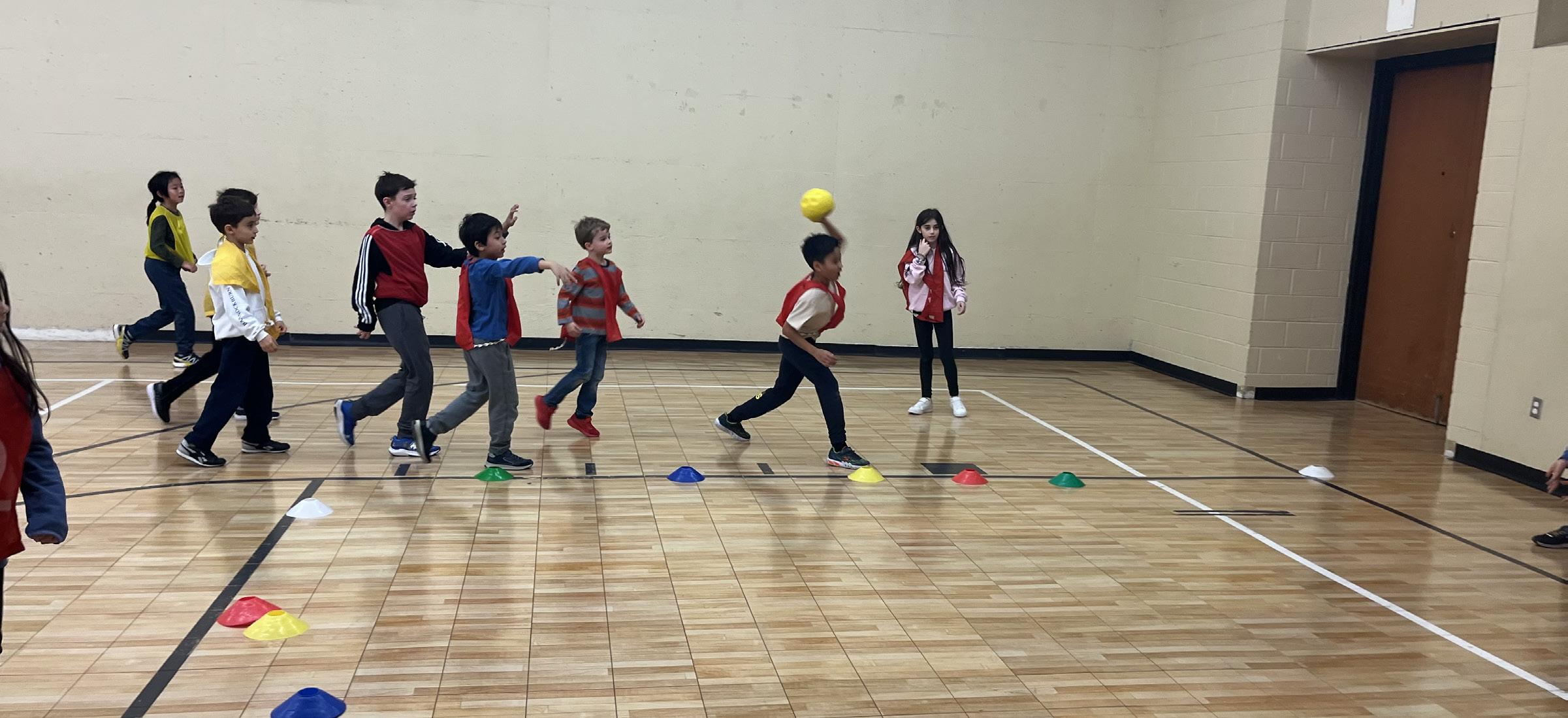

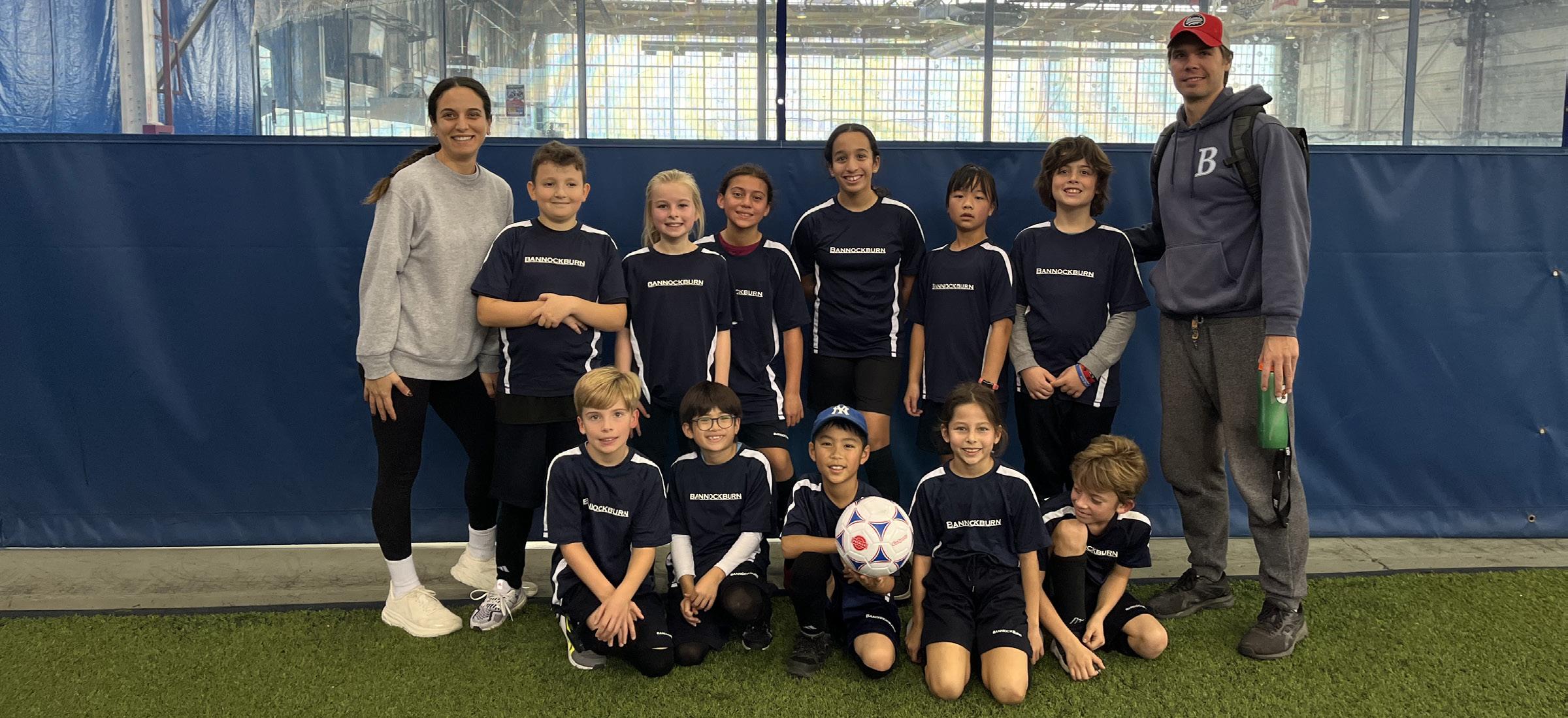
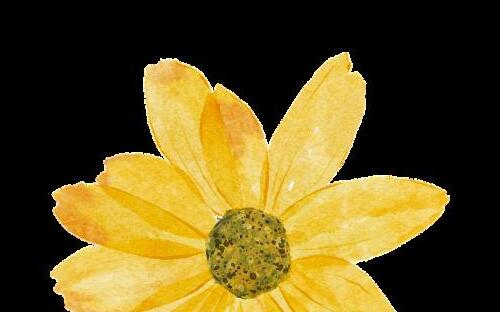
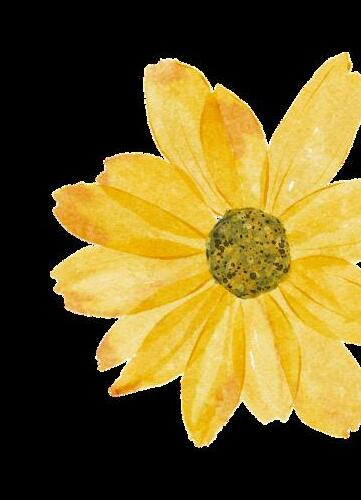






Chris Kahnert began his time at Bannockburn as a Specialist teacher in Phys Ed, and is currently working on his Elementary certification and doing his practice teaching in the LEL1 classroom with Goli Iravani and Esther Kang. He has brought his great energy and enthusiasm to each of these roles, which makes him a wonderful interviewee about what he likes about working at Bannockburn. In short, a lot.
“This last term has been really rewarding for me,” he said. “You see a different side of the kids in the classroom than once or twice a week in the gym.”
For Chris, seeing these different sides to the students comes from paying close attention.
“In the gym, it’s nice to see the kids when they’re not working solely on academic work and are a bit freer. The kids get to socialize in a physical environment. They also don’t really cling to friend groups because it’s either an individual activity or team game, which can make for new and fun social dynamics. Now I encourage them to do the warm-up by themselves, which is a nice, independent way for them to begin.”
Chris’ interest in physical activity is why he chose to do a kinesiology degree at Dalhousie University, a multidisciplinary program that included lessons in anatomy, physiology, neurophysiology, biomechanics, movement control, and psychology of performance. He also learned foundational sciences like biology, physics, psychology, and mathematics.
After graduating, he obtained his Primary Montessori certification from the Toronto Montessori Institute, and is now near completion on his Elementary certification, which has been a great experience.
Because this is a Specialist spotlight issue, I asked him about his time as a Phys Ed teacher, but also about what the different roles mean to him.
“It’s been interesting to transition the expectation of myself as a classroom teacher compared to what the kids are used to in Gym. In Gym, I’m different than I am as a classroom teacher. The kids have to take it one step further to understand when I’m in the classroom, I’m not a Specialist teacher. I didn’t have to articulate it to them—they just figured out the expectation. It was very cool for me to see how differently they behaved in the classroom compared to my other classes. They were respectful in both, and that, I thought, was very rewarding to see.”
Like good teachers everywhere, he’s teaching by showing and doing. He wants the students to feel comfortable to try new activities, to create a bigger personal zone in which they can succeed. That’s what this teaching year has been for him, too: a willingness to adapt, change, and try something new. He’s truly appreciated the opportunity to learn from his LEL1 colleagues.
“Goli and Esther are such great teachers. The most important thing Goli and Esther model is respect. It’s a two-way street in the class. I wish I could’ve been in their class in the early months, September and October, to see the break-in period of how they address order in the classroom. Now everything is figured out—all they have to do is look and the kids will self-correct immediately. Their classroom is very Montessori. In the morning when the teachers come in, they don’t tell the kids what to do. The kids already know what they need to work on and what they’re going to choose. They get right to it. It’s fantastic. There’s never a lack of work to do, and that’s the efficient tone that the teachers set.”
Even though he’s happy as a classroom teacher, there are aspects of the Specialist role that really resonate for him. He relished the time with all the different age groups and learning what each group required.
“I think knowing their needs, at that particular age, is really important. With the Primary kids, they need the positive reinforcement, the emotional support. The older kids understand the consequences of doing something that could hurt another kid’s feelings. Being a Specialist means understanding all of that and supporting all of them.”
Because he sees how far support can go in these young students’ lives, he wants to encourage the parents to cheer on their kids in Phys Ed, too, whenever possible. He knows that what the parents think of their performance is the most meaningful of all to the students.
“When parents can come out and watch a game that their kid is competing in, it means so much. Even intramurals or a tournament or cross country, if they can watch them perform and be physically active, it really reinforces something important for the kid.”



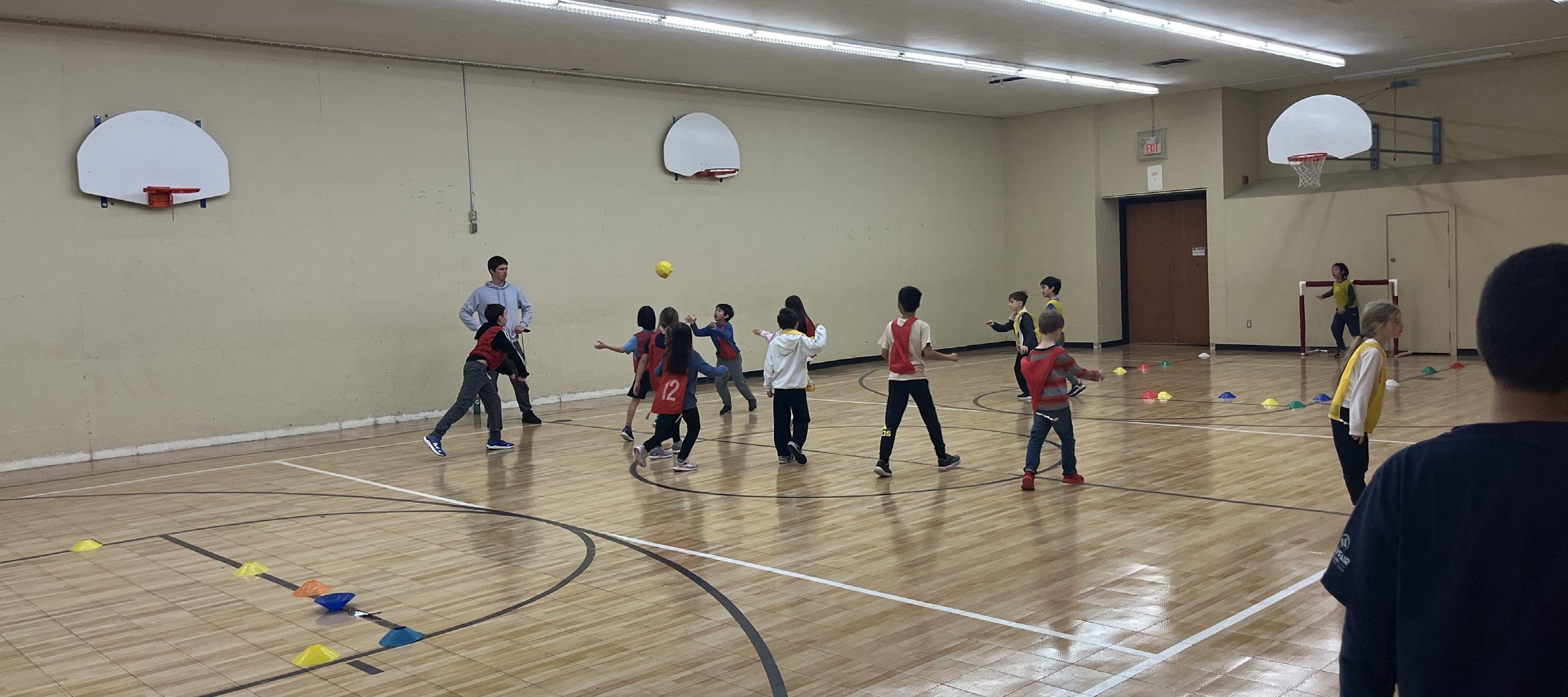
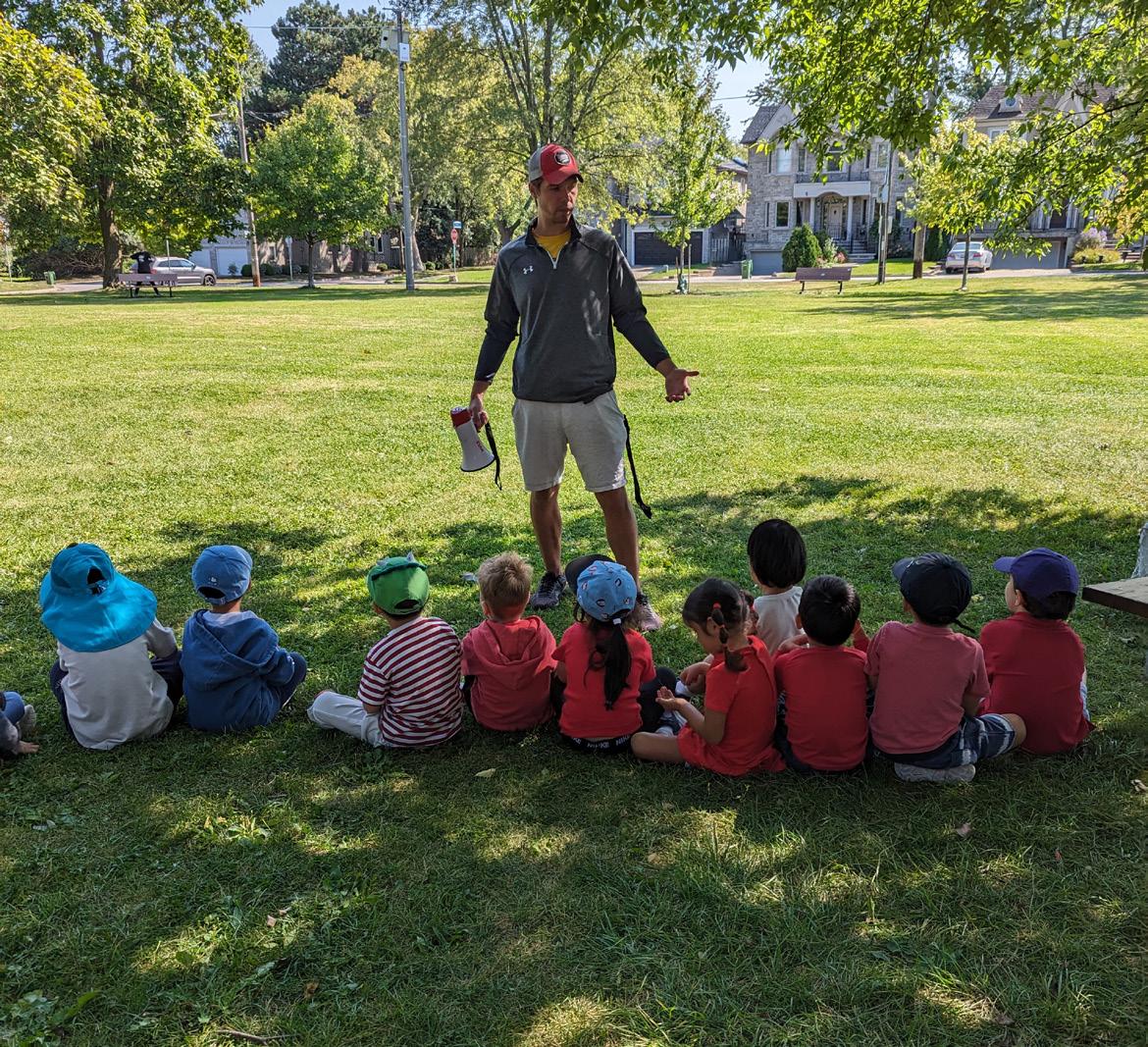
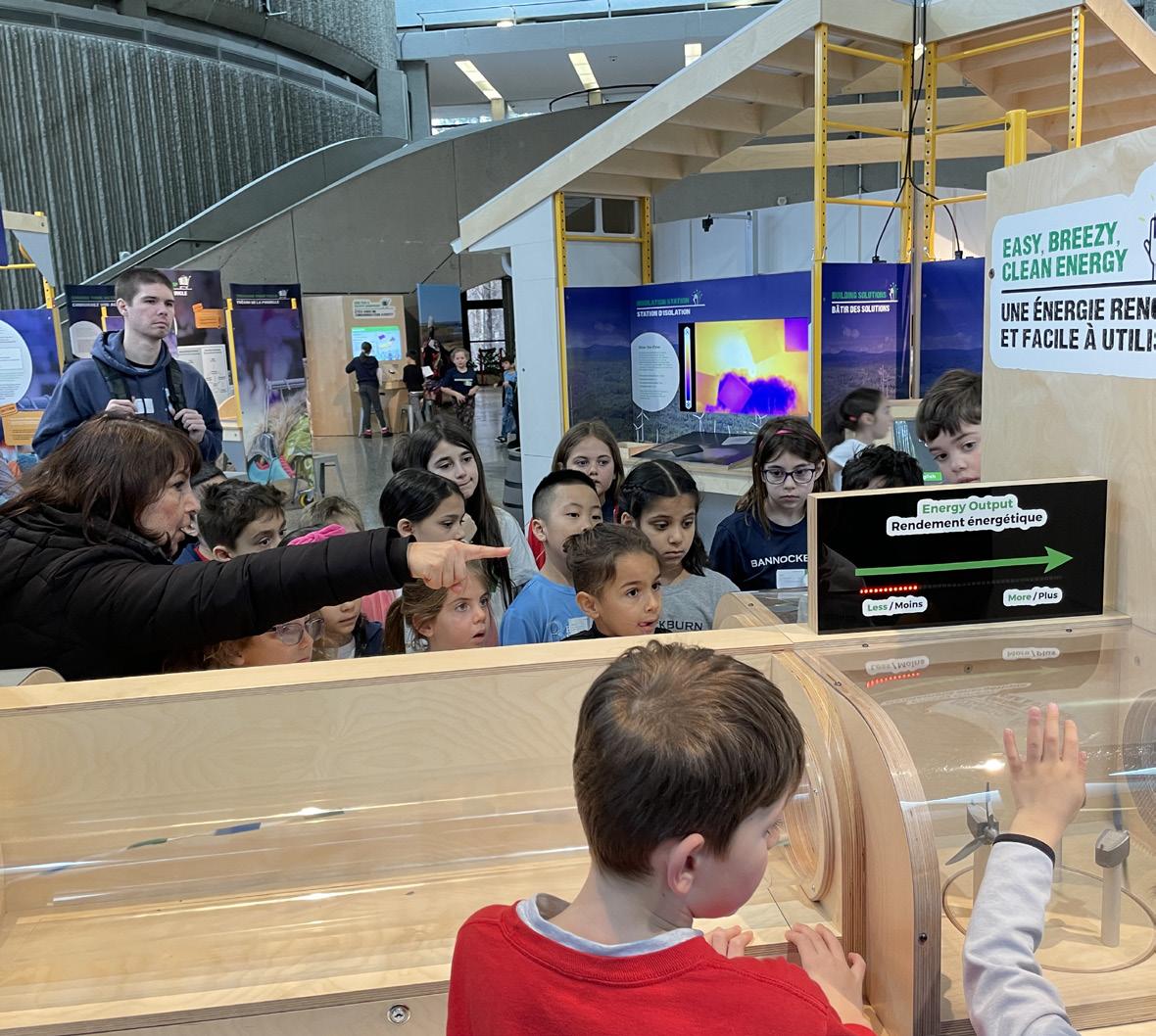

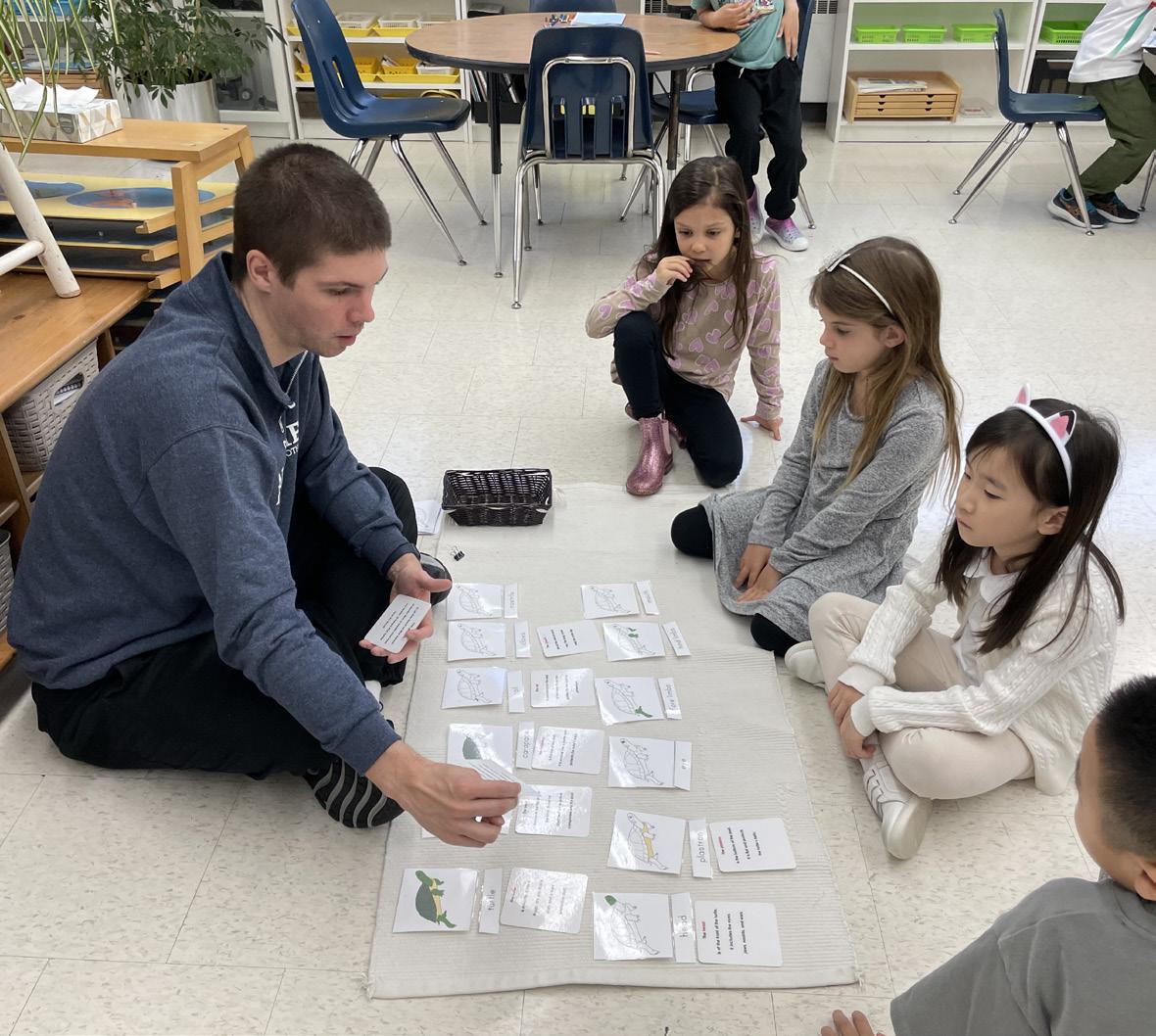
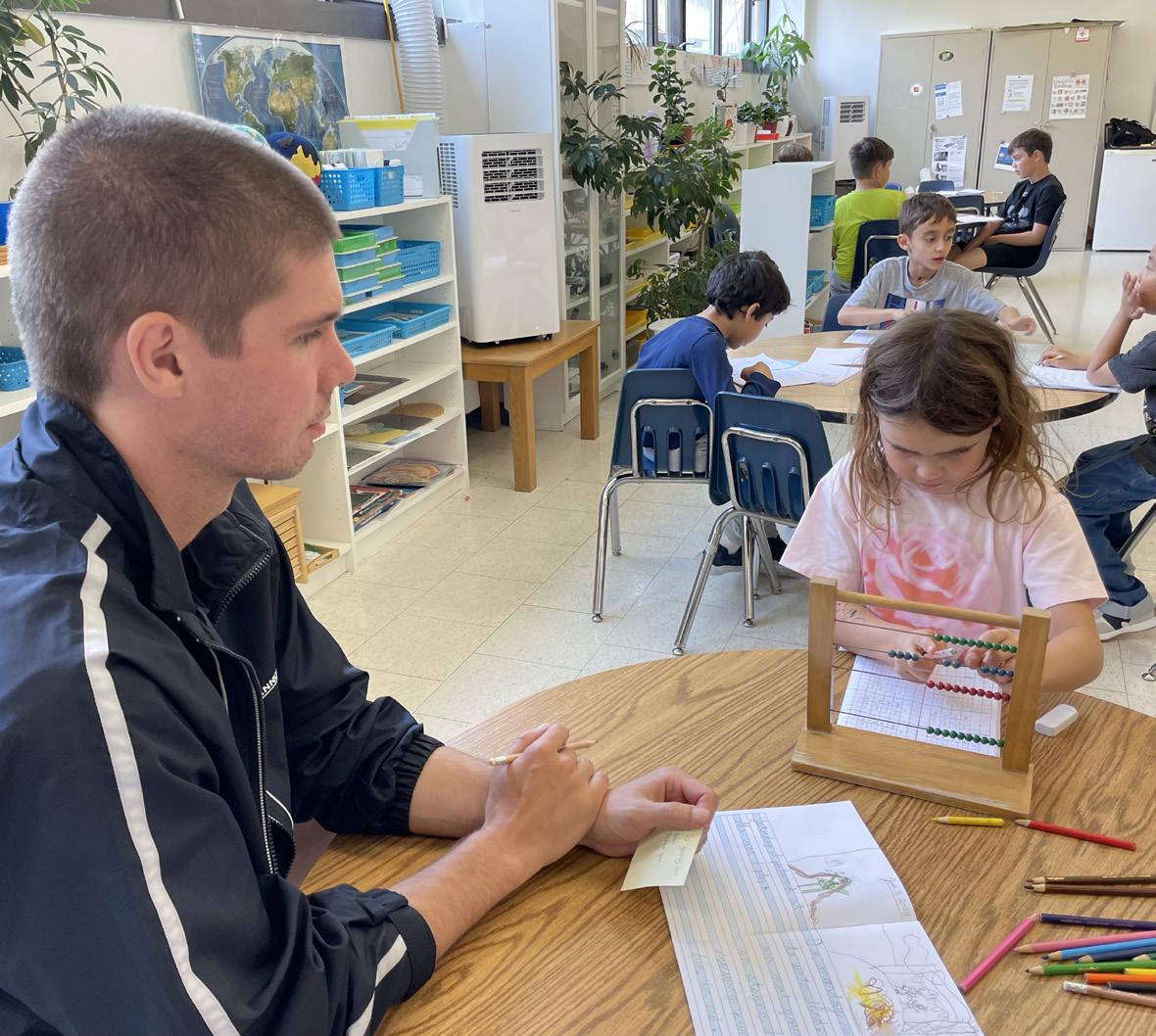





A sampling of the extra events our amazing Specialists plan, program, and help run.
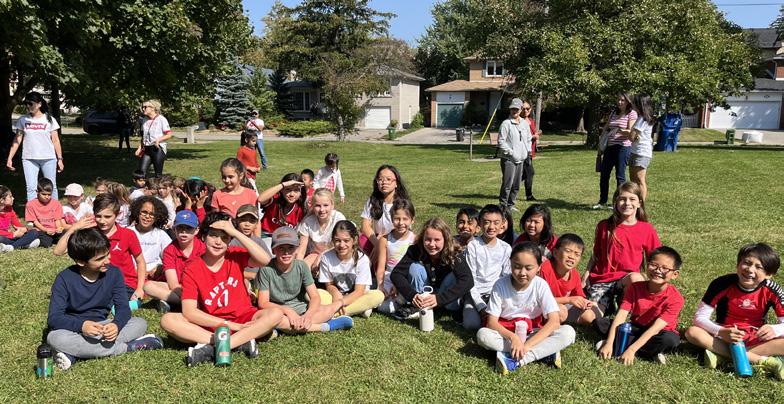
Terry Fox Day in which all the Primary and Elementary students run or walk in honour of Terry Fox and his message of hope and we raise money for cancer research

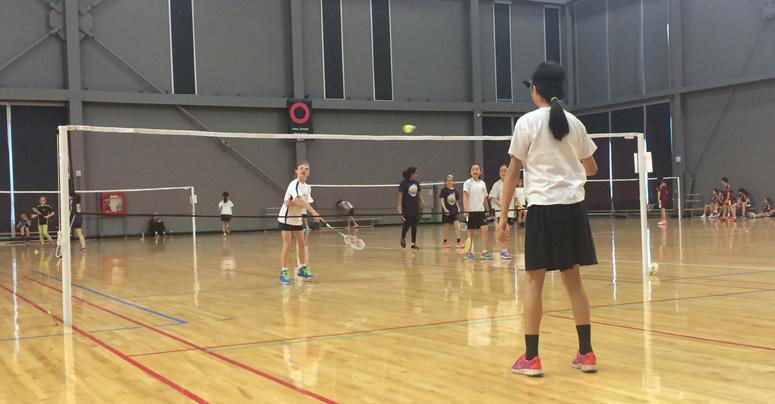
Badminton Tournament at the Markham Pan Am Centreit’s a mix of singles and doubles matches so Bannockburn created a team of about 14 students to play both
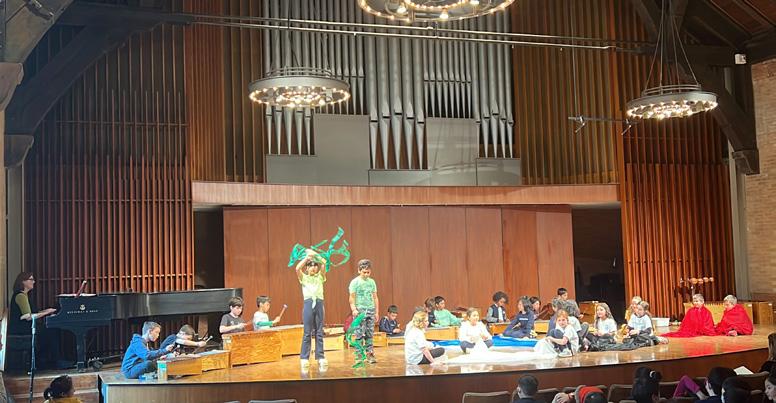
Children’s Orff Festival where children’s ensembles have the opportunity to perform for each other in a non-competitive, singing and dancing presentation
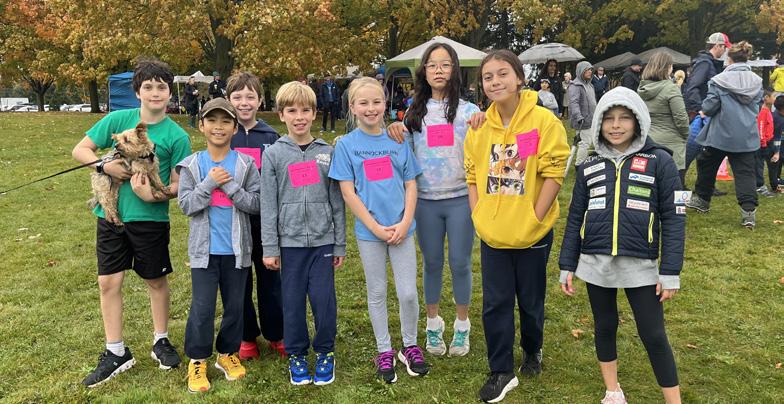

Cross Country begins this month at Alex Robertson Park in Pickering as part of the ISSA*
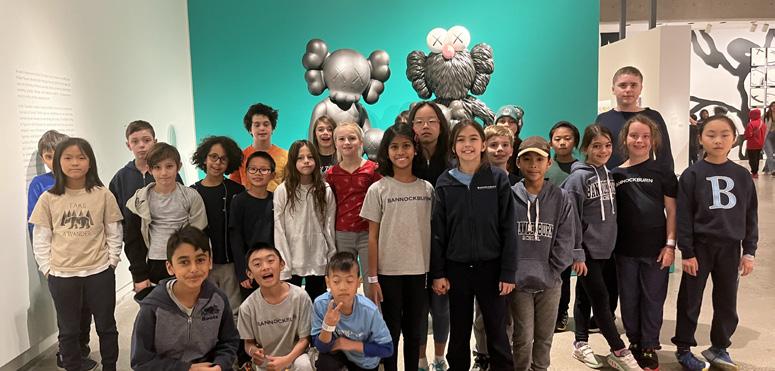
Ms. Lola enjoys sharing the AGO with her students, this time to see the Keith Haring exhibit
Oct. May Nov.
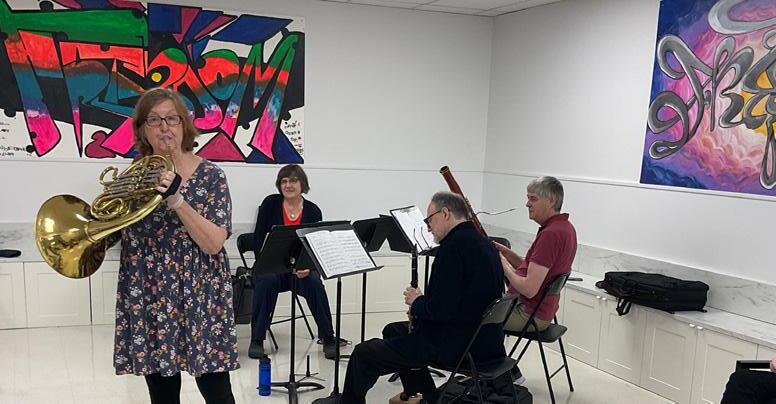
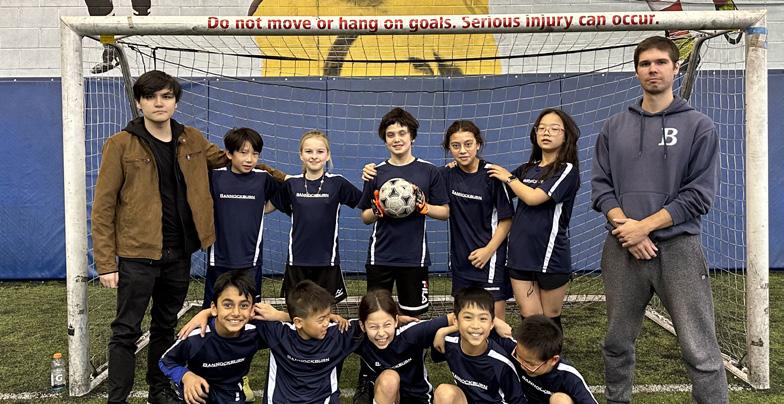
Soccer Tournament
Bannockburn LEL and UEL students participate in an SSAF** soccer tournament at Downsview

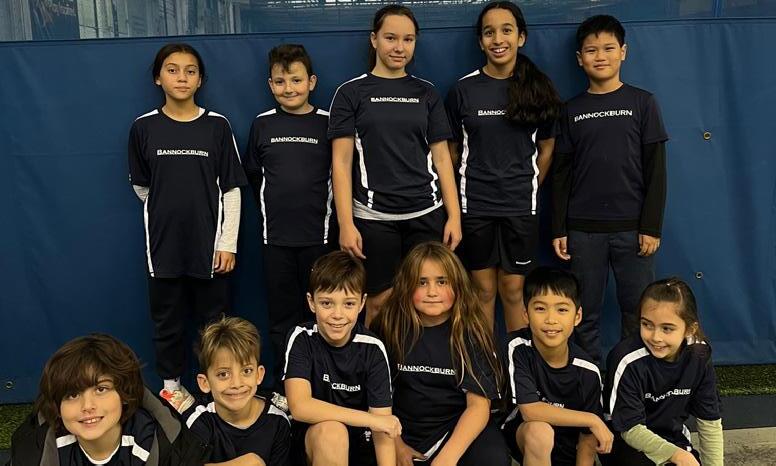
Dodgeball Tournament
They also compete in a dodgeball tournament at the same venue

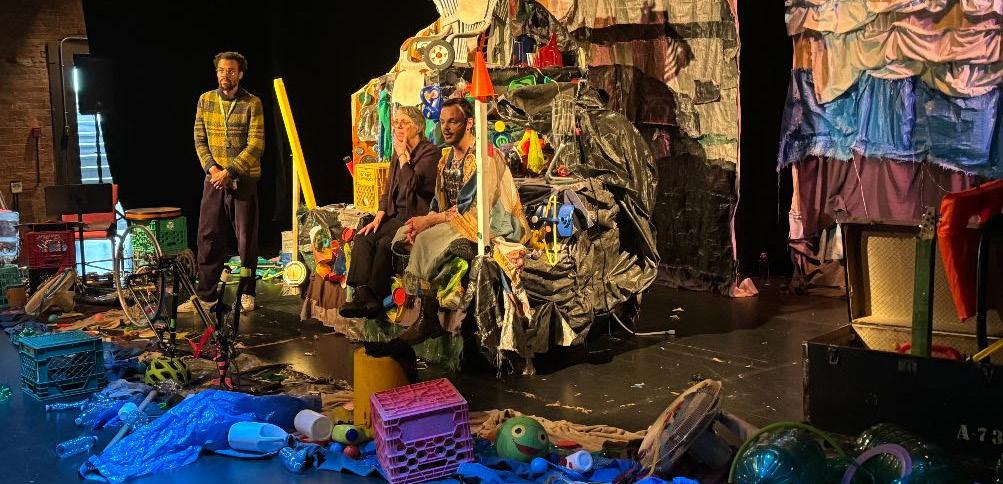
Mrs. James brought one of her musical groups to Bannockburn, a quintet comprised of the French horm, which she played, and a clarinet, oboe, bassoon, and flute player
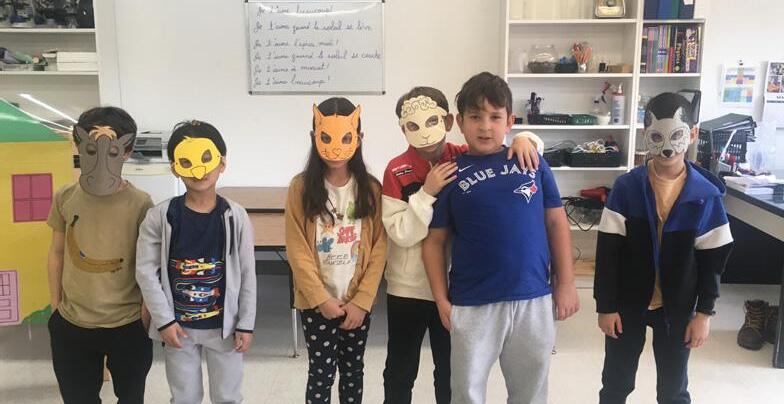
LEL students composed and performed four plays in French
Theatre Francais de Toronto
UEL students visited Theatre Francais de Toronto with Madame Dayani to watch Le Roi poubelle, a story that involved a shipwreck, a documentary filmmaker, a ruler of trash, and music composed and played on instruments made entirely from waste and recycled materials. In French!
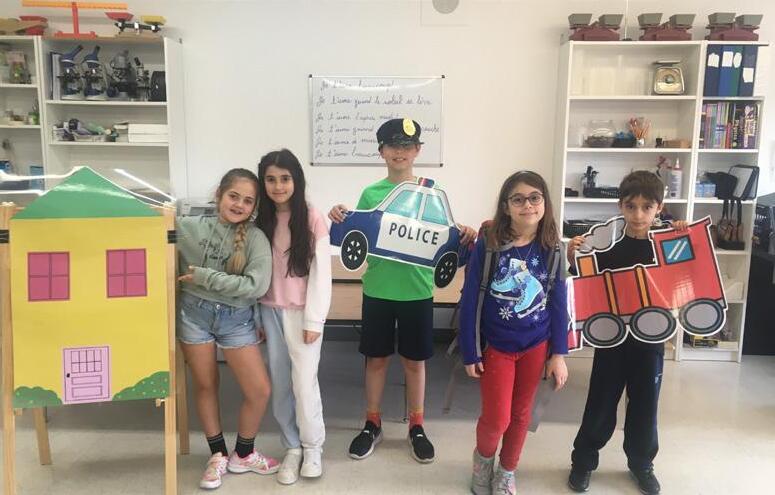

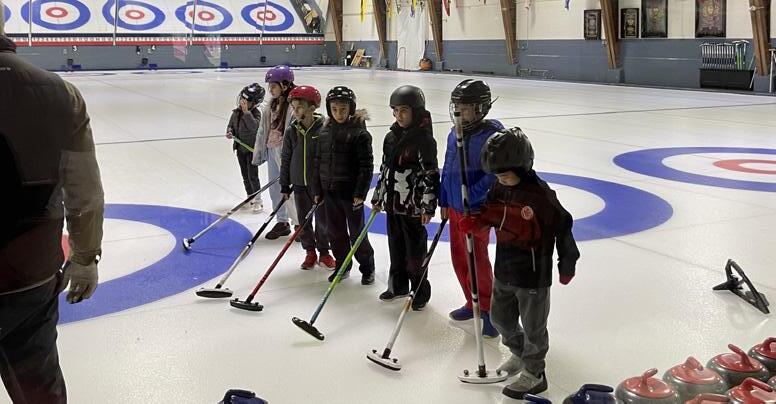
weather permitting, is when the classrooms go together to learn how to skate and/or practice their impressive moves
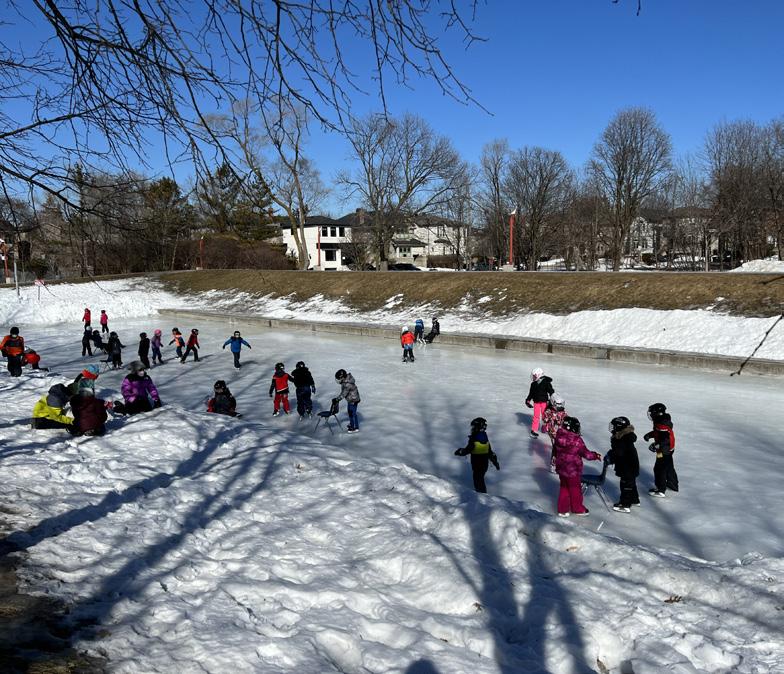

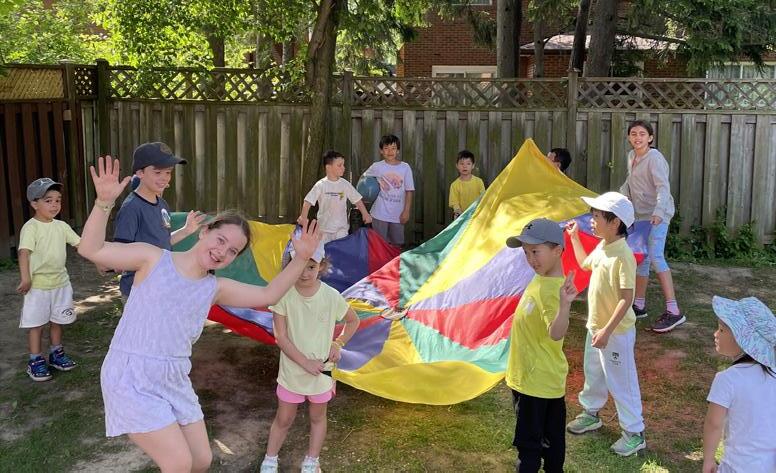
Play Day & Elementary Sports Day (Fun and active stations around the school) and Elementary Sports Day (competitive and fun events for all the LELs and UELs with prizes!), are organized by Ms. Lynch, but she wants to shout out the volunteers who help at events and the snack tables; Sharon Robinson, for organizing the funding for all the activities; Dili and Heather for helping write cheques, organize buses, communicate with parents, and general problem solving; and the classroom teachers for getting the students organized and being their cheerleaders.
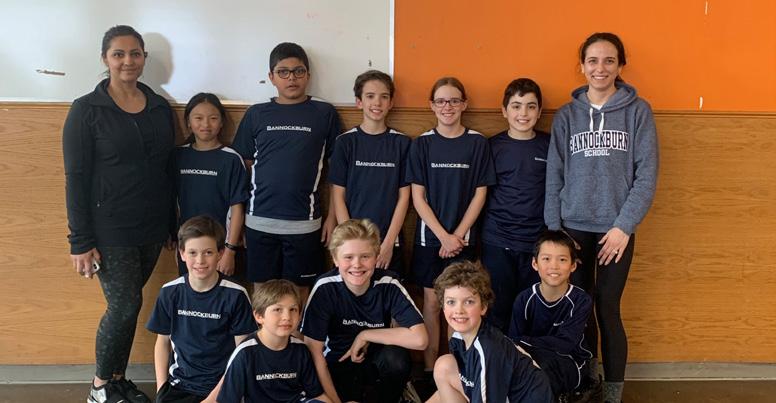

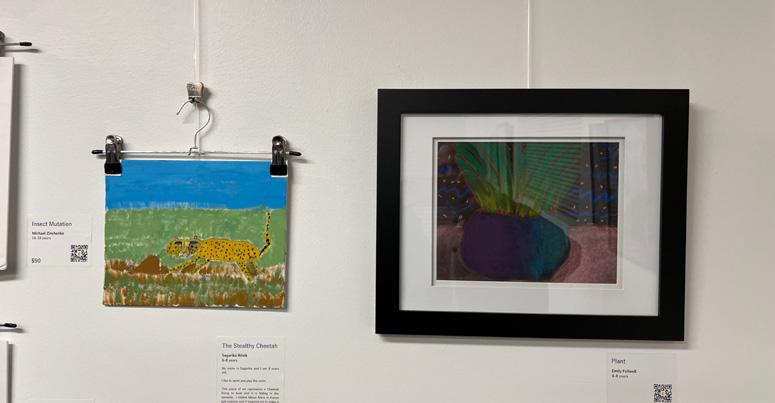
Bannockburn LELs and UELs compete in an SSAF basketball tournament
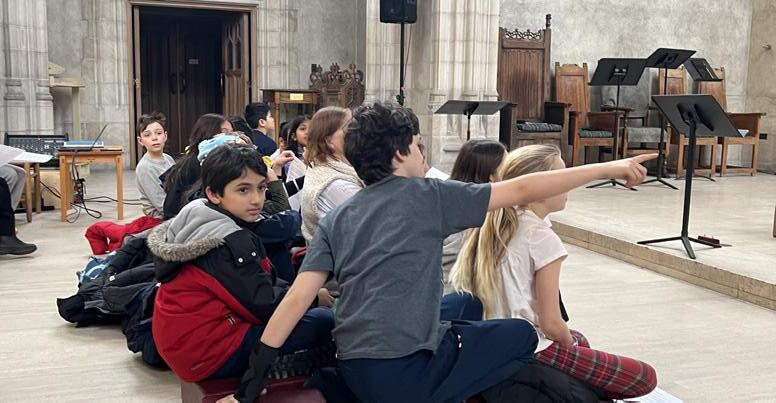
Bach Project
Mrs. James introduces her students to the Trinity Bach Project, a vocal and instrumental ensemble
Ms. Lola encourages the Bannockburn students to submit art pieces to the Little Egg Gallery, a Canadian gallery specifically for under 18-year-old artists
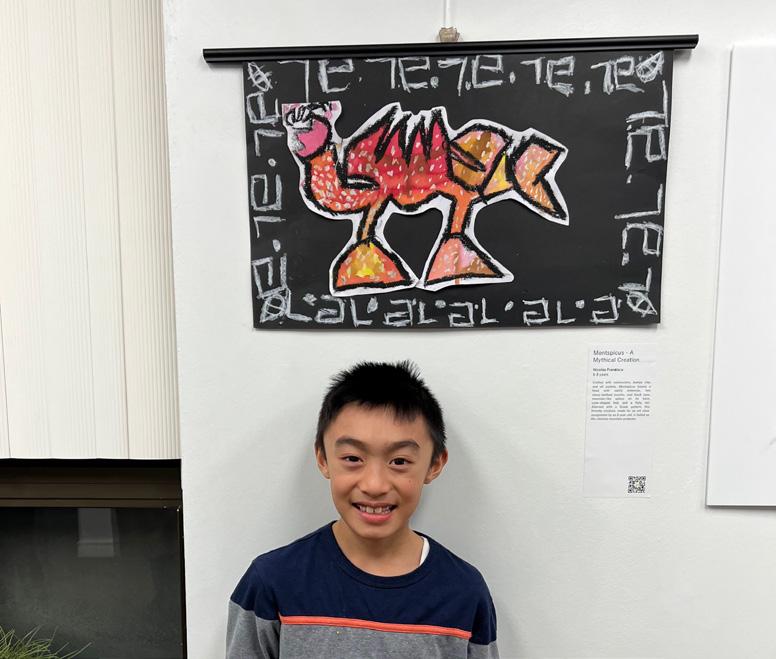

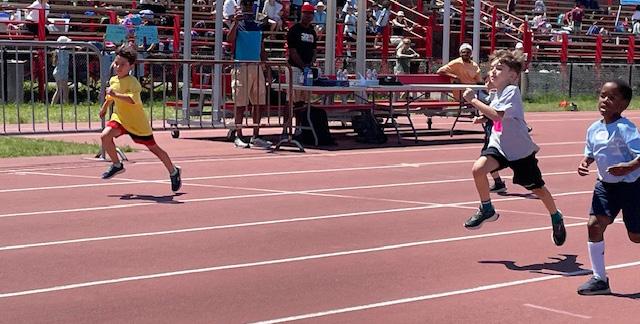
Everyone in Grades 1-6 gets to try javelin, long jump, standing long jump and shot put, and/or a running event like 100m, 200m, 400m and relay. As Mrs. Lynch says, “Everyone cheers each other on SO MUCH as it’s one of the only events you get to watch your friends, not be on the team playing in the game the whole time like the other sports!”
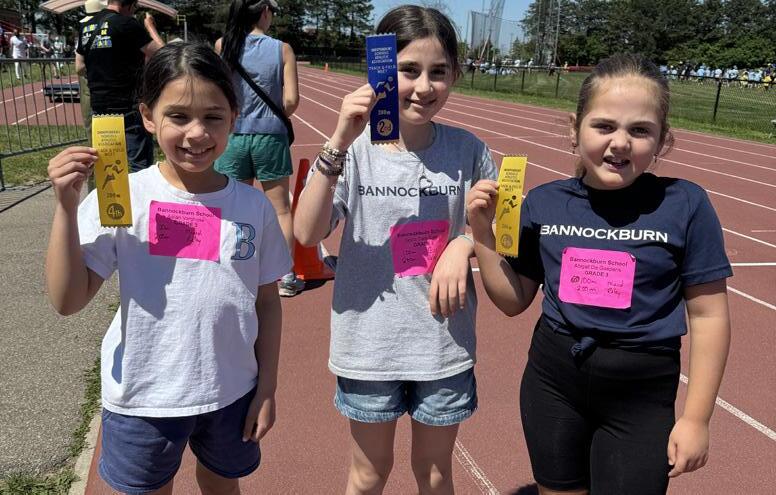

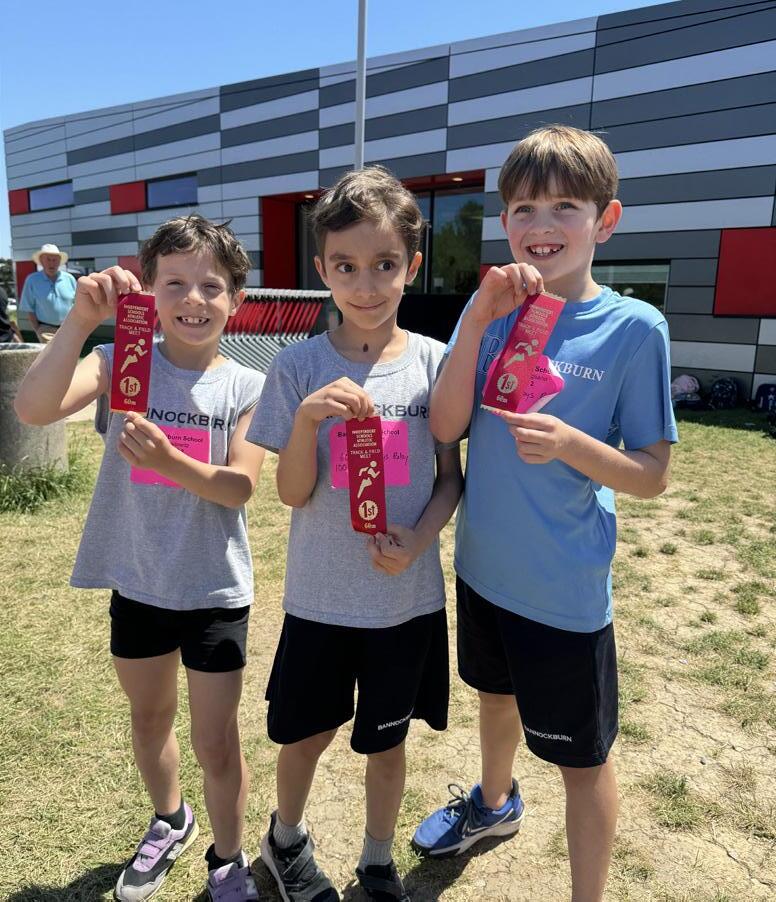
* The ISSA is the Independent Schools Athletic Association, of which Bannockburn is a member
** The SSAF is the Small Schools Athletic Federation, of which we are also members


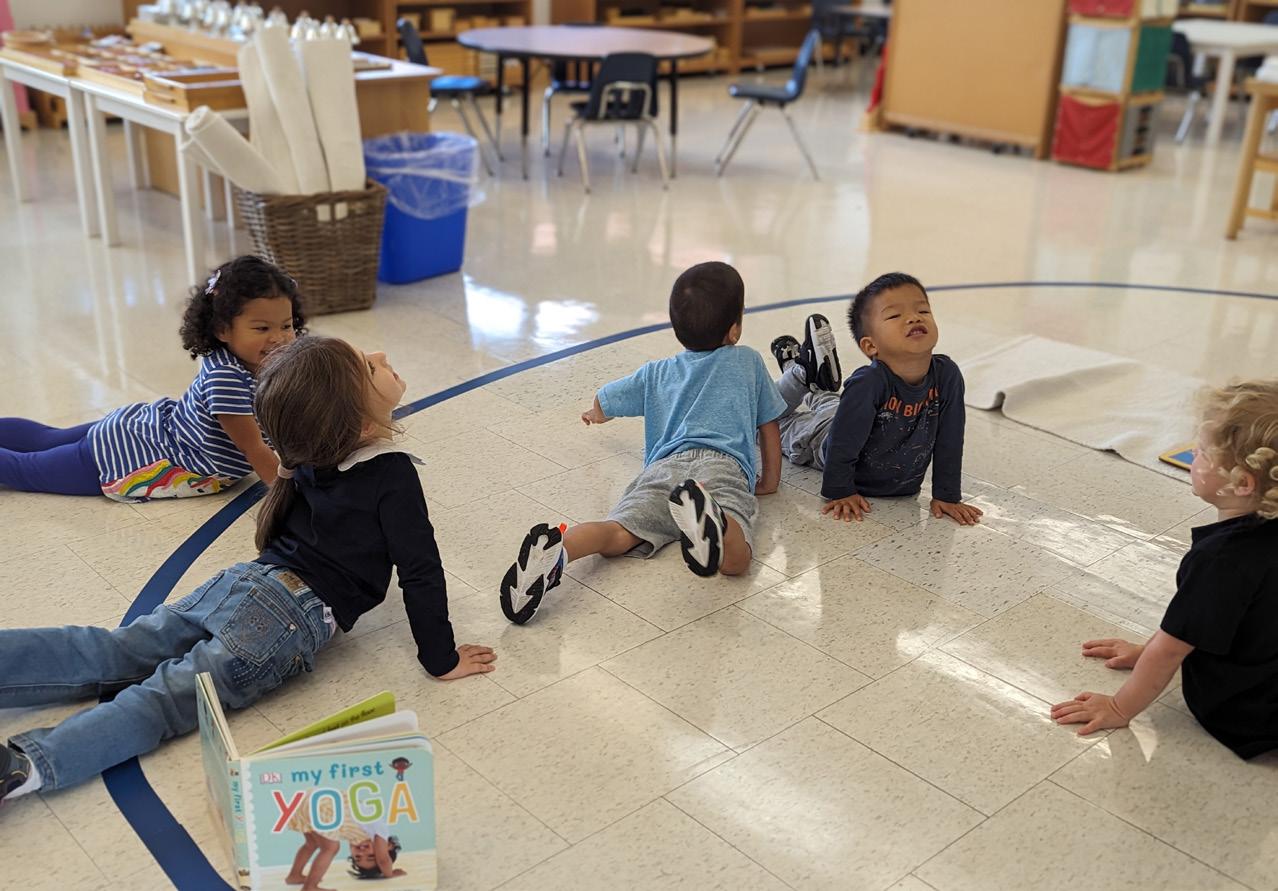
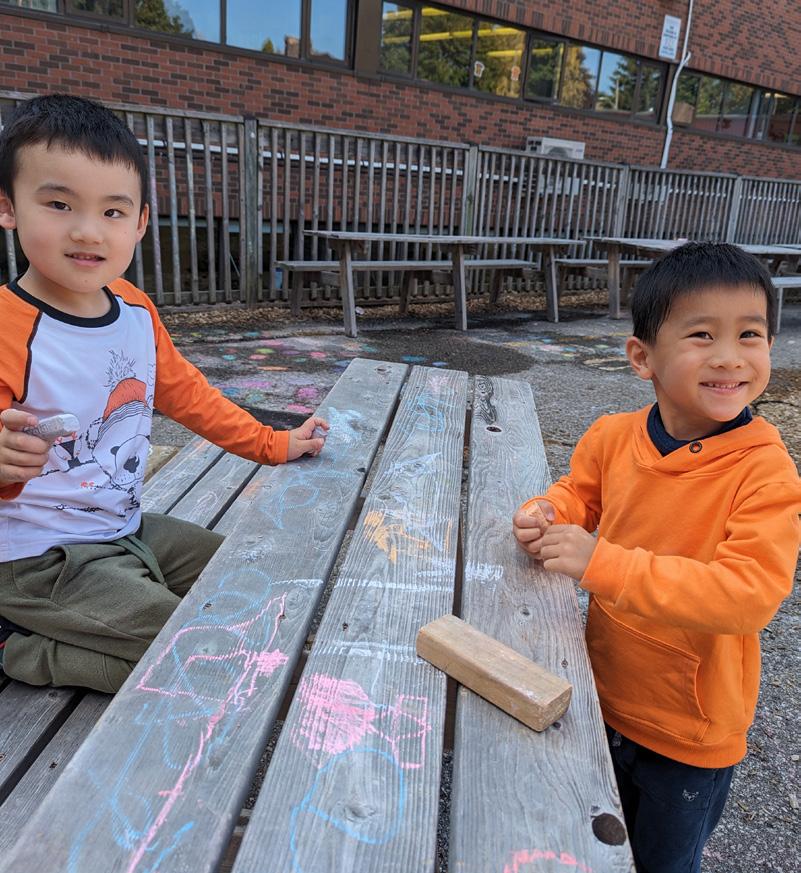
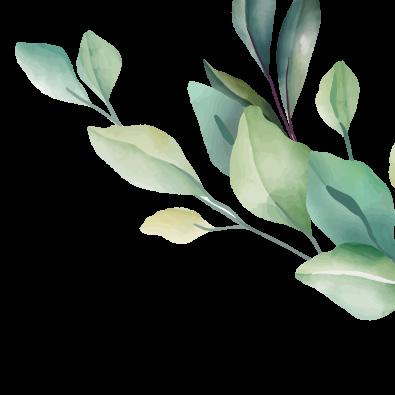
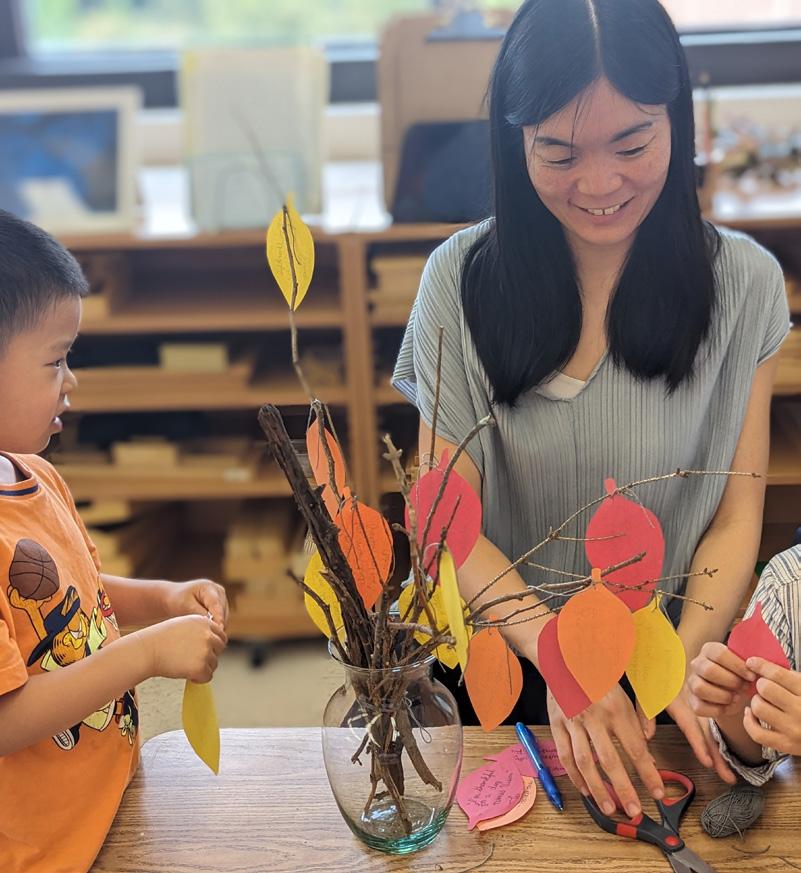

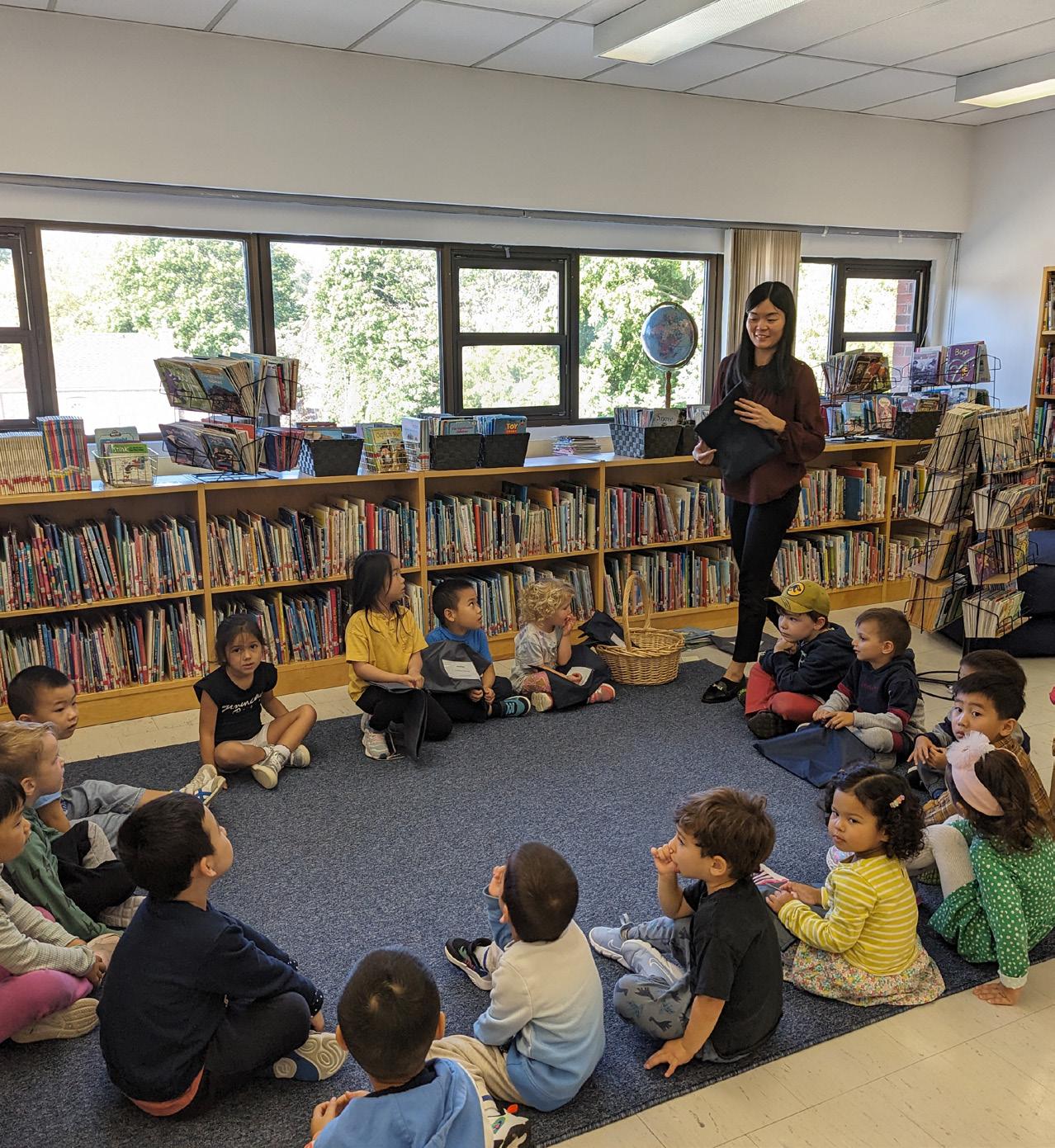
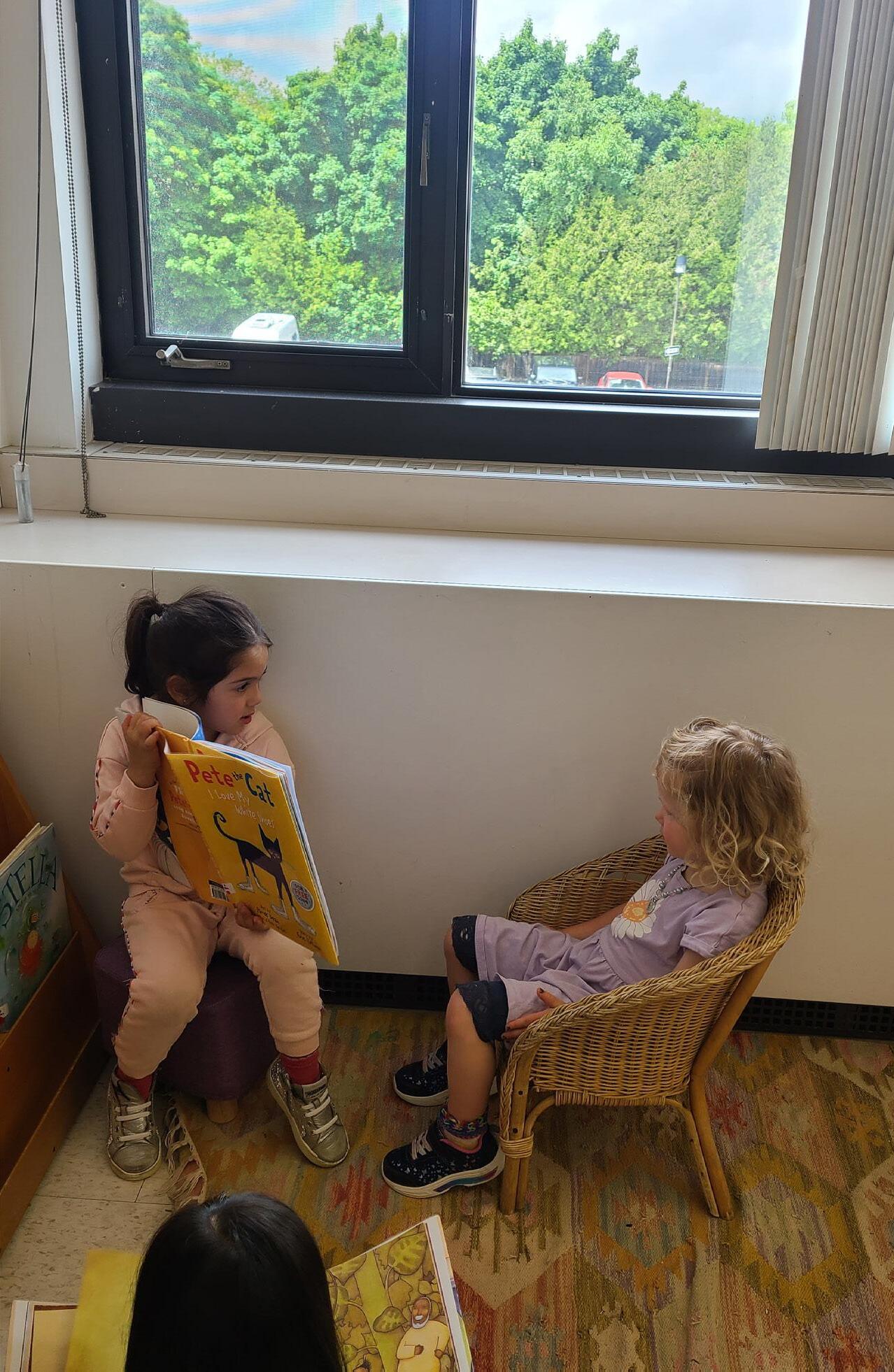
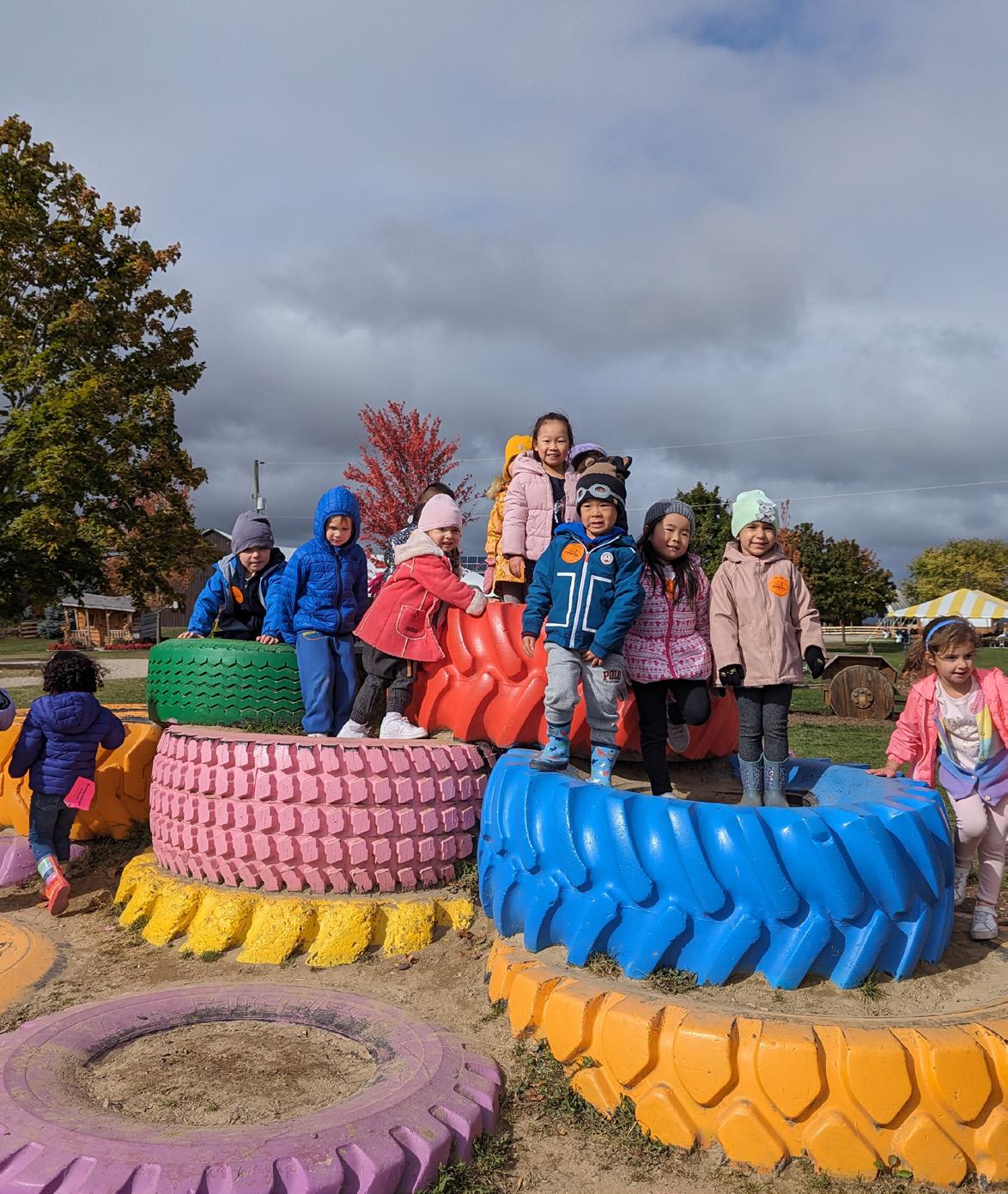
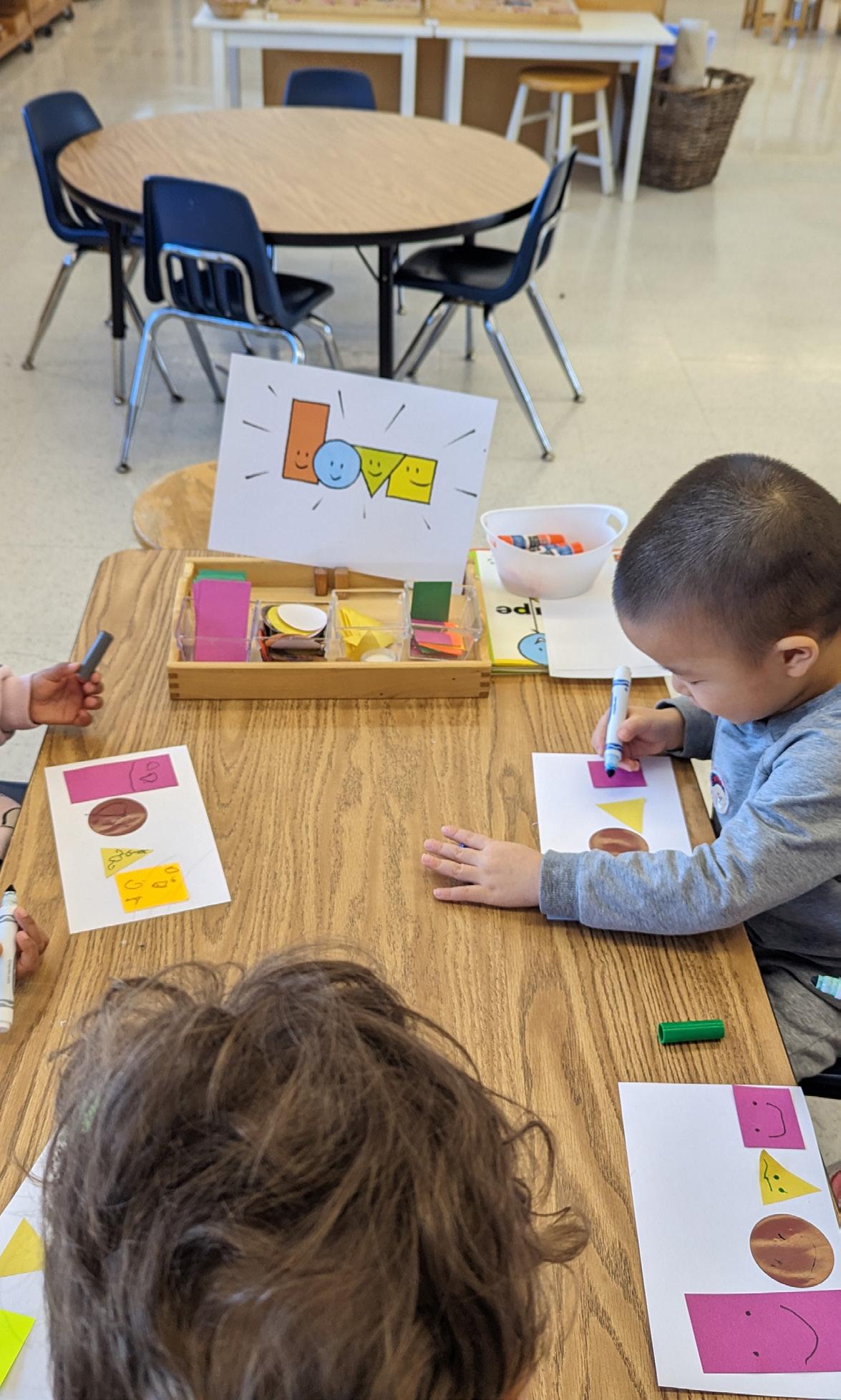

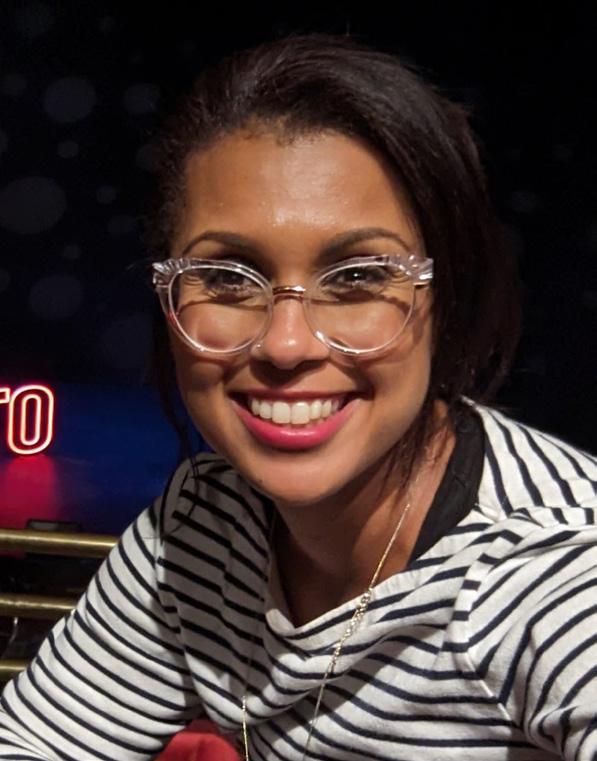
 Saida Tesfai Ivy Au
Saida Tesfai Ivy Au
The interview with the PR3 teachers, Saida Tesfai and Ivy Au, started a bit late because two of their students came back to the classroom from their Phys Ed class; one of them had an unidentifiable injury, but likely just wanted to be comforted by their classroom teachers. Saida followed them back to the gym to confirm everything was okay. It was. She then ran back to have this conversation. The whole experience seemed indicative of the caring student-centred community that they’ve created in their classroom.
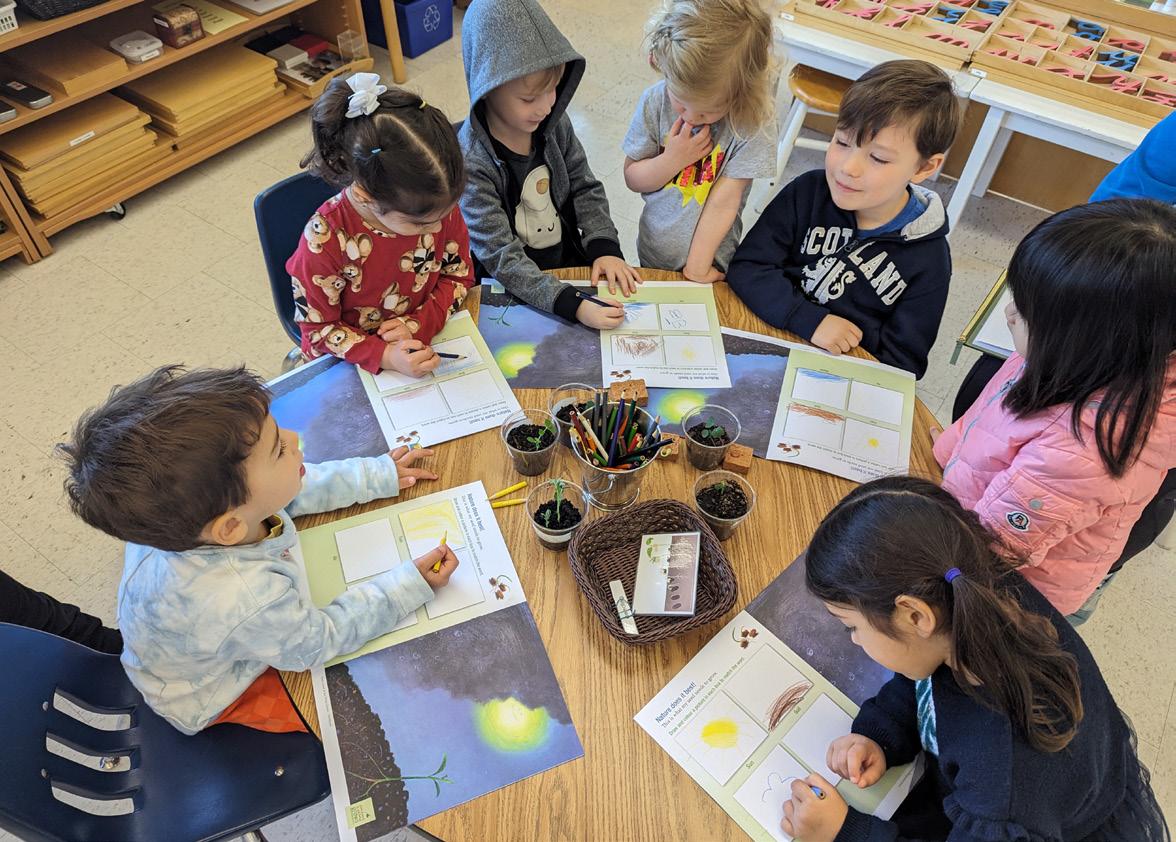
What is your favourite learning tool or material in the classroom?
Saida:
That is a tricky one because we have so many amazing, beautiful objects. Honestly, I’d say the best learning tool is the kids themselves. They learn from each other, they really do. They all share about their family life and their travels and their interests. They really look up to their friends and I think that’s what works so well in the mixed age group. We’re writing report cards right now and have been thinking about how far these students have come with their leadership. If the older students see a younger one struggling, they step in right away to help.
When does that switch happen during the school year?
Saida:
For the third-years, it’s from the get-go, but for the rest of the class it’s in the spring.
EF:
All of that nurturing from September onward can lead to this. It’s why the theme of this issue is bloom.
Saida:
It’s empathy, too—the older ones remember that the same thing might’ve been hard for them last year as well.
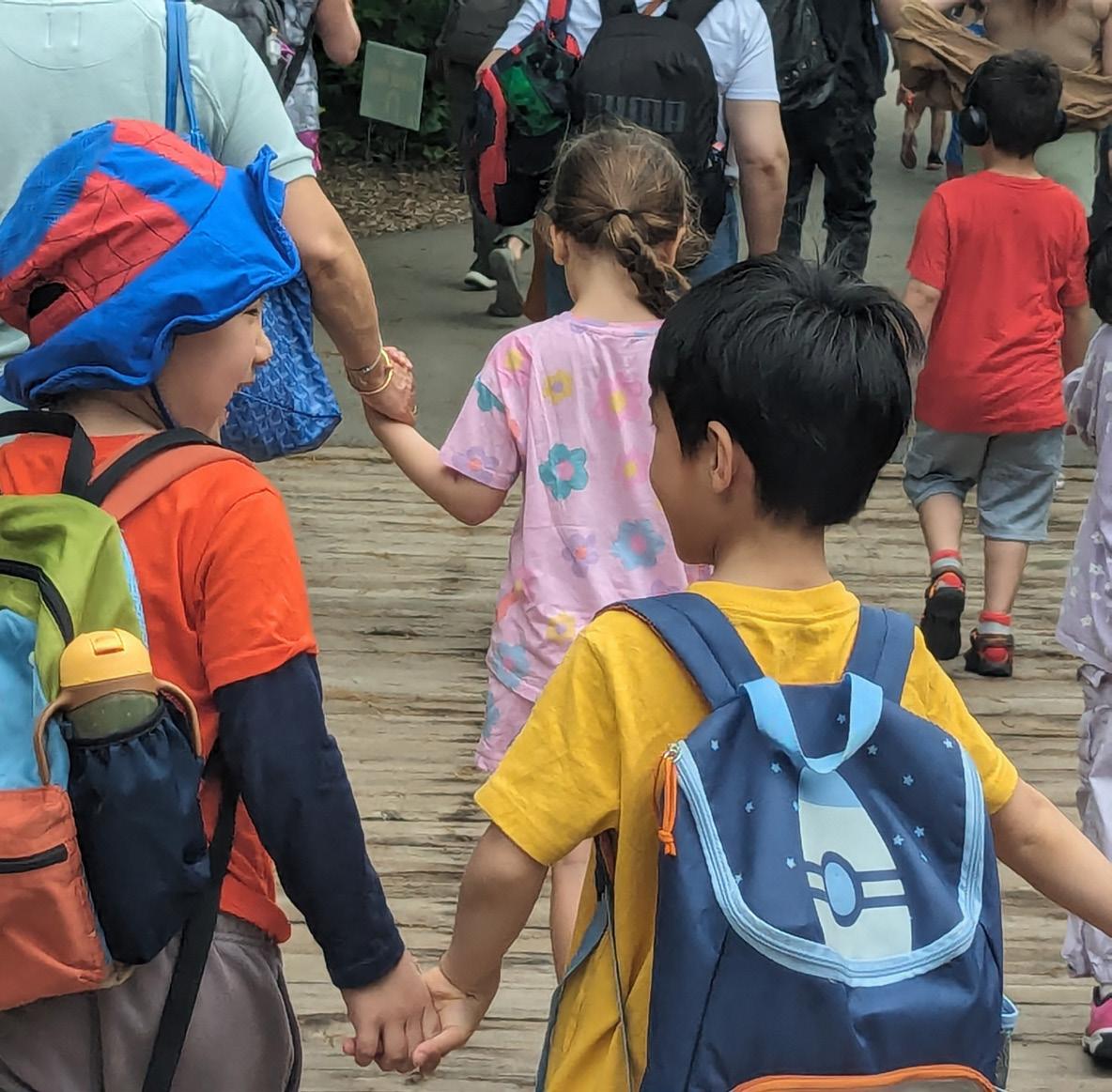
How do your class parents support the work you do?
Saida:
They help by fostering the expectations we set in the class. We expect the children to put away their things, clean their tables, be respectful. When parents come in to observe in the first term, it’s really nice to see their pleasure in that, in what their kids are capable of.
Ivy:
That starts in Toddler, that focus on help me to do it myself. We’re giving them the tools to do things on their own.
Saida:
We guide them toward the solution. We rarely step in and say, “Let me do it,” unless they ask for that about a specific skill.

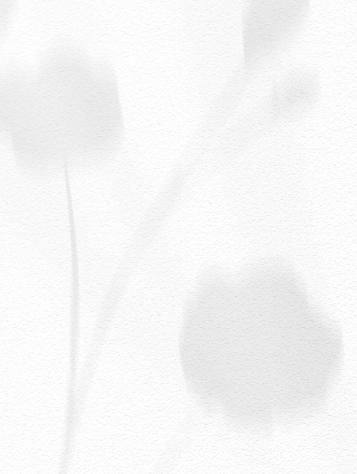
You’ve kind of already answered this, but how would you describe the change that happens in the kids between September and now?
Saida:
There’s more a sense of community. In the beginning, everything is new. All the students are trying to figure out, “What’s my place here? Who are my friends? Where do I fit in?” And now we’re like a family. Everyone comes in and feels comfortable. We remind them that this is their classroom and our shared space and worthy of our care.
Ivy:
In that, I see some of the kids’ maturity change.
EF:
The school year really conjures up nature metaphors. Even what you just said about their maturity makes me think of mature trees and how they continue to grow for a long time.
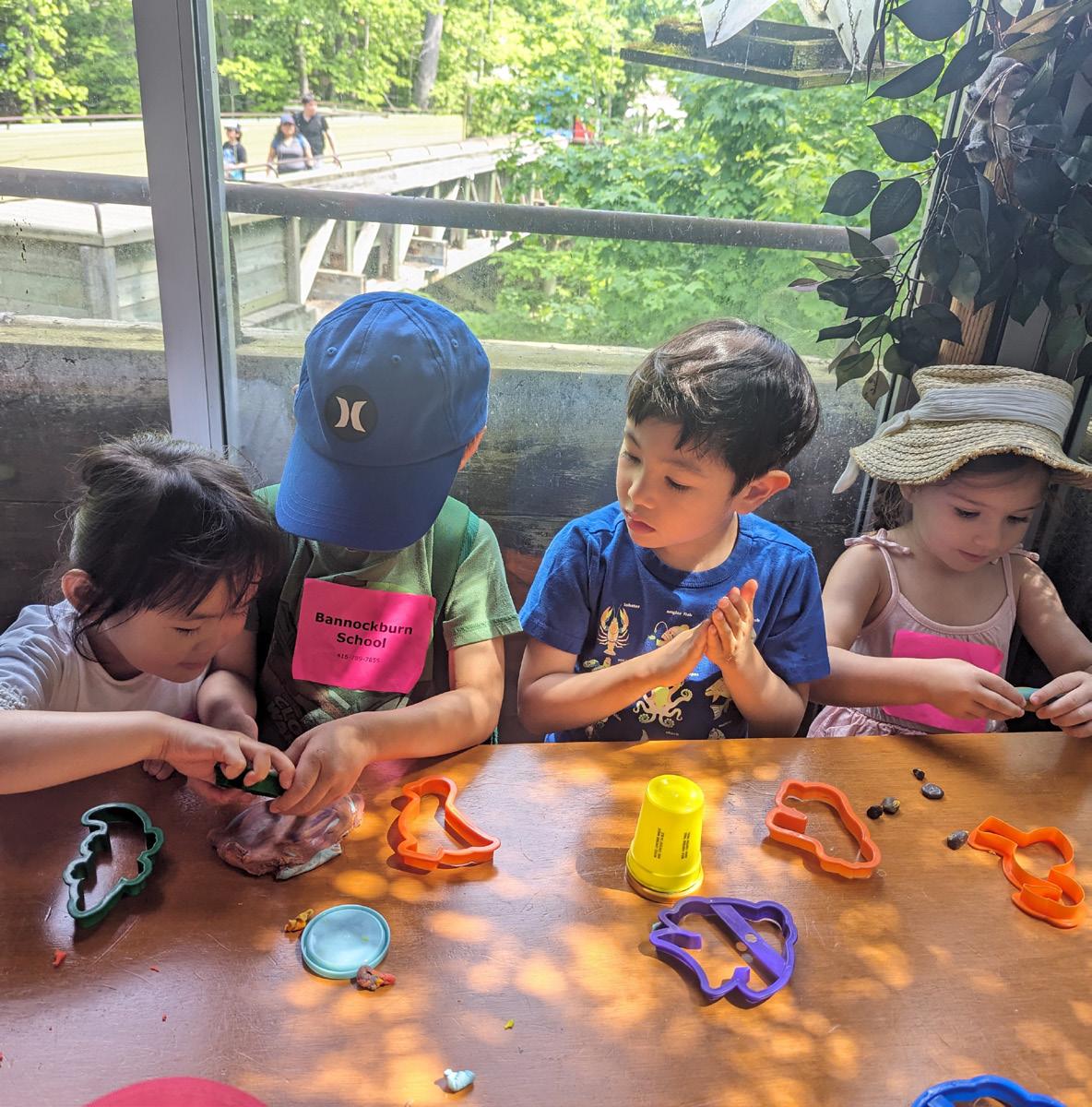
What’s a favourite memory of this school year?
Ivy:
The concerts and assemblies that we have, I think.
EF:
That’s great that they feel comfortable reading on stage like that. Are there books that you gravitate towards for reading aloud?
Saida:
We always start the year with The Kissing Hand
EF:
That’s such a good one. Do they ask for specific books for circle time?
Saida:
Our class loves books! I was just rotating the books on our classroom shelves with new library books. I love reading aloud and doing the voices.
Ivy:
I noticed this year that they like the Franklin books and the Berenstain Bears
EF:
Such peaceful worlds in both those series.
Ivy:
Yes, they love them.
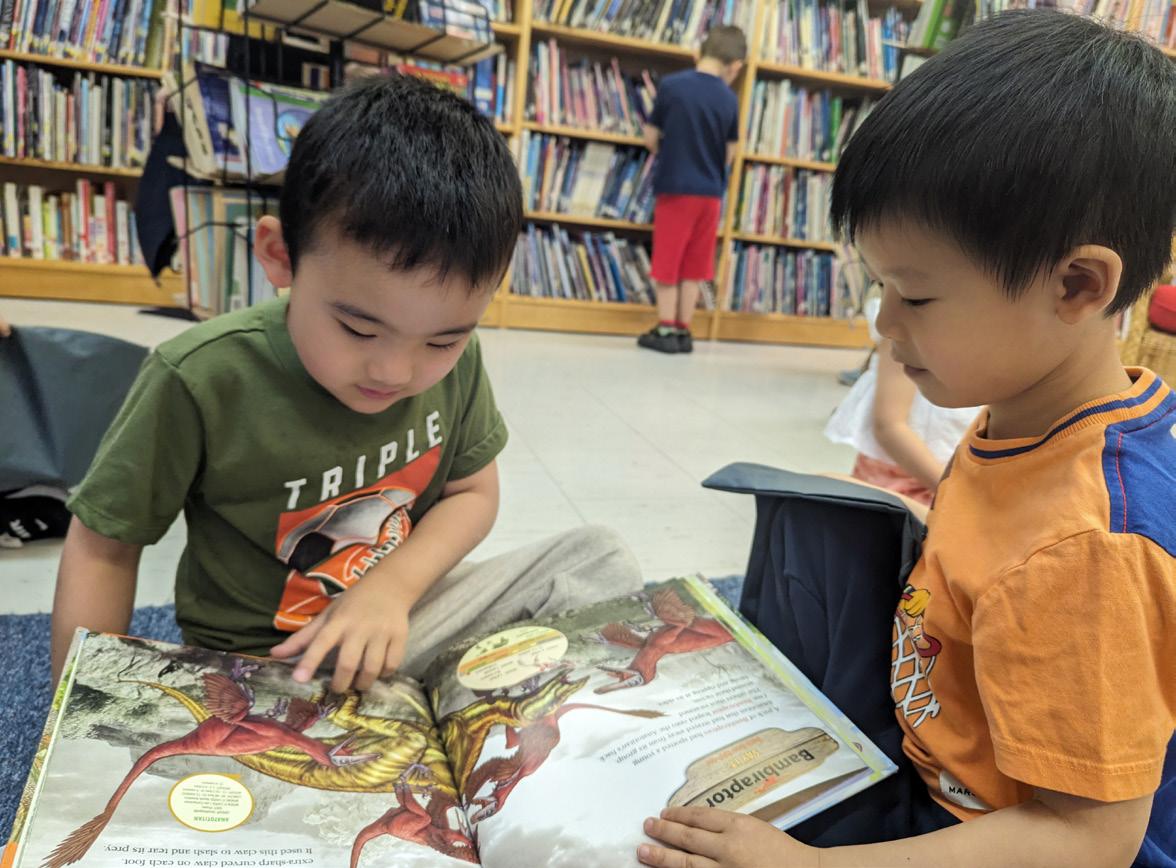
Is that one of the things you like about this age group—their enthusiasm and interest?
Saida:
You get that scope of almost toddler in the beginning to the time they’re almost six and interested in social justice.

A shoutout for Kate Hemblen because she organizes them!
Saida [laughing]:
Yes! The last one we had was for Earth Day where the Primary students had a bigger role. We rehearsed a lot together and they took it very seriously. Seeing them up there, reading in front of everyone, they did such a good job. I was sitting in the audience very proud.

Ivy:
It’s so much growth.
Saida:
And they still see things through such an innocent lens.
Ivy: We can interact with them more and they tell such great stories.
Did you have a favourite teacher? One that made you feel as comfortable as you make these students feel?
Saida:
I did, in Grade 5. Terry Ann Bingle. She was amazing. She was my Grade 5 teacher, but she also taught Art. Our classroom looked like a mini gallery. She made a big deal of everything we made and put it up and was just so warm and kind.
What does a “bloom” look like in your classroom?
Saida:
When it’s both peaceful and buzzing somehow. Where everyone is happy and engaged and being respectful to each other. Maria Montessori said that the three-hour work cycle was important because within that period the goal is to get from a state of “false fatigue” to “calm serenity.” That’s the bloom! It’s beautiful.


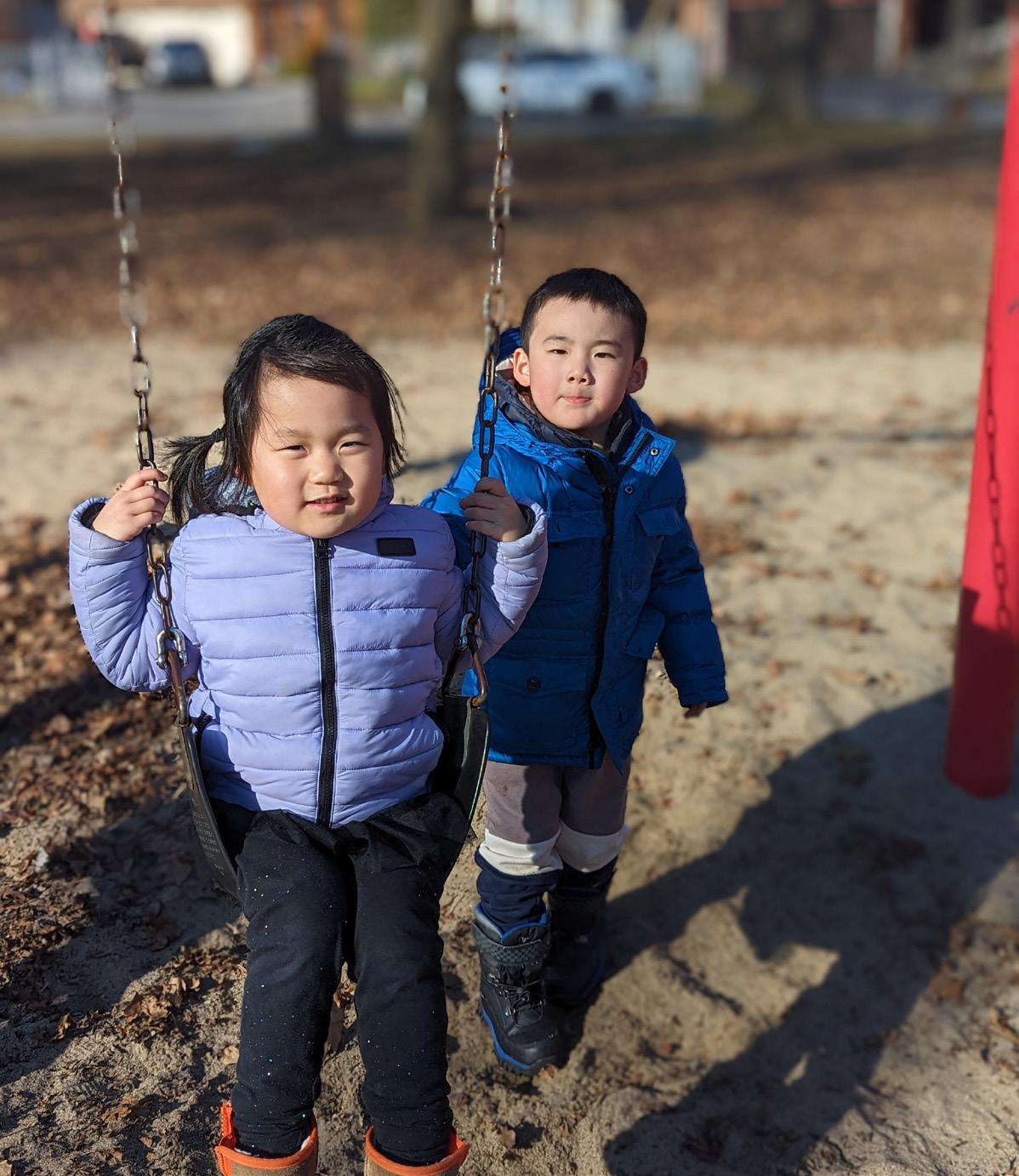



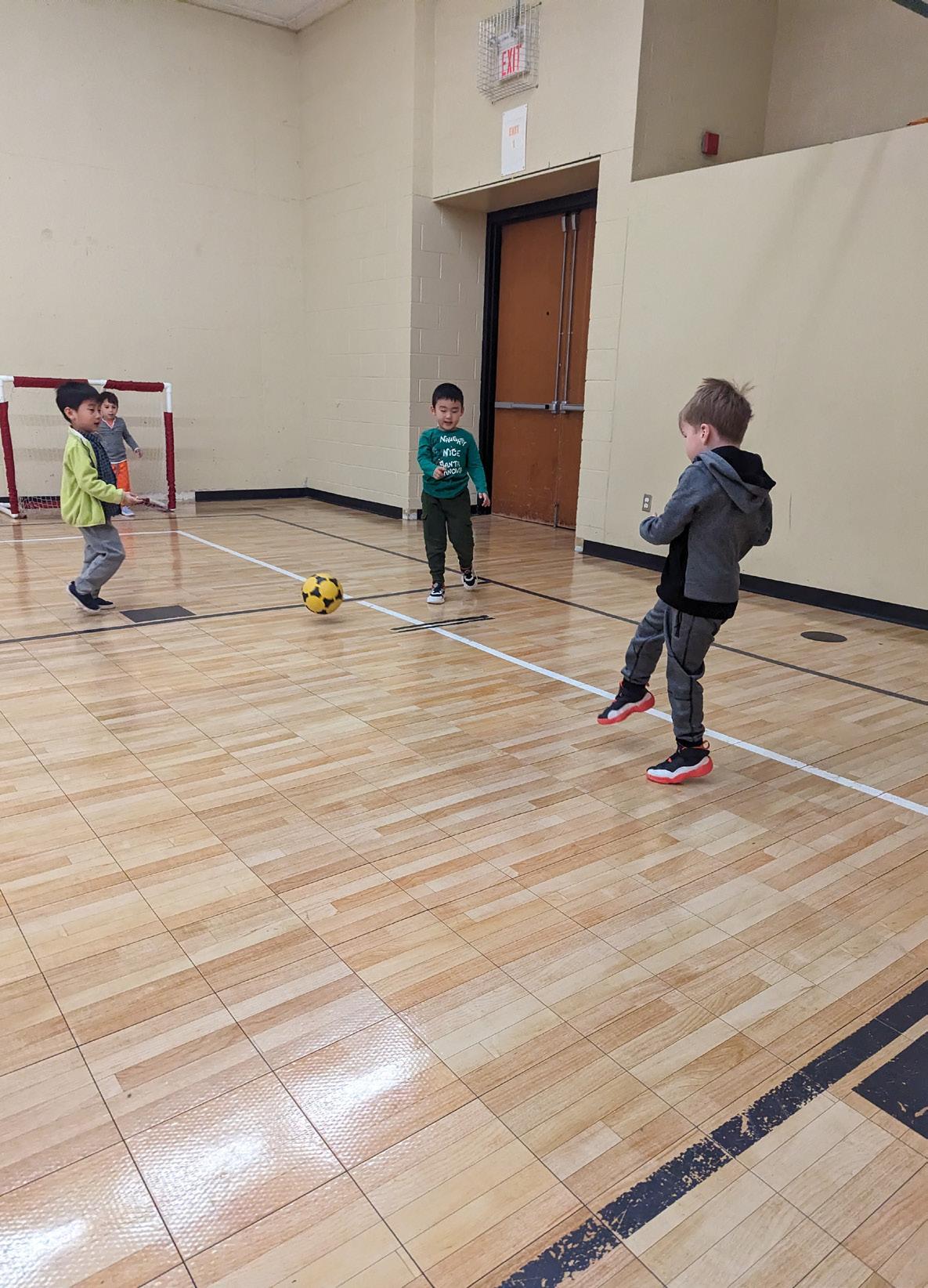
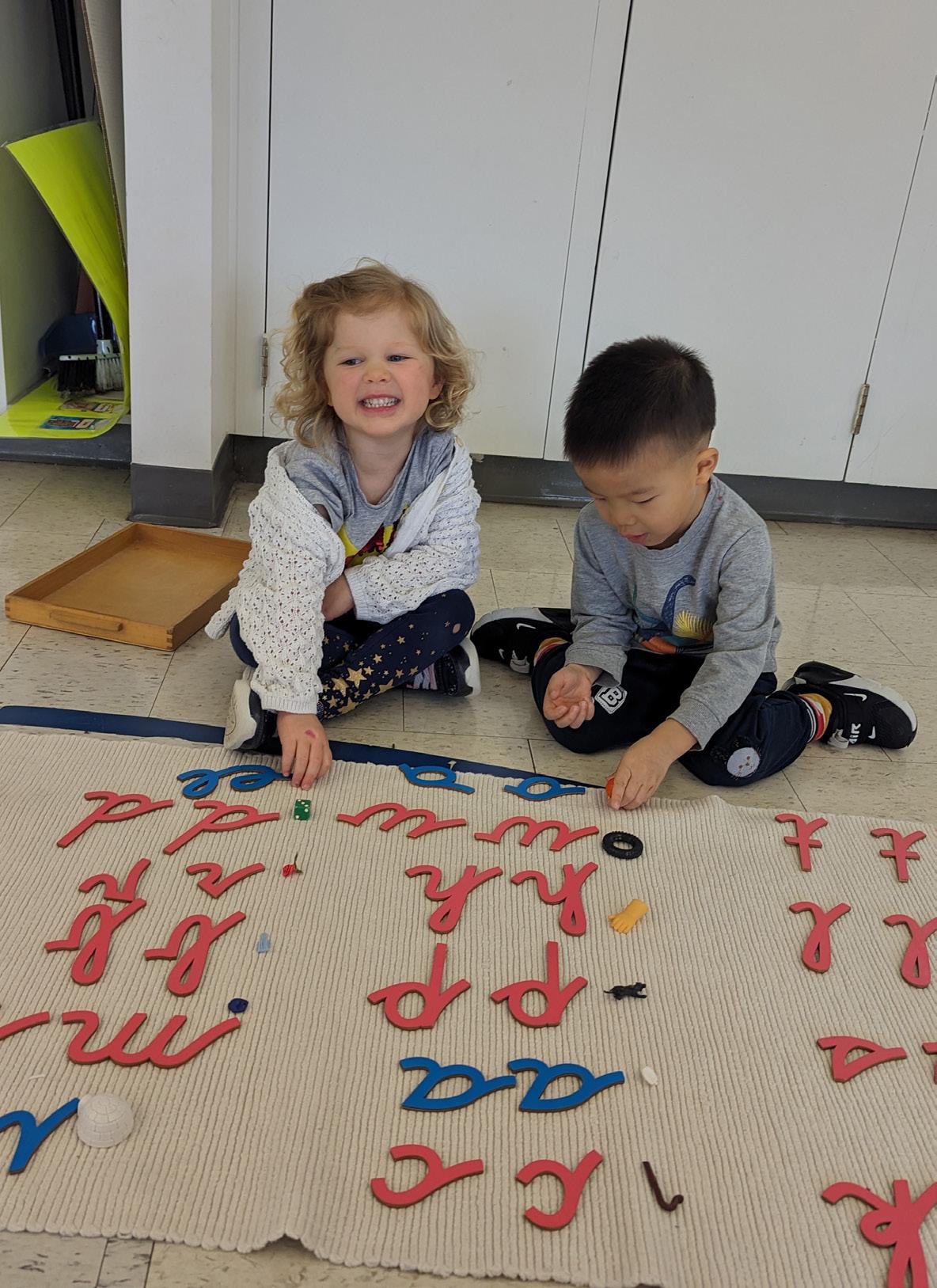
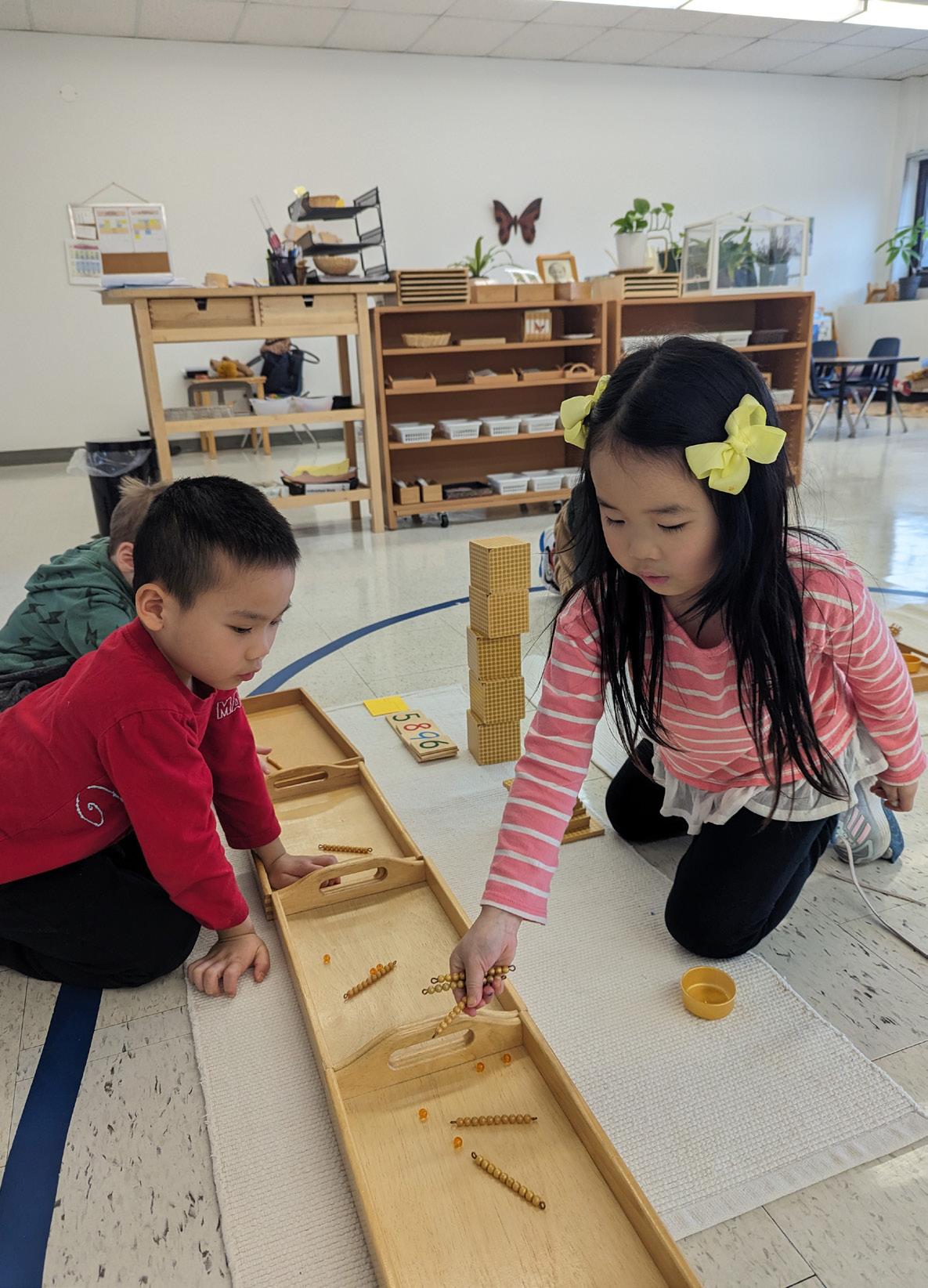
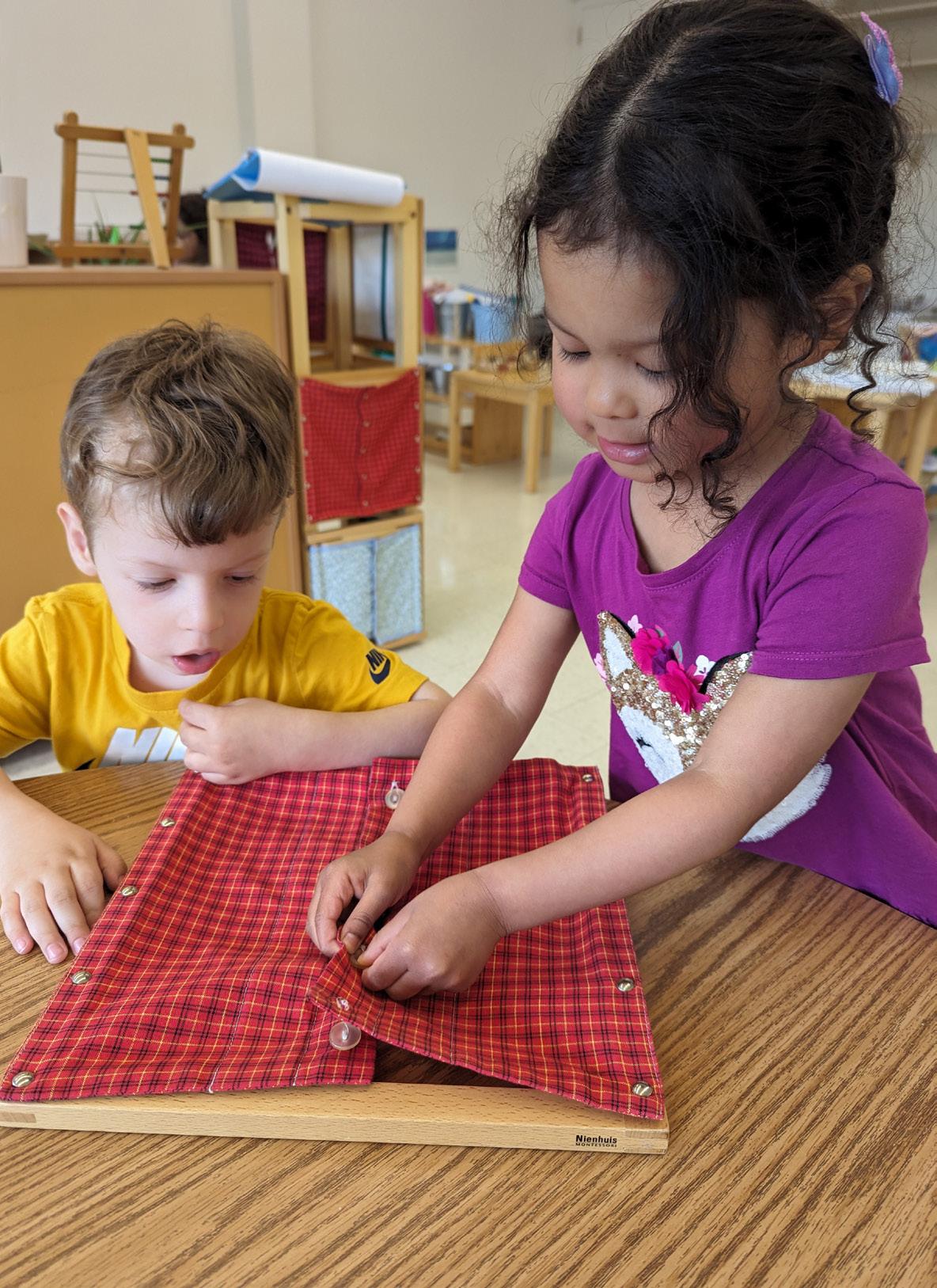


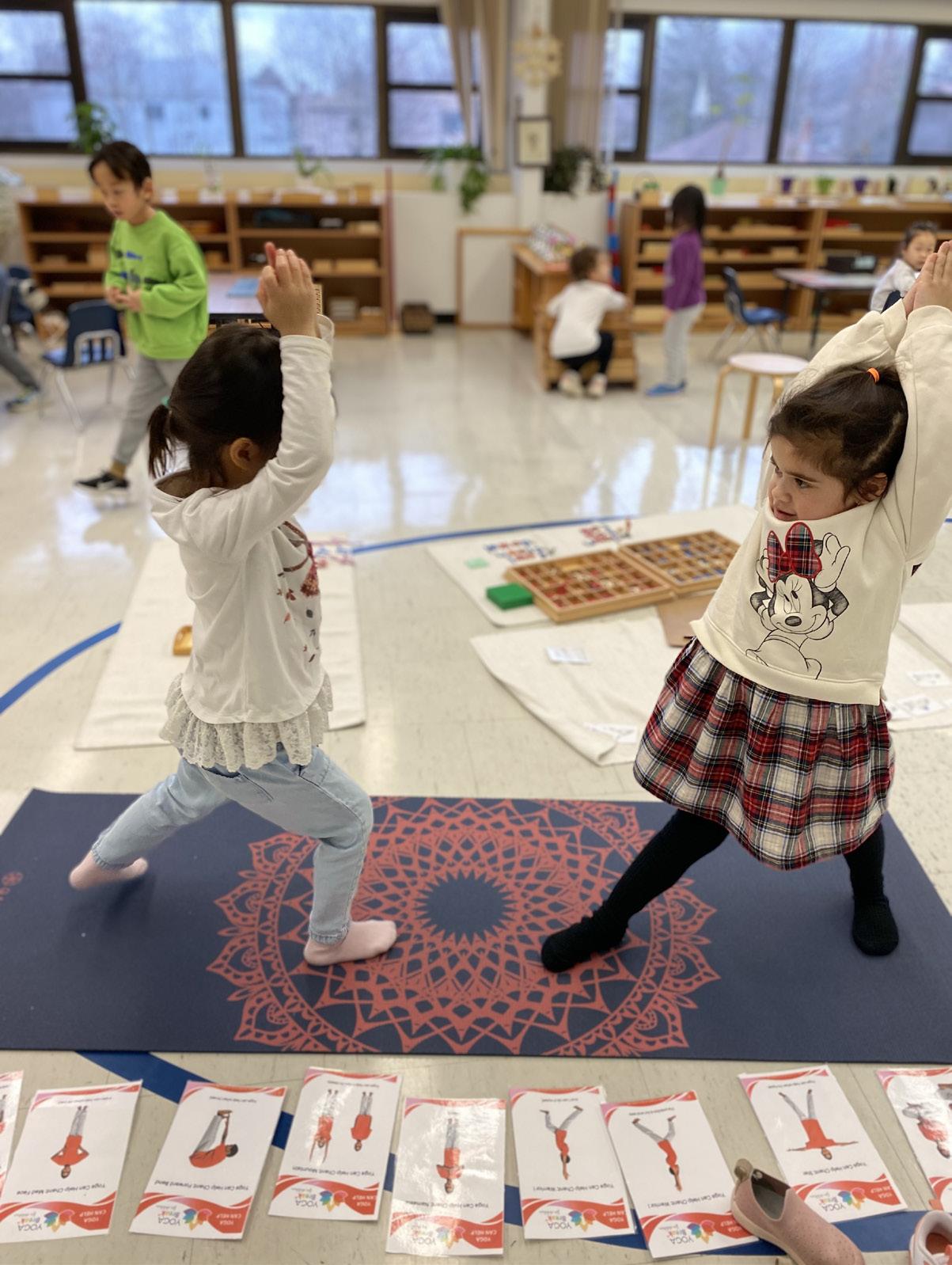
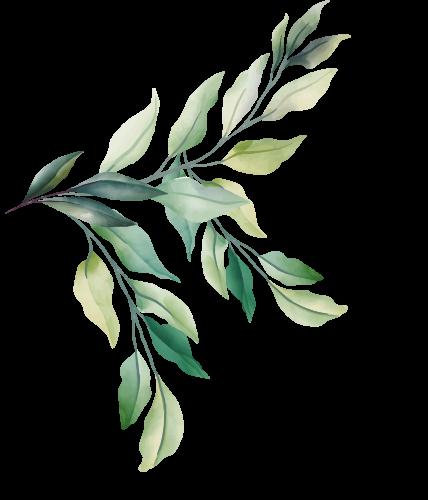
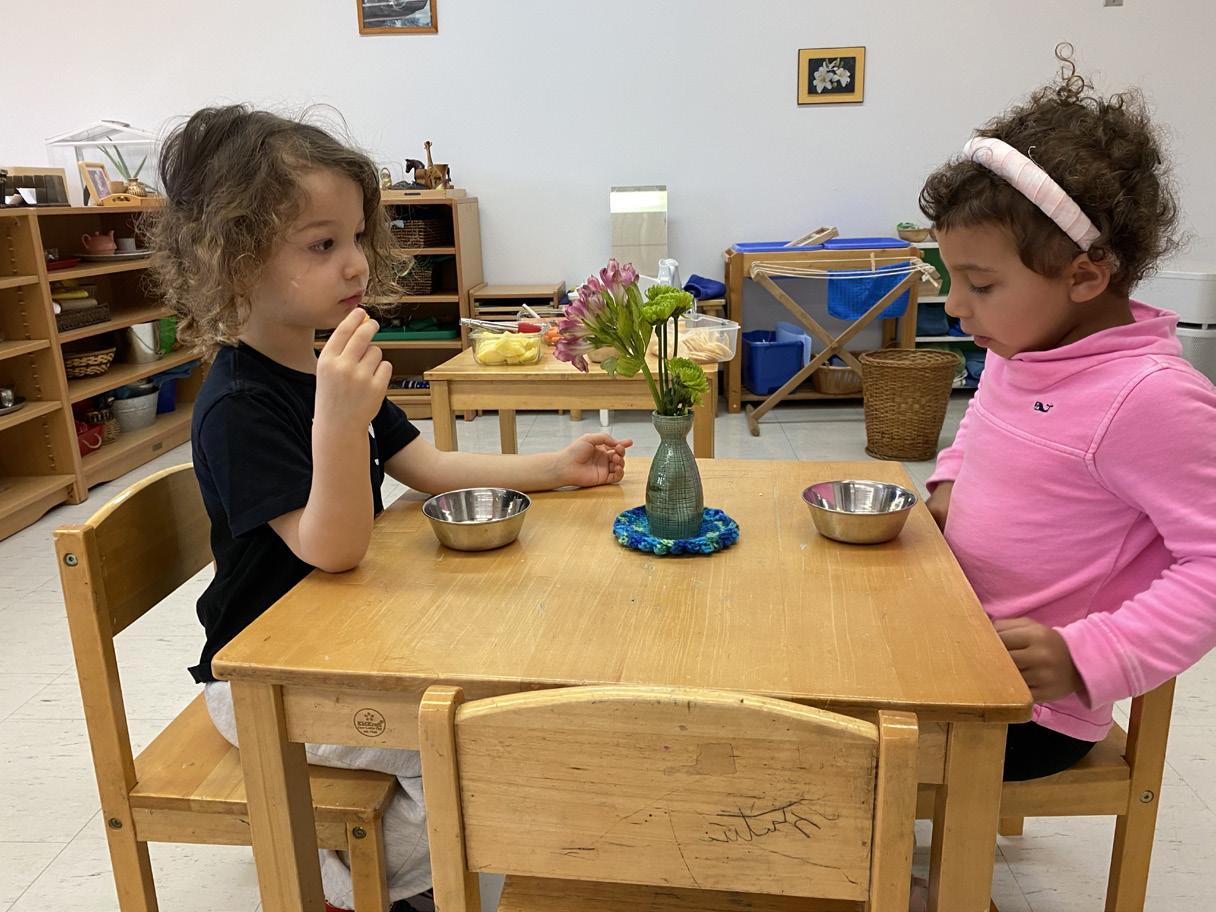

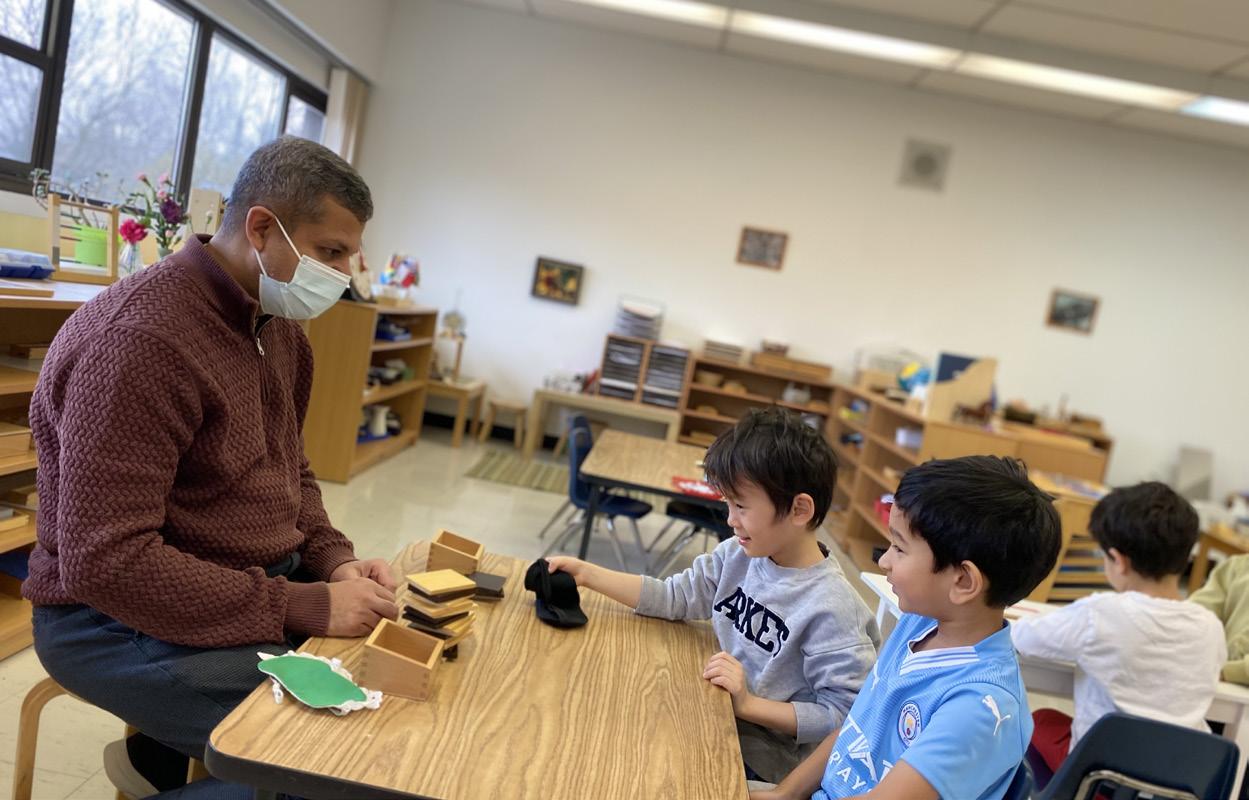
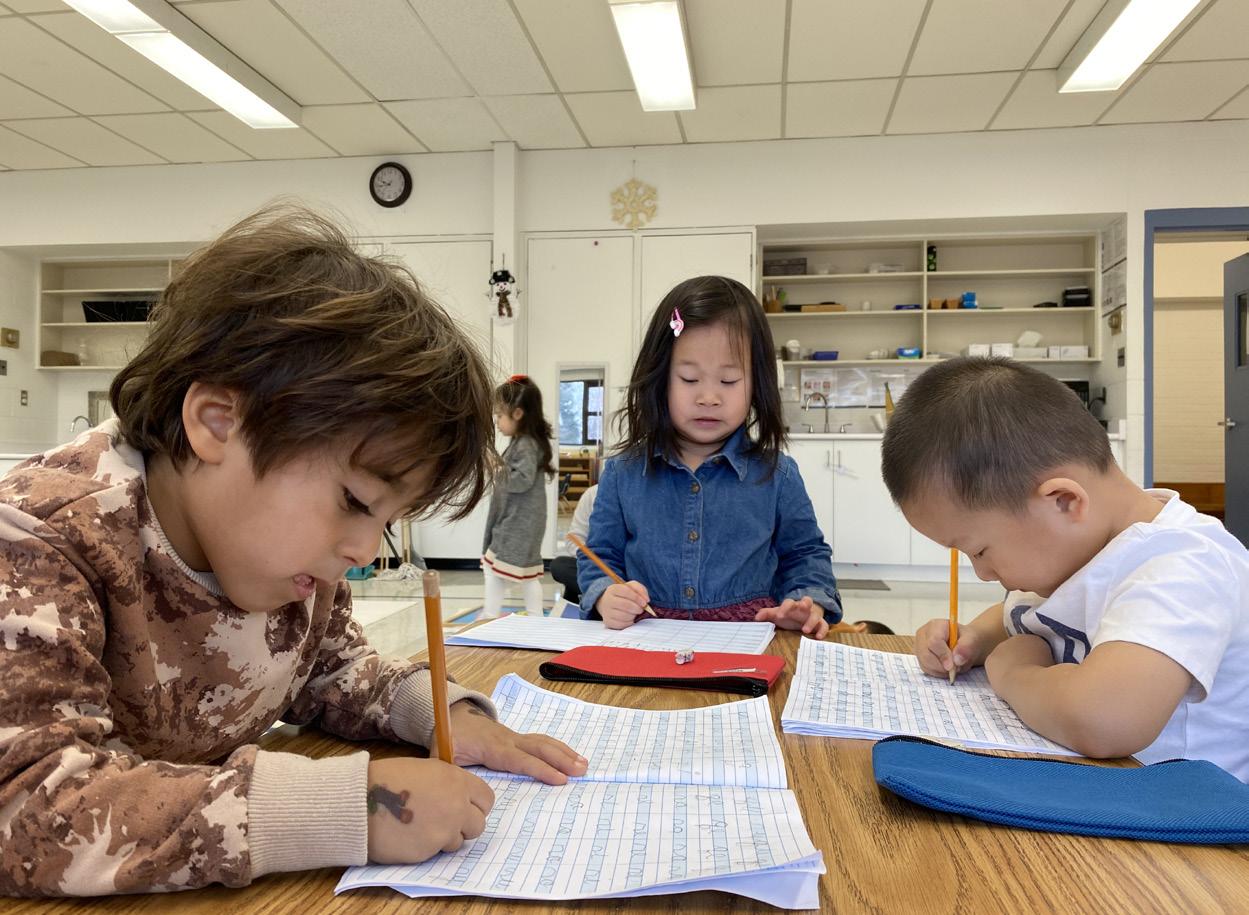
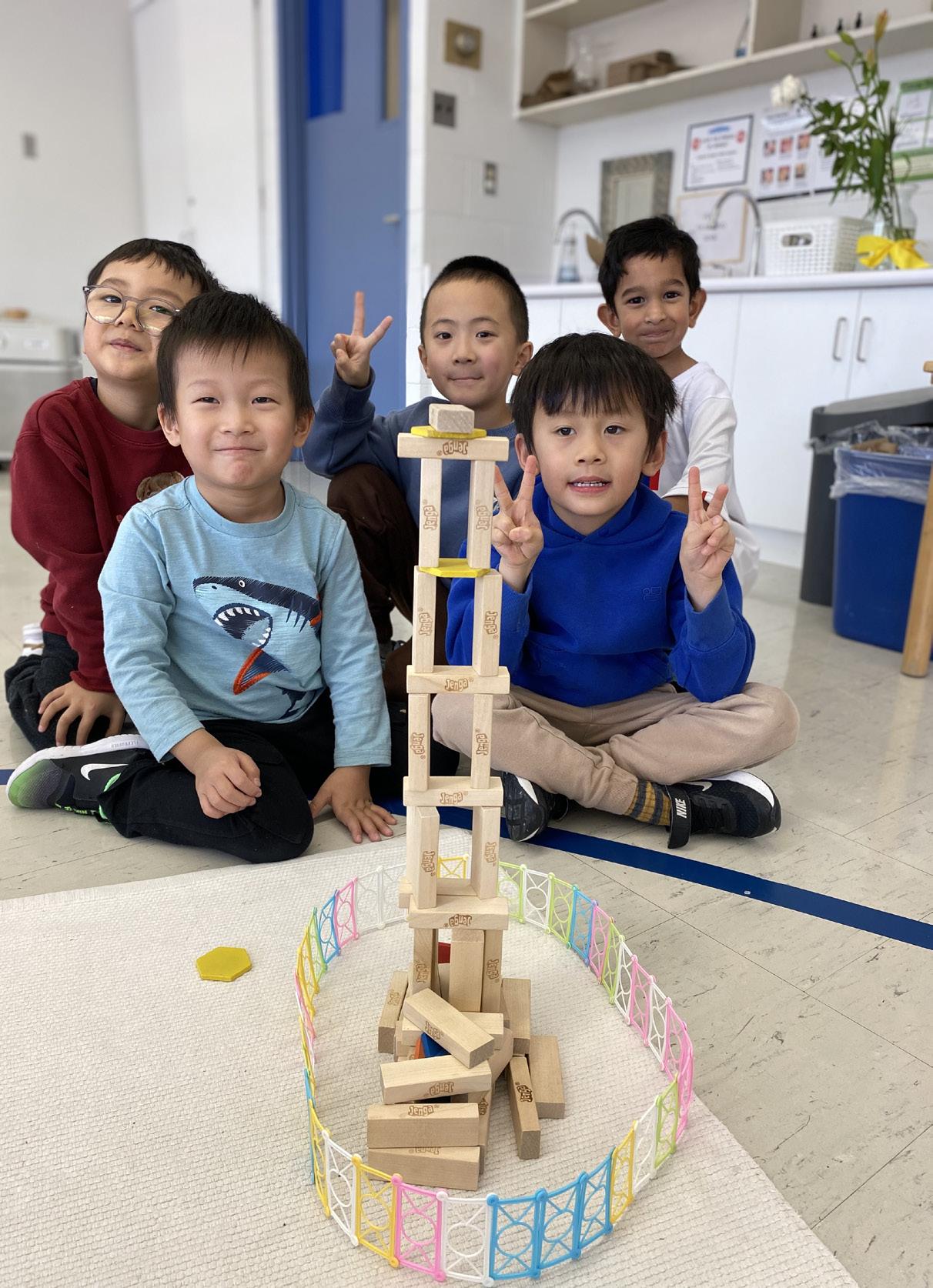
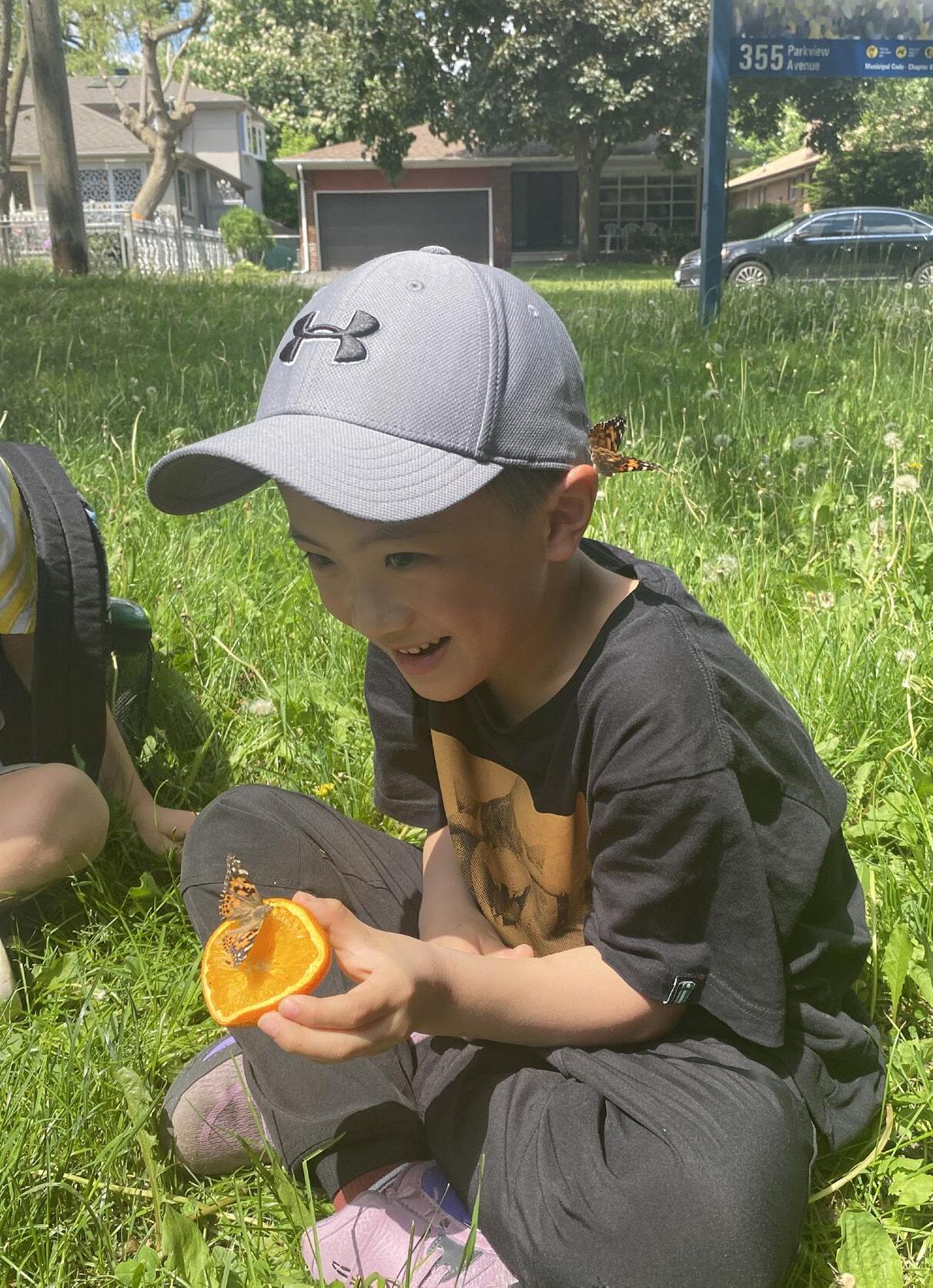
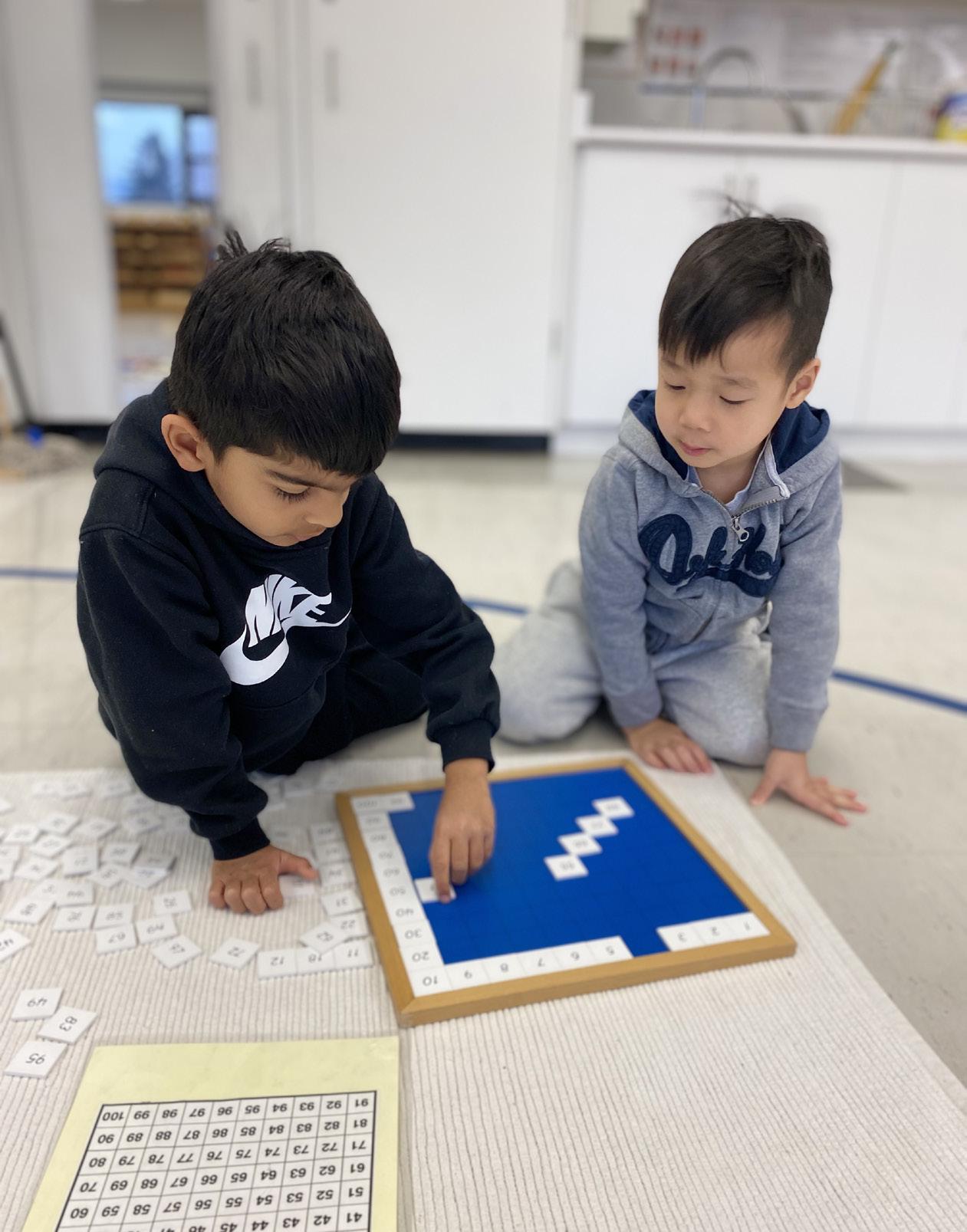

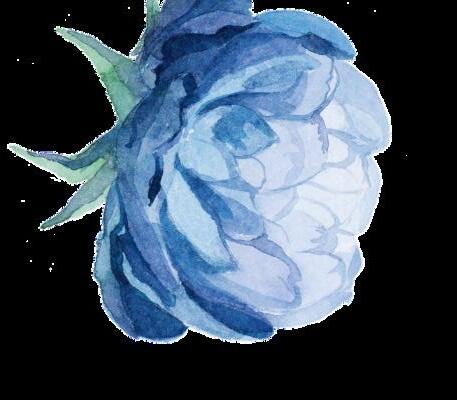


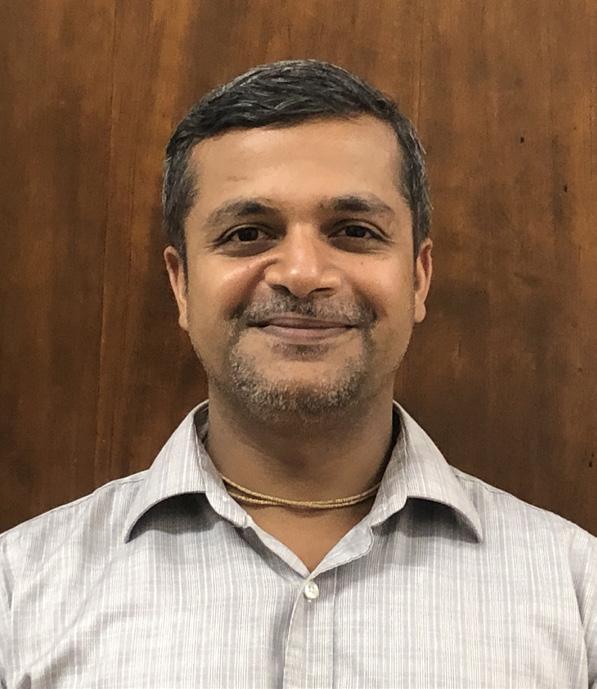
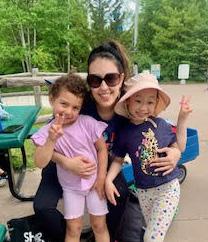
The interview with the PR4 teachers, Shashank Parkhi and Sabrina Steele, began with the students still in the classroom. How will this work, I wondered?
How it worked was this: Mr. Parkhi gave a generous introduction of me and my work to the class, and then asked one of the third-year students to read to the other students for a few moments until Ms. Lola picked them up for Art. The student chose a book, sat on the stool, and the other four-, five-, and six-year-olds in the class formed a circle around him to listen.
Wow, I thought. The engagement and respect of this moment was a beautiful way to begin.
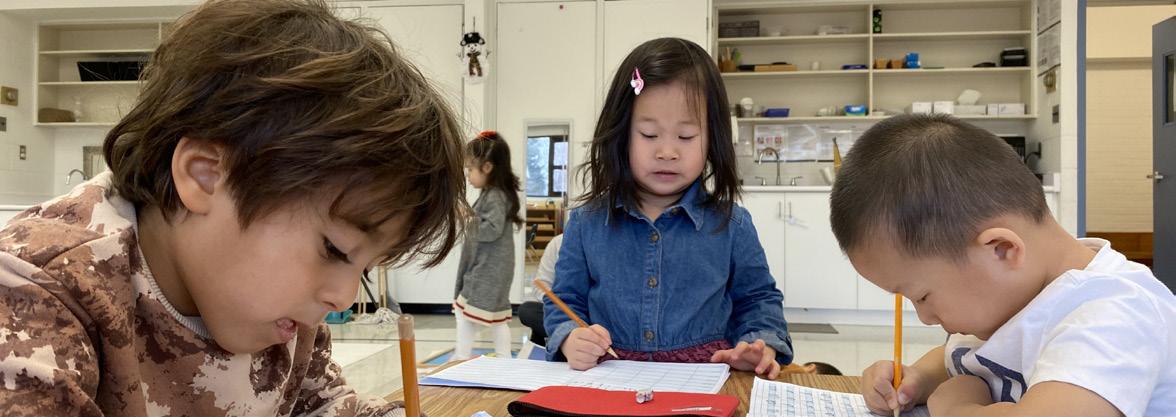
How do your class parents support the work you do?
Shashank:
We always have great class parents.
Sabrina:
They’re amazing.
Shashank:
The one thing we always ask parents to do is read with their child and ask them questions about the text so that they learn how to express themselves, which is such an important skill to develop when their younger.
EF:
It’s the beginning of critical thinking.
Shashank:
Yes. And making connections.
How would you describe the change that happens in the kids between September and now?
Sabrina:
By now, they’ve built their work cycle so they’re able to work for longer periods of time and focus. They’re choosing work independently and are less reliant on us. We see the older children stepping up, being the leaders in the classroom, being role models, helping our second years, reading to the class like right now. We see the second years, about to become third years, start to assume that role.
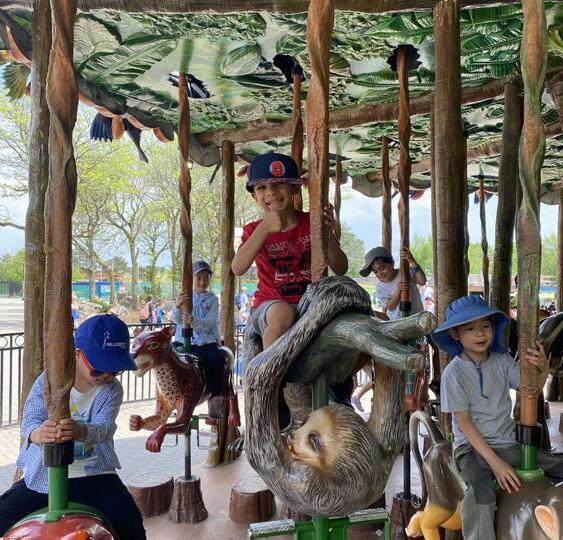

What’s your favourite learning tool or material in the classroom?
Shashank:
The multiplication bead bar layout. Nothing really does concrete to abstract quite so well, in my opinion. And it ties together two areas of the curriculum really beautifully, which is the sensorial and the math curriculum.
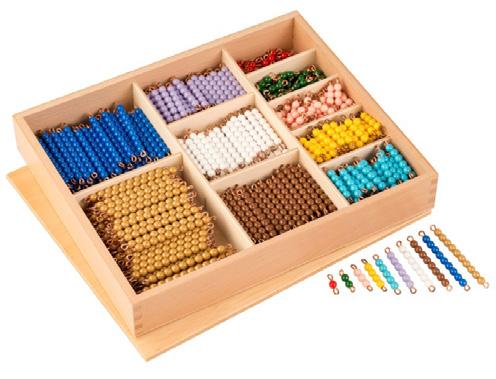
The ultimate representation of that is when they build a decanomial square out of the multiplication bead bar layout, which is really fun.
Sabrina:
I really enjoy the polishing activities because they indirectly prepare the child to learn how to read and write. We have polishing glass, silver, brass, and wood, and the child is taught to fold and hold the cloth between their thumb and two fingers so that it strengthens their pincer grip. This is the same movement inherent in cursive writing. And the child is encouraged to polish from the left to the right, the same way we read and write.
Shashank:
It also starts to get more complex because there are multiple steps they have to remember, so it really holds their attention for a long period of time. With this, the children know they have a sense of purpose. They want to do it because they know they’re doing something useful.
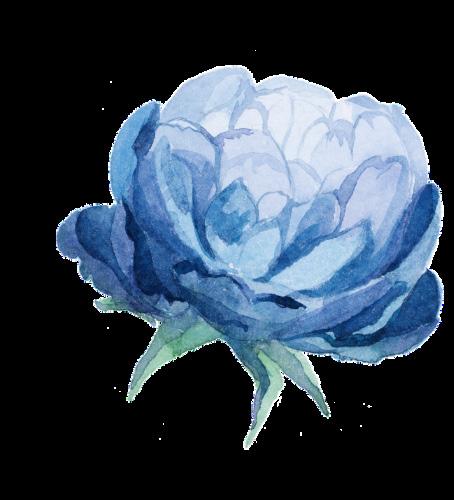




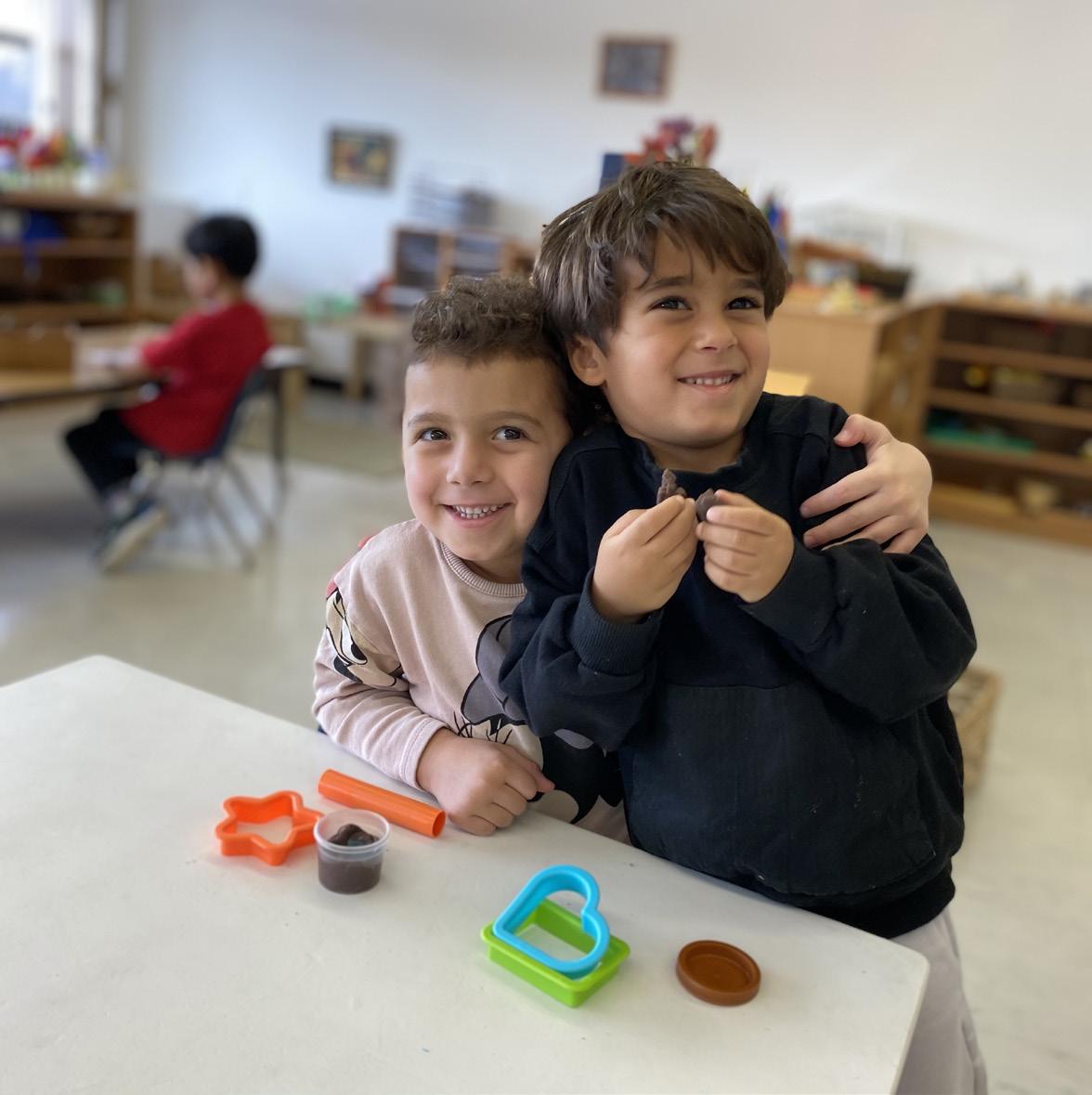
What book or books do you love sharing with the students?
Sabrina:
I’ve been reading Danny books to the children, which include different scenarios.
Shashank:
It’s a choose-your-own-adventure with different consequences.
Sabrina:
Based on the outcome they choose, I go to a different page.
Shashank:
I do Robert Munsch exclusively.
Sabrina:
He loves Robert Munsch!
Shashank:
For me, it’s mostly nostalgia. Robert Munsch read to me when I was in Grade 3 and that has had such a permanence in my memory.
EF:
Which book was it?
Shashank:
Thomas’s Snowsuit.
EF:
And which Robert Munsch do you like reading the best to your class now?
What does that love of learning and a good school day look like?
Sabrina:
For me it looks like two good work cycles: one in the morning and one in the afternoon. It doesn’t have to be peaceful and calm in the classroom, but all of the children have to be engaged and sharing their thoughts and ideas with us and each other. It’s that busy hum.
Shashank:
Yes, productivity. A good day is when everyone in the classroom wants to share something that they’ve completed.

Do you have a favourite memory of this school year?
Sabrina:
We just got our caterpillars in the classroom. I really enjoy raising caterpillars. I love teaching the lifecycle. Watching the lifecycle come to life is truly beautiful.
EF:
The theme of this issue is bloom, and that lends itself really nicely to that, so thank you.
Sabrina [laughing]:
Oh, good! Right now our caterpillars are in their cocoons for another week, week-and-a-half. And then when they emerge as butterflies, we walk to the park and release them.

Shashank:
Shashank:
Angela’s Airplane. Also Todd Parr and Fill Your Bucket are standards in our class.
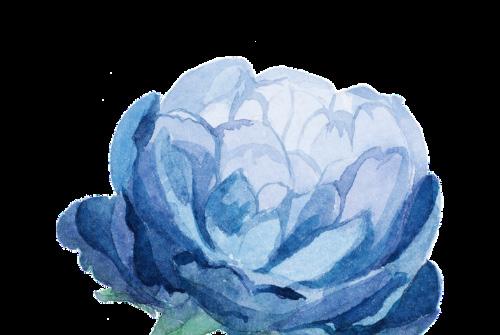
Favourite memories occur almost every day. It’s seeing lightbulbs go off and seeing the kids find their groove and not wanting to stop doing their work. It’s multiple favourite memories.

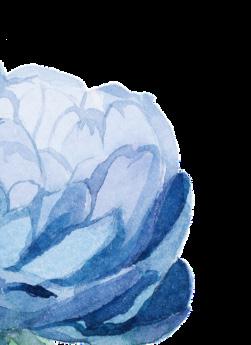

What do you like best about this age group? Is it what you just said, seeing the tangible changes?
Shashank:
That’s part of it. But really it’s unconditional love. I think they know that this person, their teacher, is making these corrections because they care. If the student is doing something they shouldn’t be doing and we call them out, I think they’re actually checking to see if I’m still part of the nest or if I’ve already flown out.
EF:
Well, that’s just perfect for The Nest right there…
SP and SS [laughing]
Sabrina:
I would also say that this is the age when they absorb everything. Personally, I feel like this is the age when we can make the most difference.
Shashank:
The amount of growth and the foundation we build really does feel like it will make a difference for the rest of their lives, especially in how they feel about education in general.
Sabrina:
The love of learning starts during this formative period.
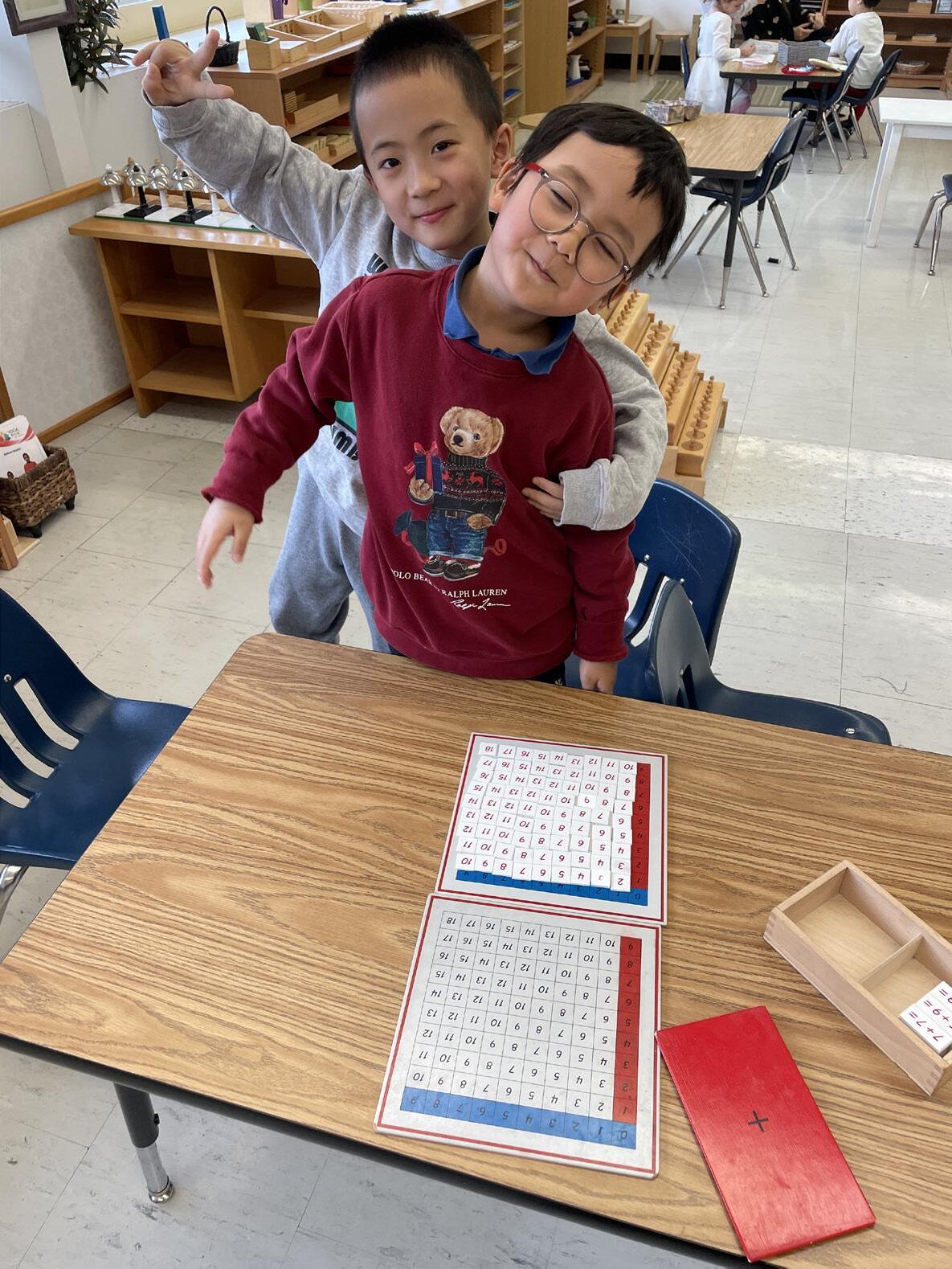
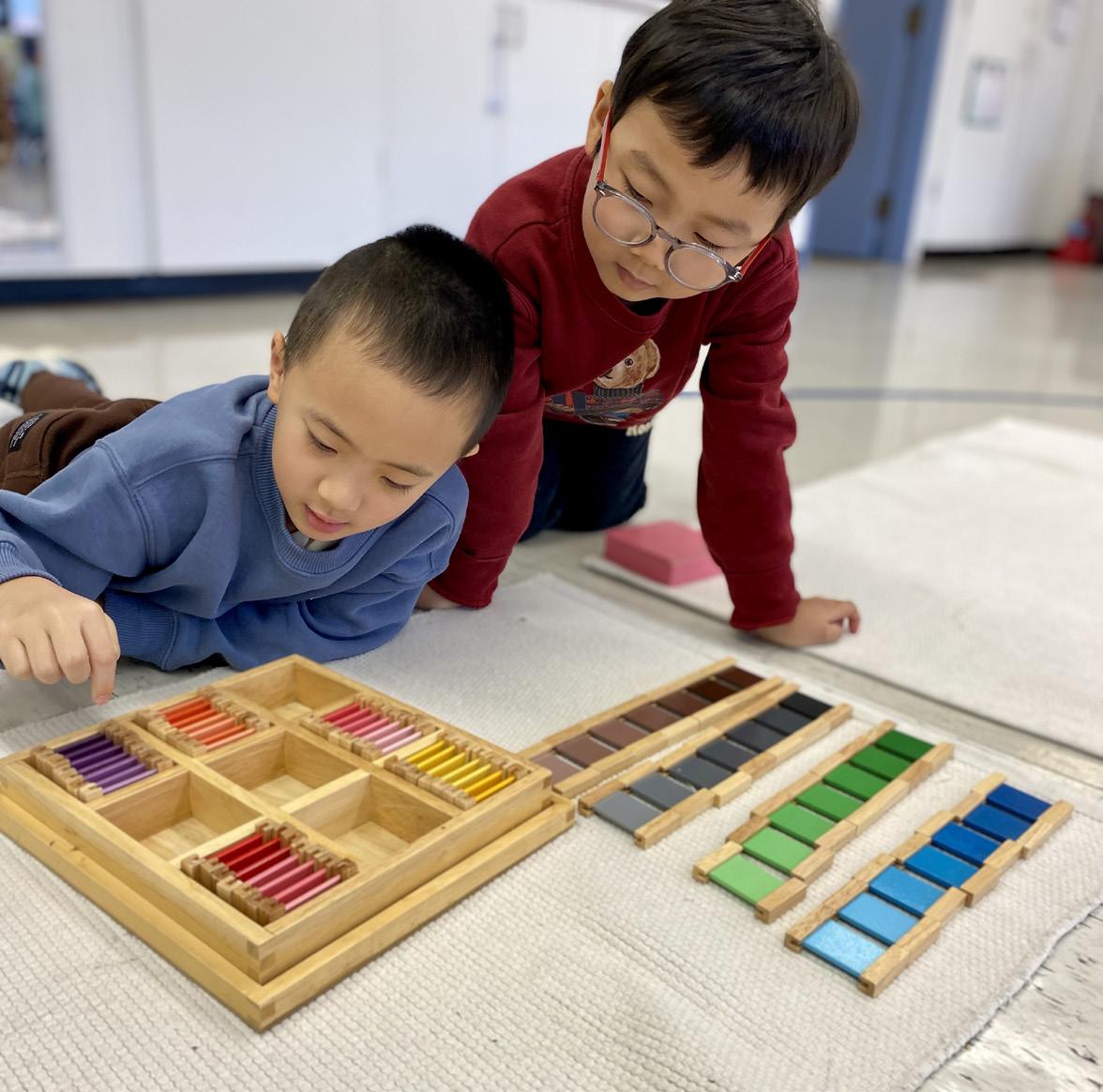
Who was your favourite teacher when you were a child?
Shashank:
My Grade 9 high school teacher for Science was Ms. Evans. She’s my mentor still. She was a huge part of my high school journey. She went out of her way to help me succeed. I had her again in my OAC year for Grade 13 Biology. There was a huge project that was supposed to be due by Christmas and I hadn’t handed it in. She gave me her address and told me to drop it off at her house over the holidays, that she would mark it and make sure it counted. Whenever I think about her, I think about how special she is.
Sabrina:
I had a really great Grade 2 teacher, Ms. Shumsky. When I was in high school, I went back to my elementary school for a cooperative education program in her classroom. She was one of the reasons why I became a teacher.
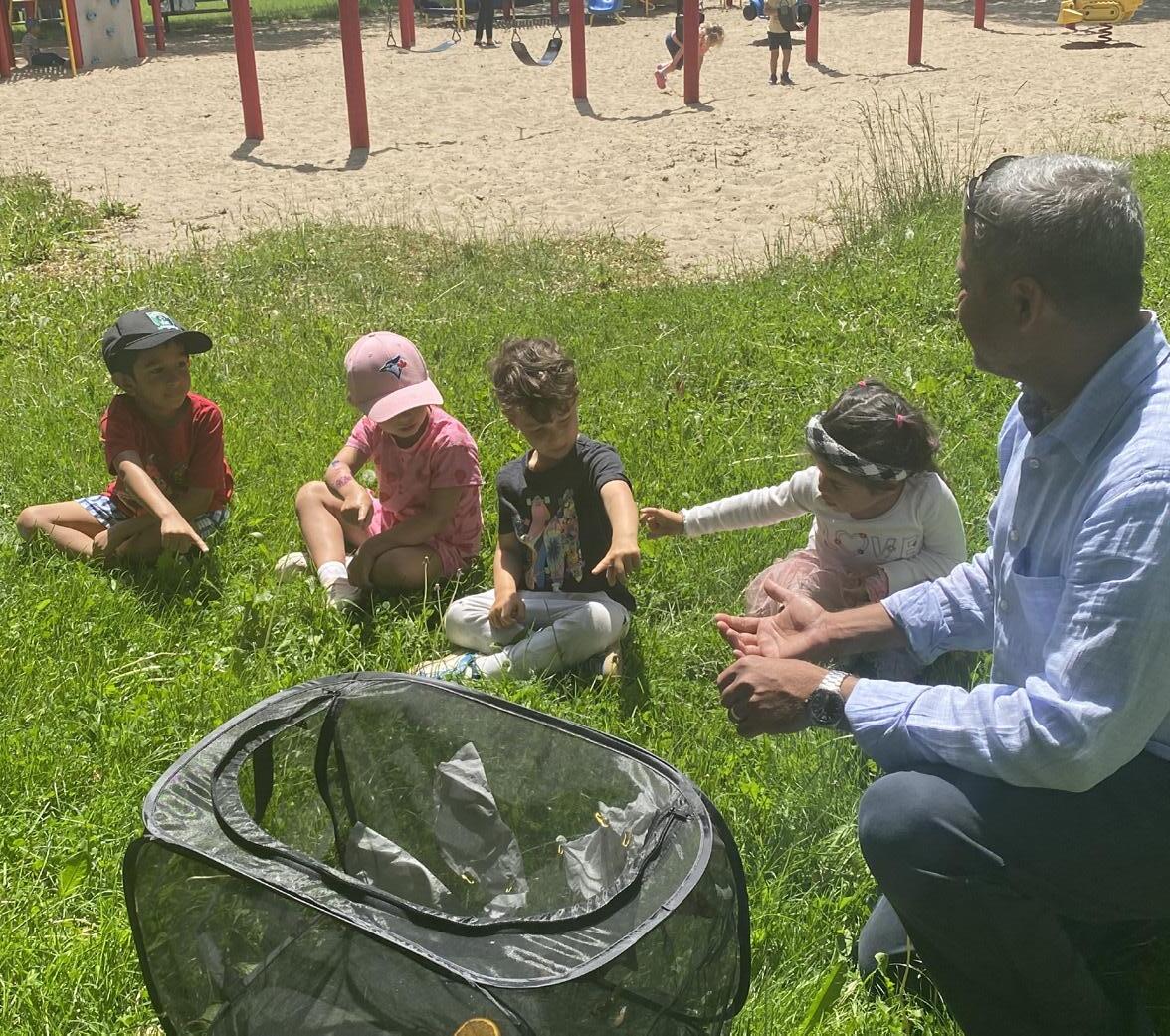


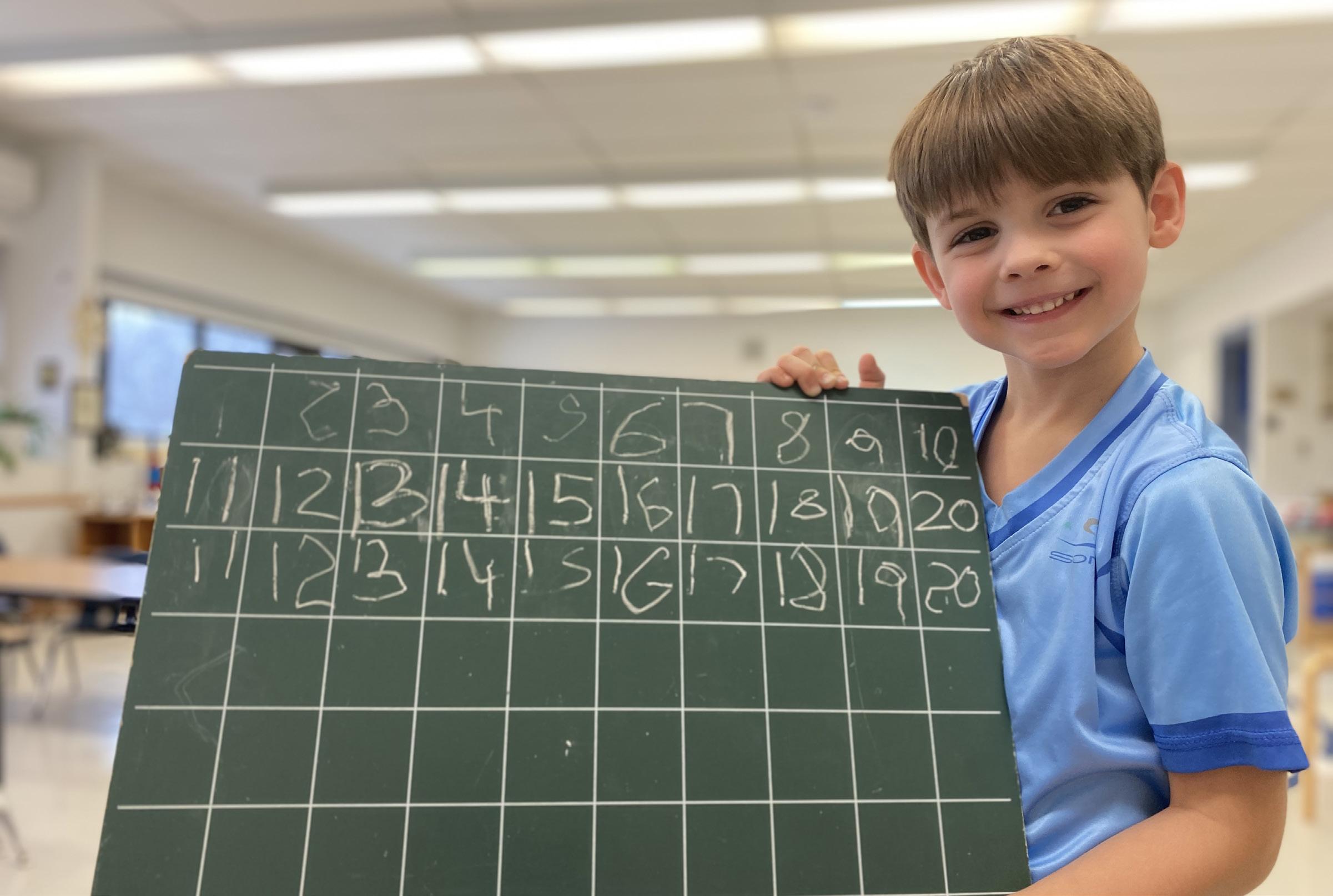
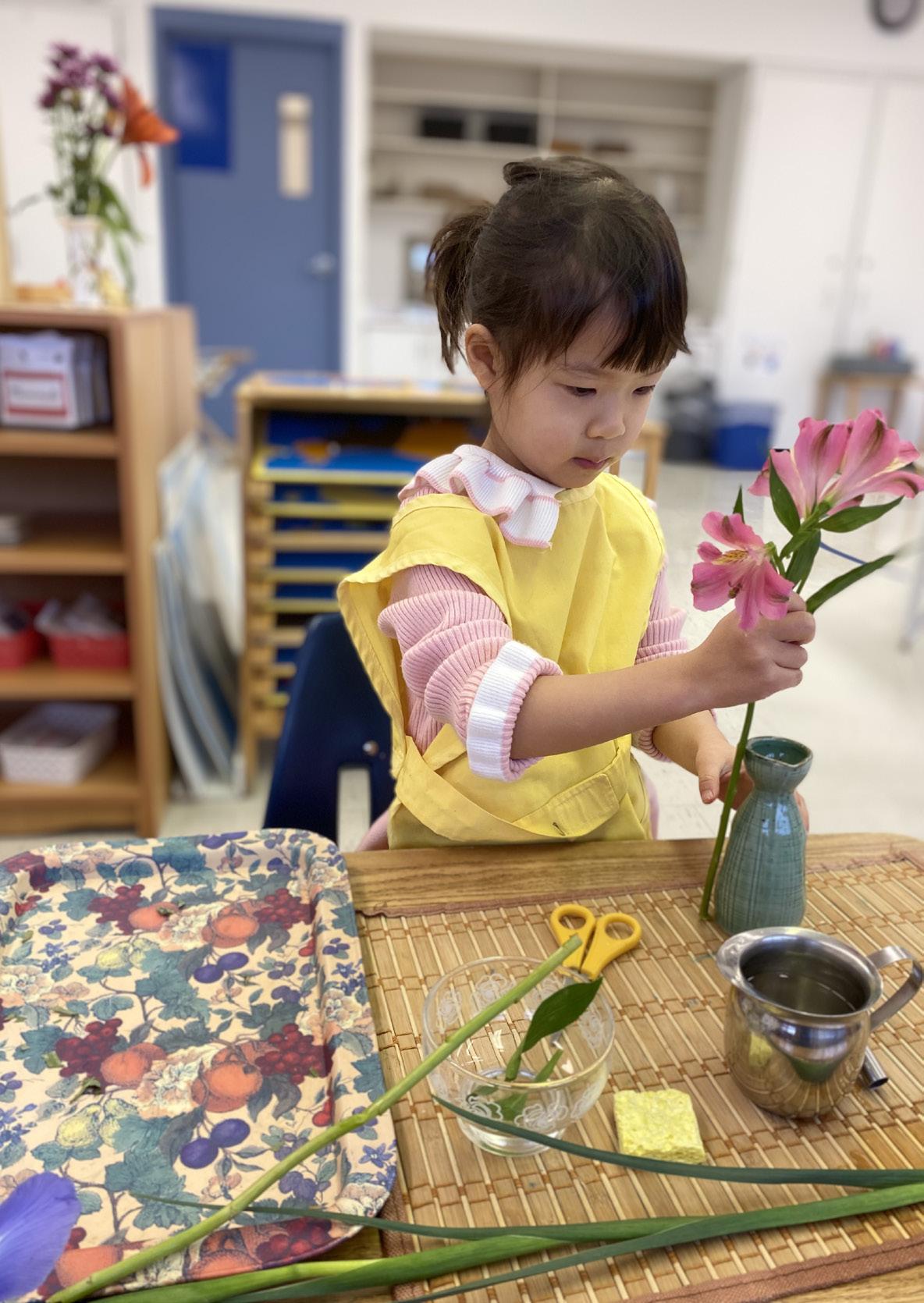
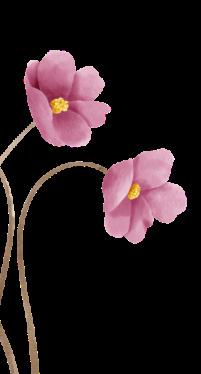
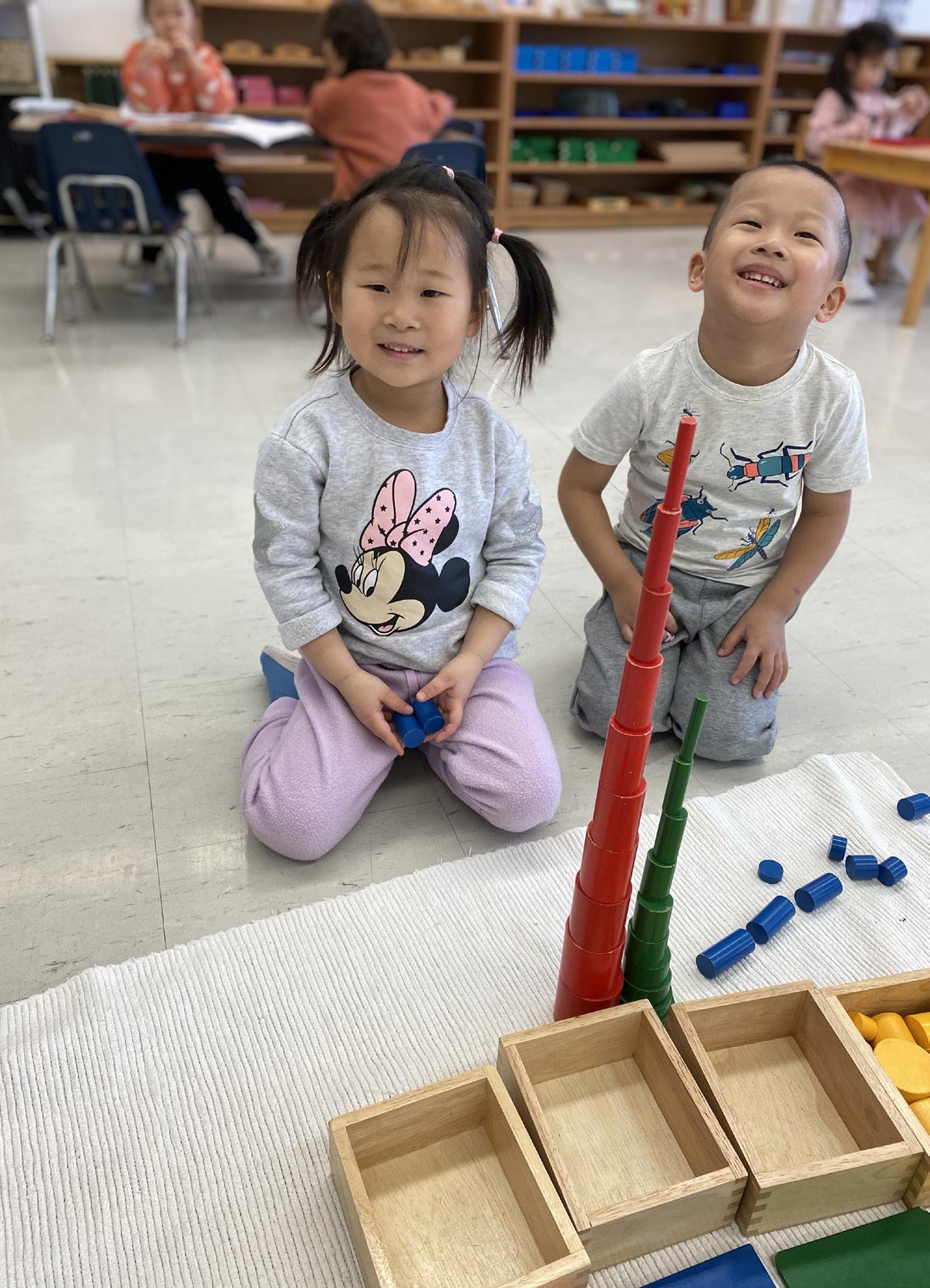

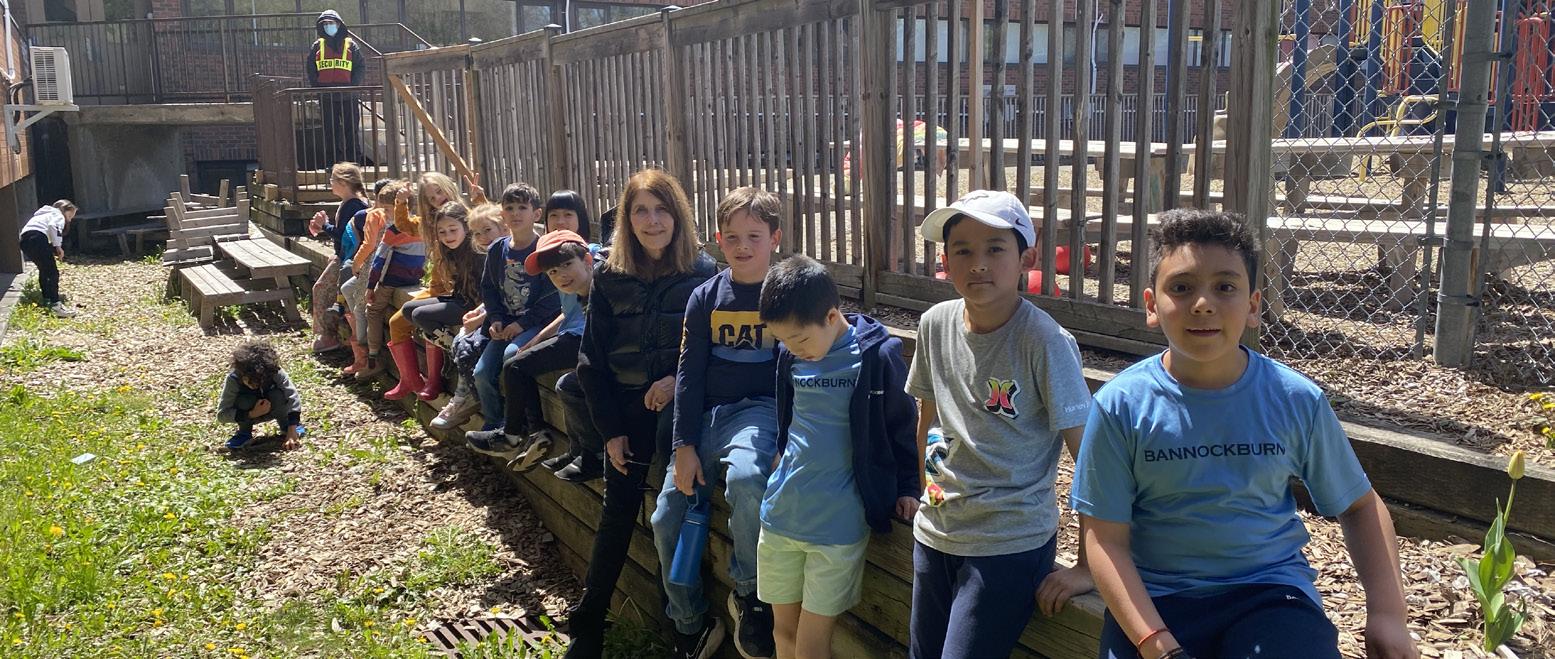
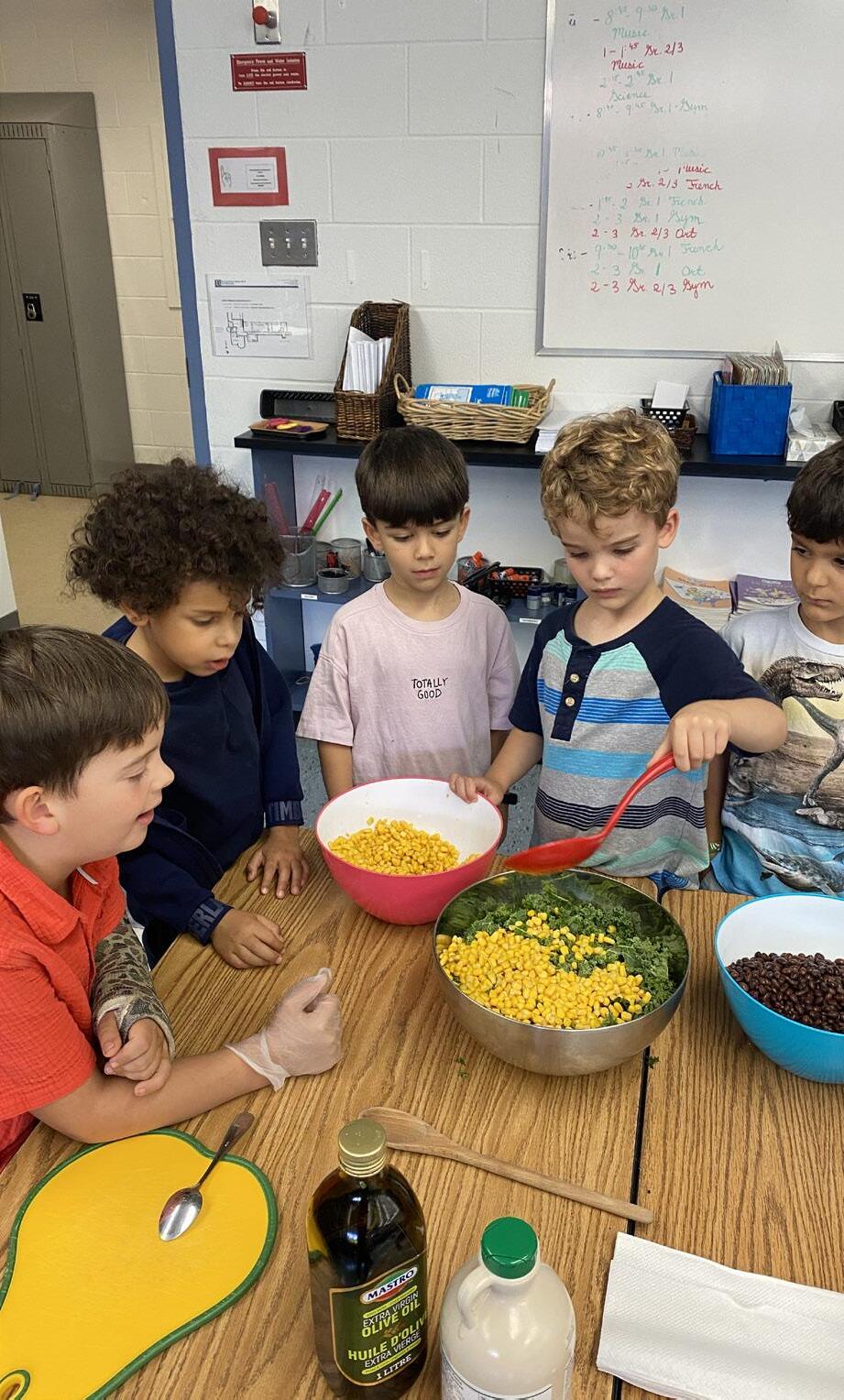
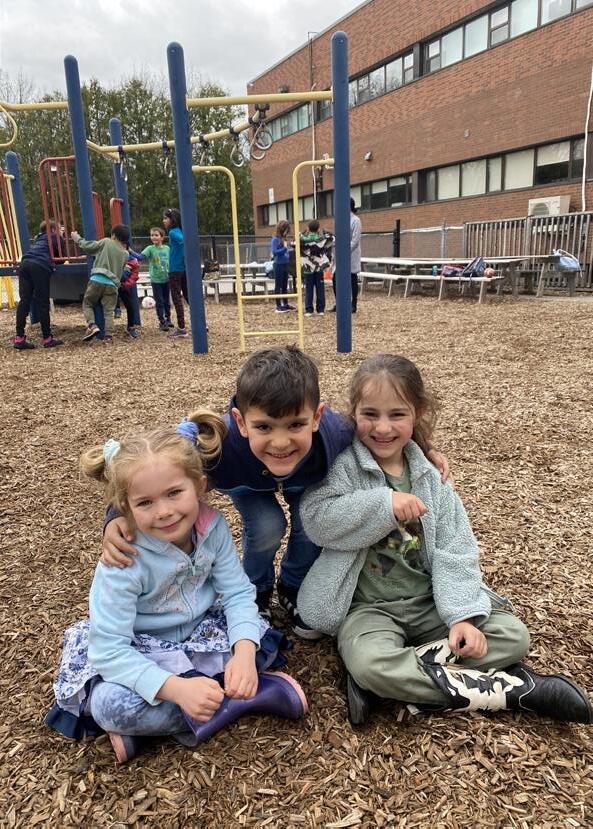
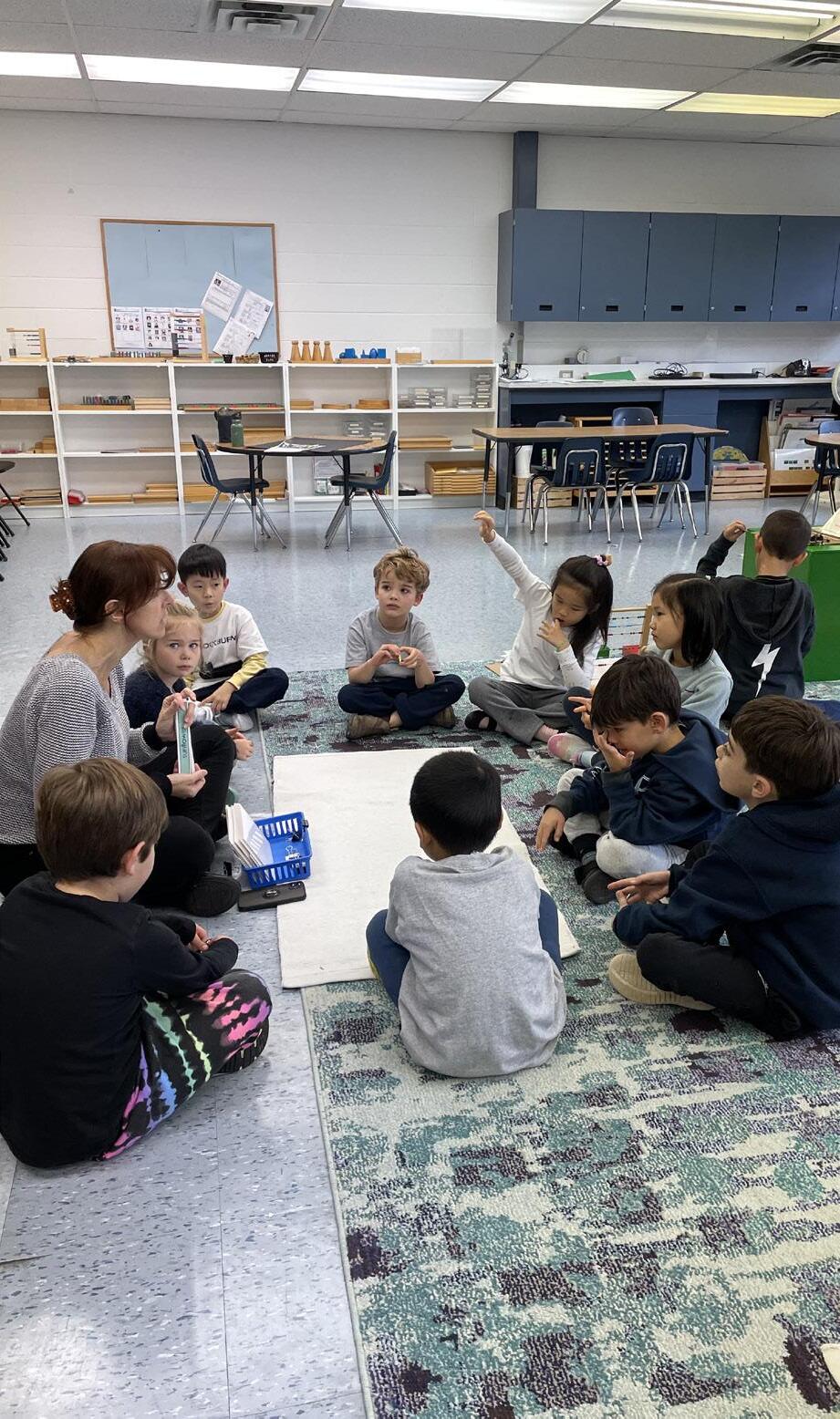

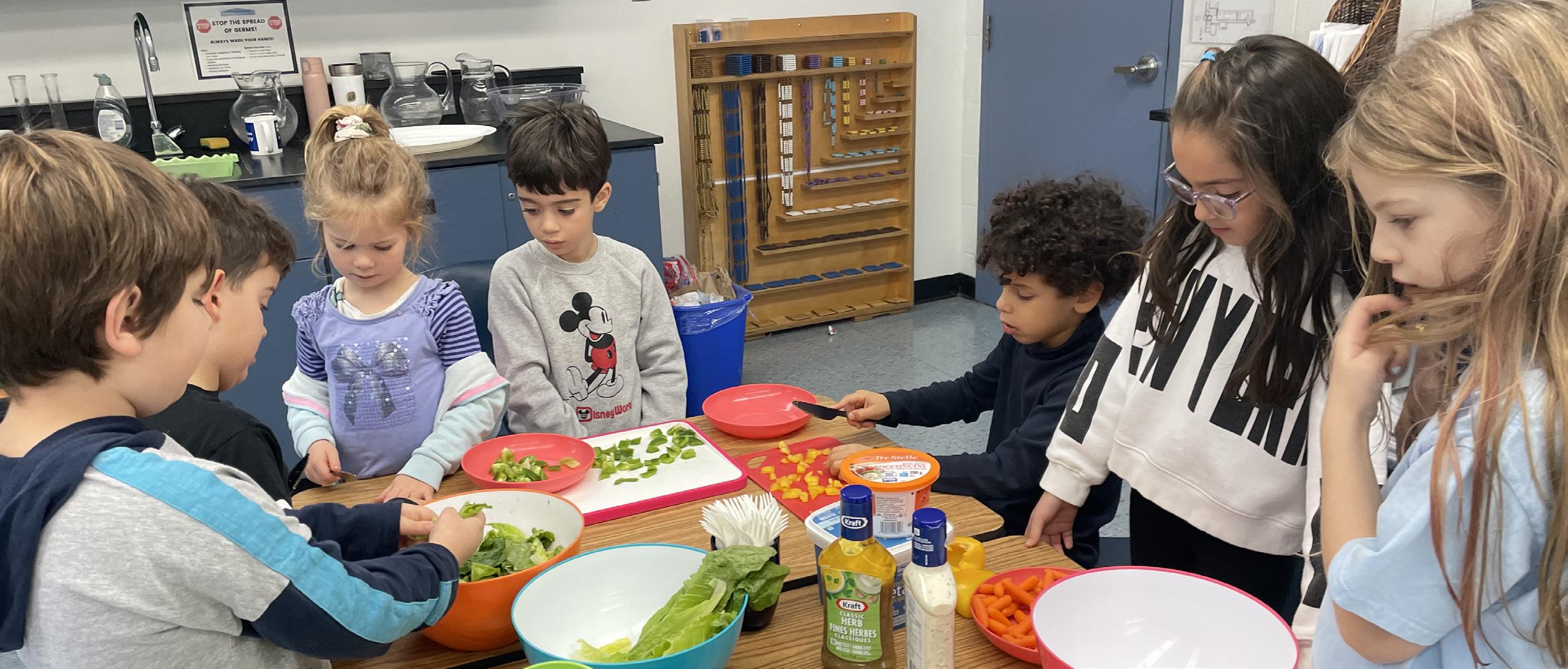
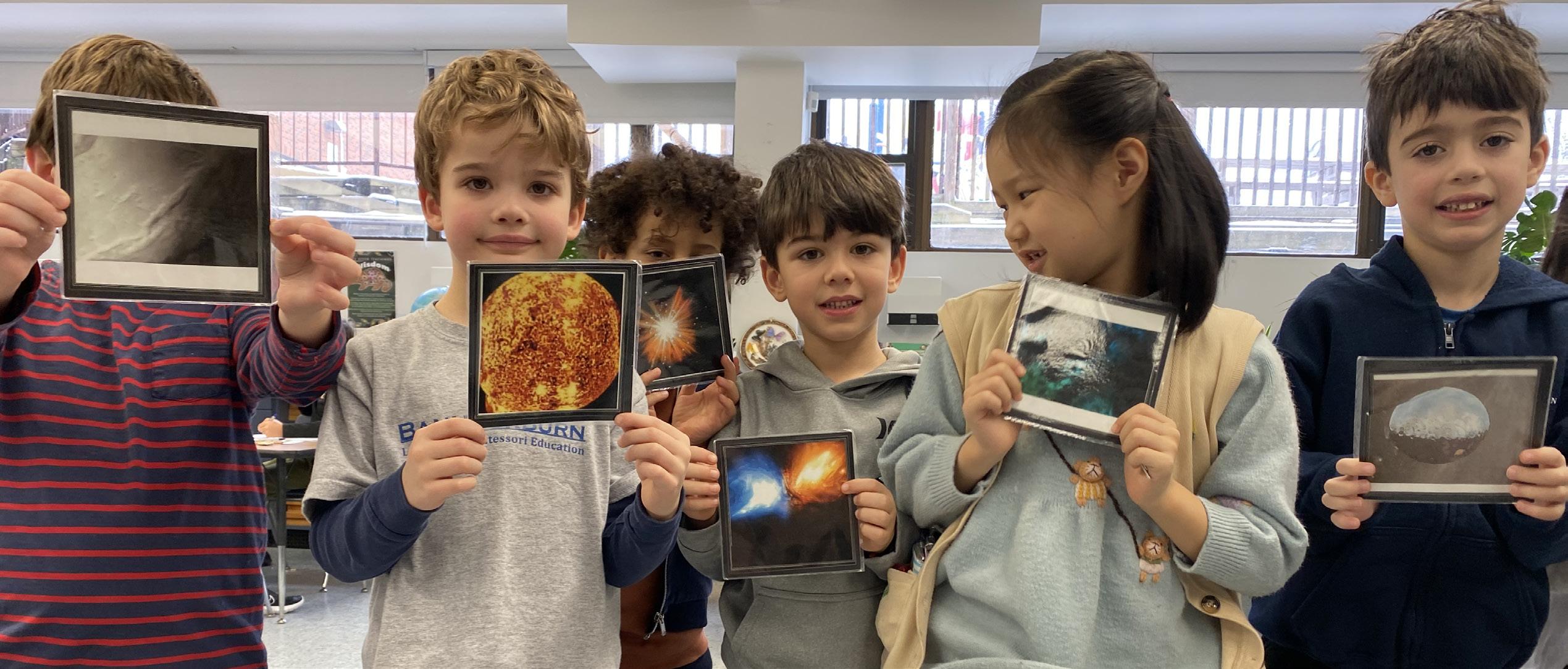
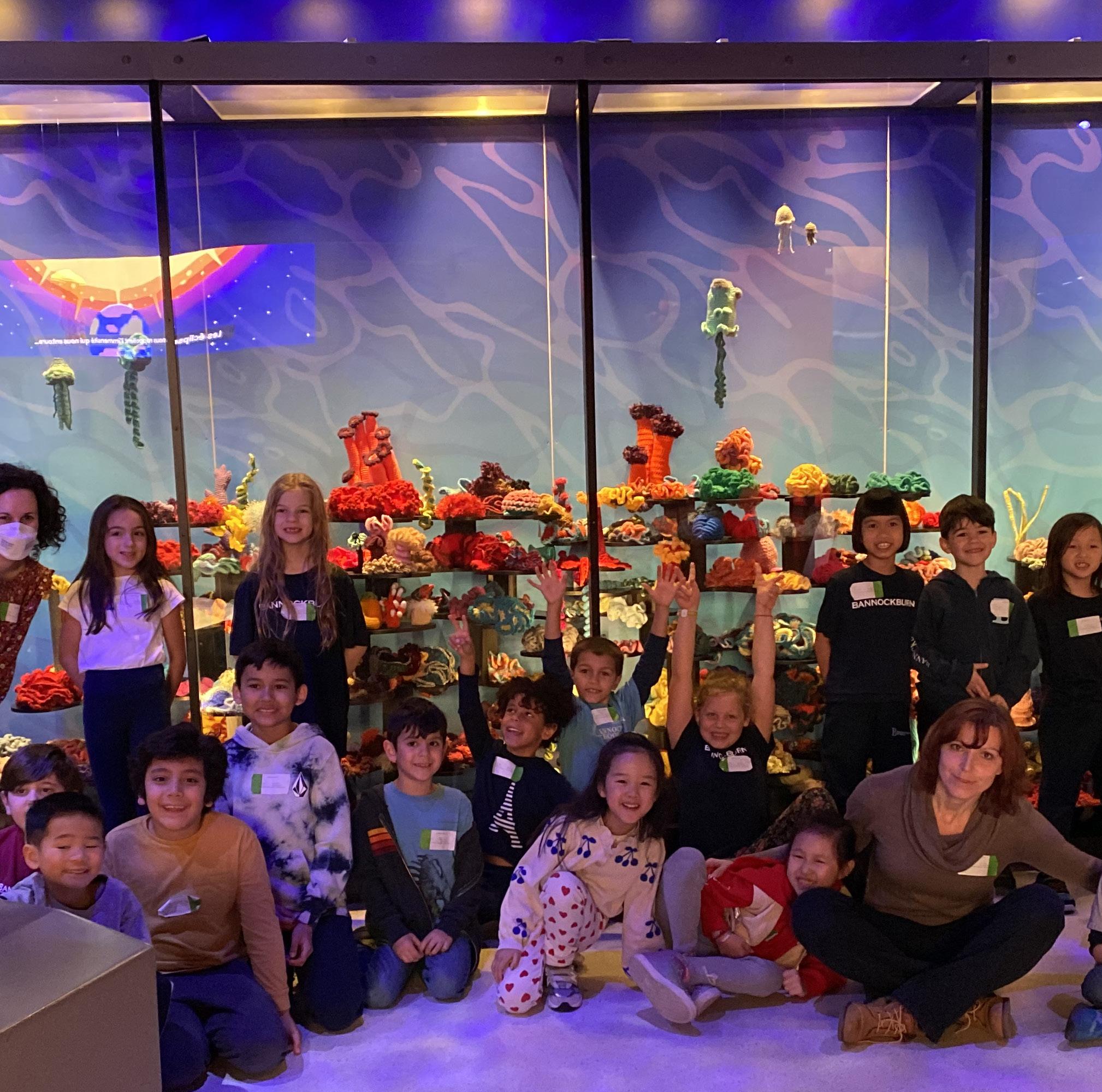
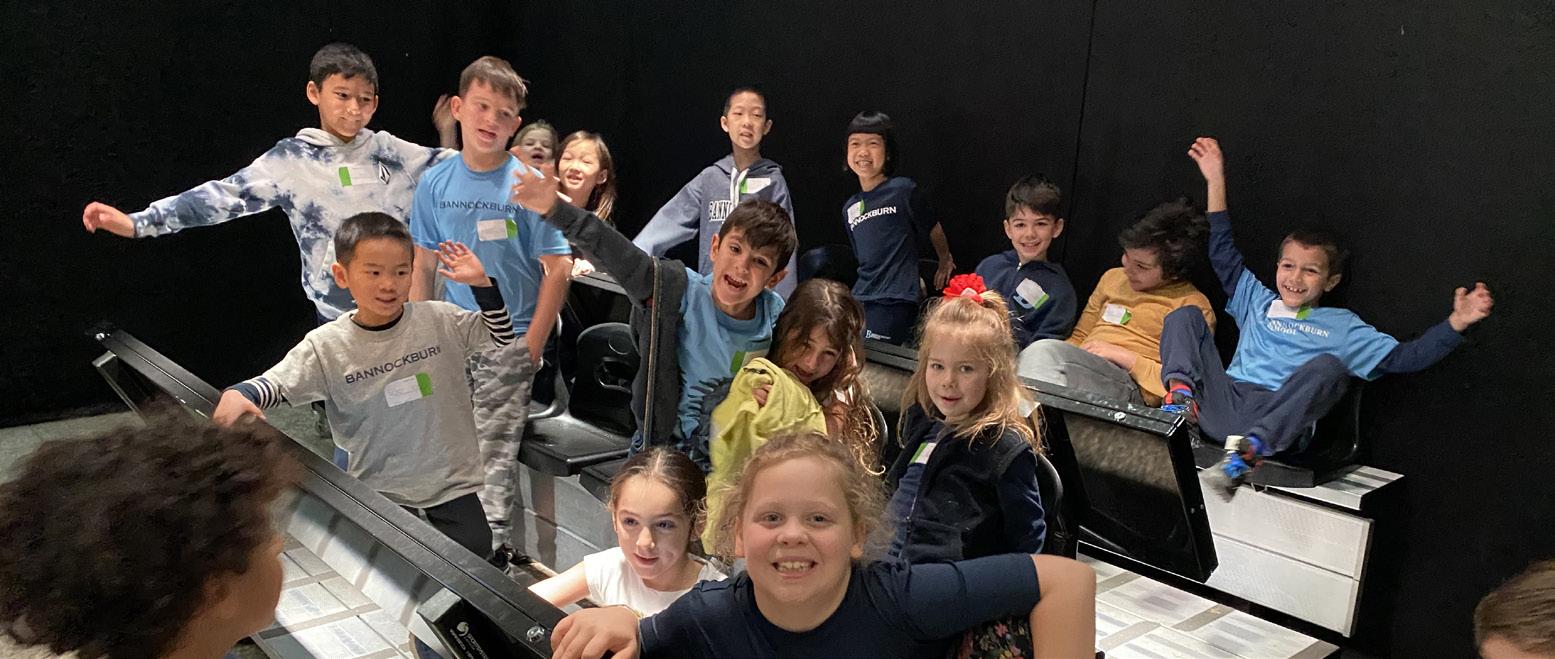

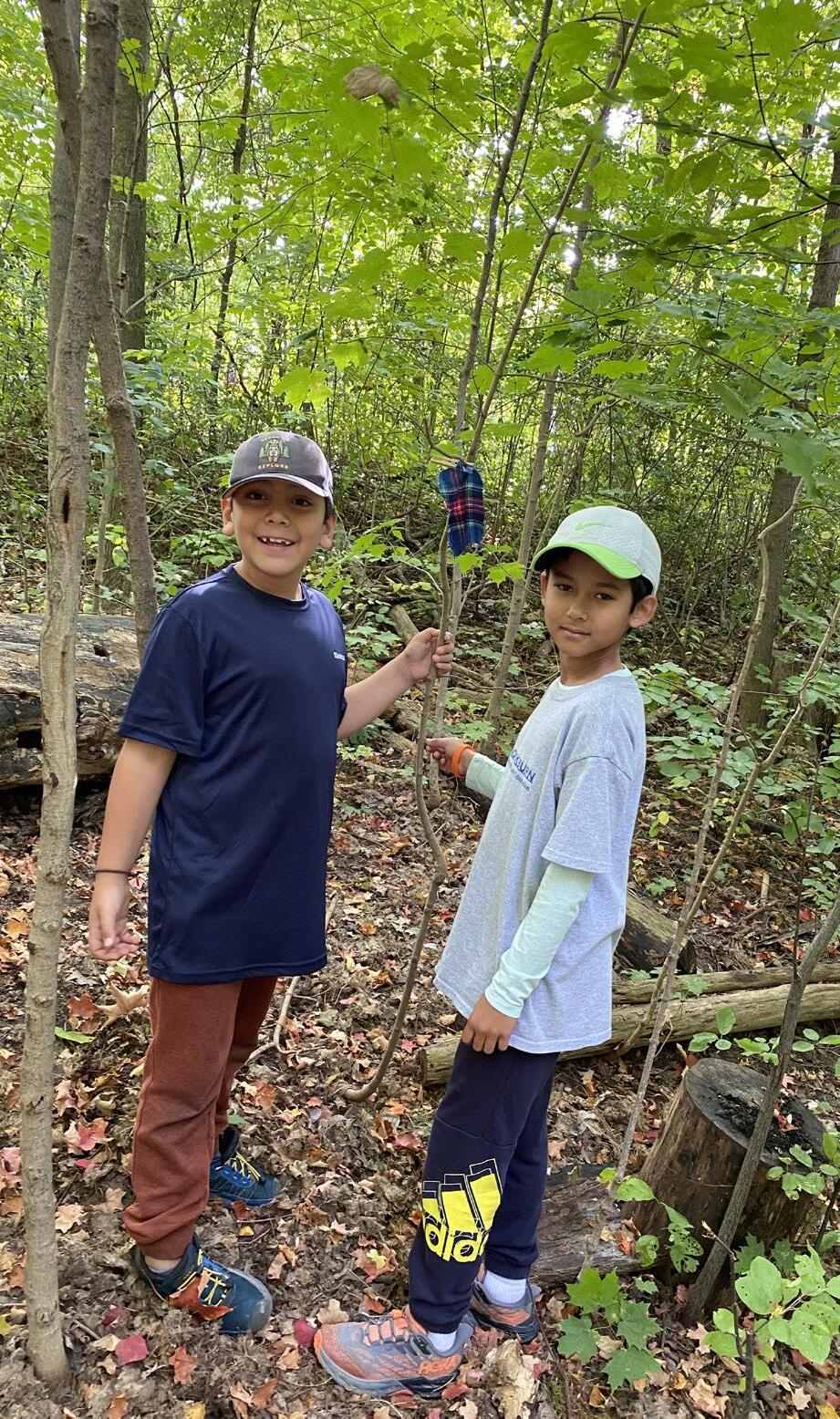

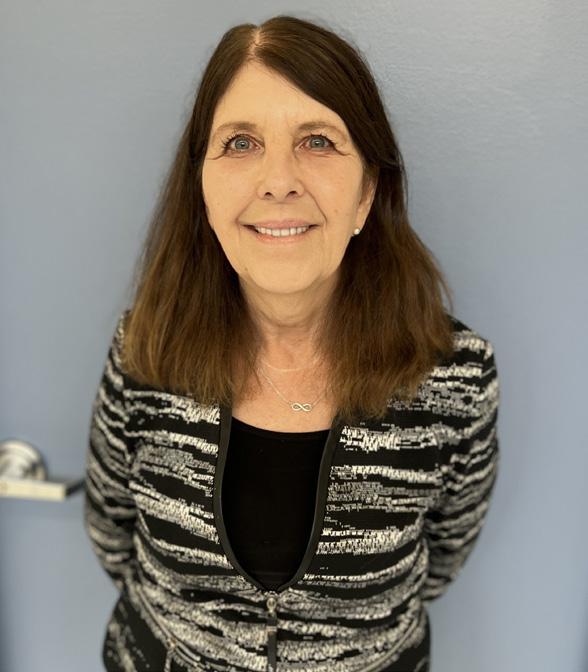
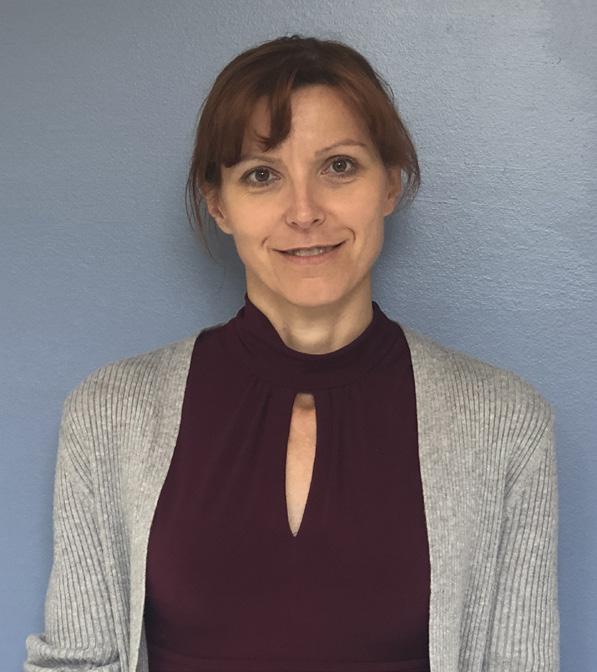
On Thursday, May 16, in between marking a math assignment and putting away all the pieces from an elaborate puppet show, the LEL2 teachers, Donna Boreham and Ewa Matusz, shared what good teaching means, what they love about this age group, and what they wish everyone knew about the elementary program at Bannockburn.
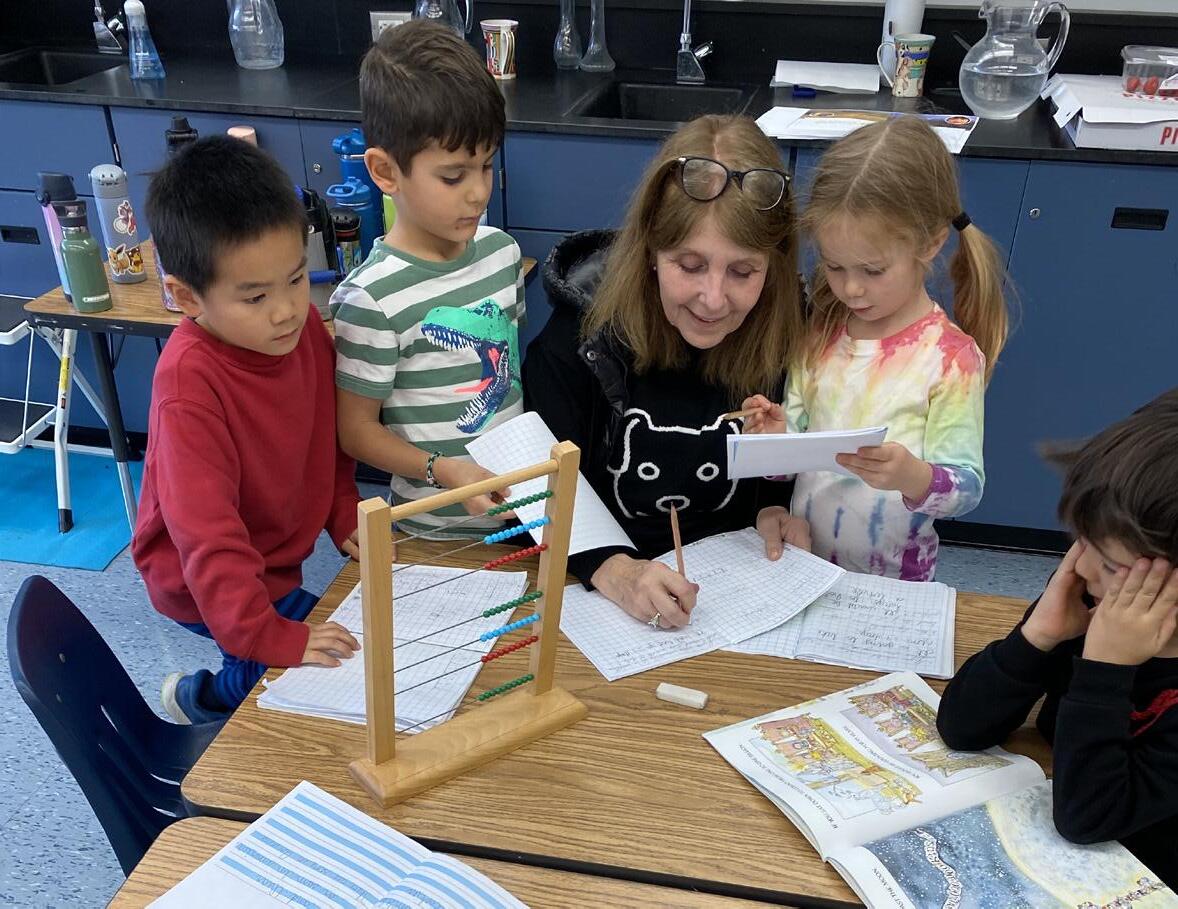
First off, what book or books do you love sharing with your students?
Donna:
I like Dr. Seuss, Arnold Lobel, and this year also Julia Donaldson.
Ewa:
I love the biographies in the WhoHQ series. I love all the fact-based books, science books, non-fiction.
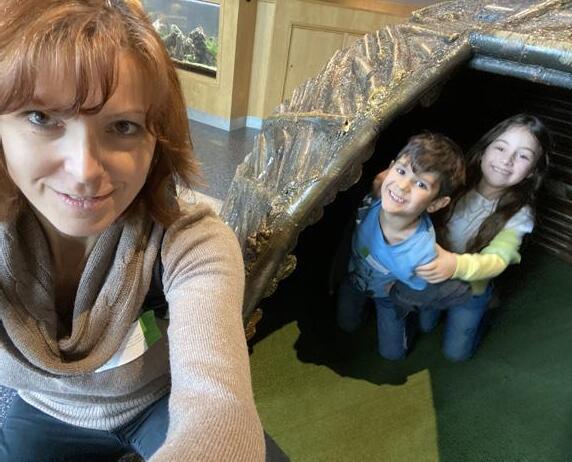
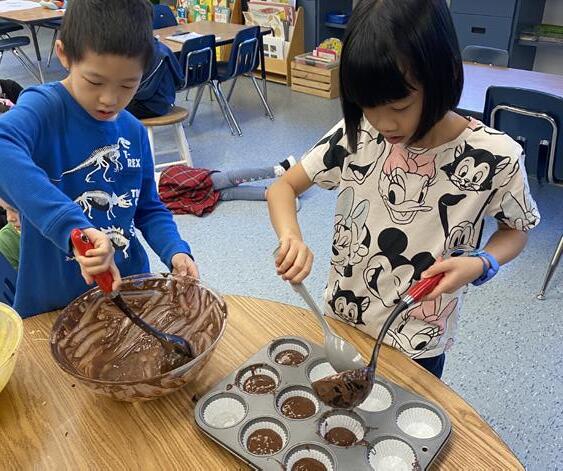
What did you want to be when you were a child? Did you want to be a teacher?
Ewa:
Yes, a teacher, and I also loved history.
Donna:
I think I probably wanted to be a zoologist. I was in love with whales so I wanted to get a job in the aquarium with the whales, but they didn’t let girls go into the aquarium and they only know you if you’re inside the water with them. I’ve always loved animals. I was in Vancouver and got a job instead at the Stanley Park Zoo, which I loved, but then I came back to Toronto. I worked in a kennel with obedience and guard dogs and showing, and then I finished my B.A. I came to Montessori through my love of animals. [Donna later got her Montessori training and was the head of elementary at TMS before coming to Bannockburn.]
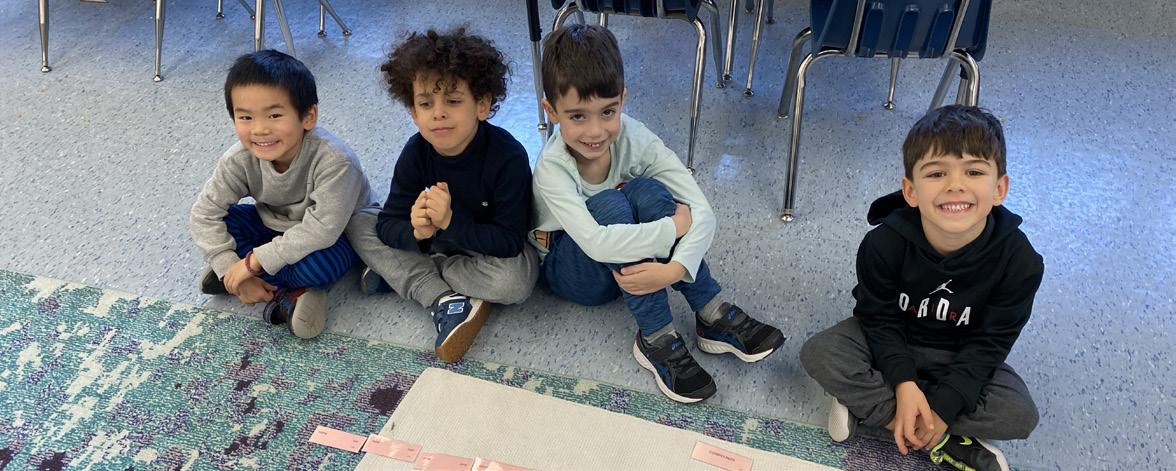
What is it about this age group that you like the best?
Donna:
I always say that the lower elementary has captured my heart.
Ewa:
I was in Casa before [at Bannockburn this is the same as the Primary program], and I think I enjoy each age group. Each of them have their own characteristics that I love working with. Socially, as they connect with each other in LEL, questioning who they are in a group, I find fascinating. I love them.
Donna:
In Primary, children are still very egocentric so they are determined to do things that fit their own ego. Once they become elementary, everything is social. I used to do Grade 3 panels for the parents in which the parents would ask the students questions. One girl said at eight-years-old, “When I came to elementary I didn’t understand what was going on because when I was in Casa I was always reading with the teacher one-on-one. And then when I went to elementary, it was suddenly a group of six other students and a novel. What did those other five people have to do with my lesson in reading? But then I realized over time that we were talking about the ideas, not learning to read anymore.” That social part is important.



What does a good school day or “bloom” look like in your classroom?
Ewa:
When there’s any social conflict and then they come together and figure out the solution. Or if there’s a student who’s having a hard time emotionally and then you see them presenting something beautifully to the class. And then when they connect and do something as a group.
EF:
And maybe they surprise themselves about what they can do in those moments, too?
Ewa:
Yes, exactly.
Donna:
For me it would be the interest. I love it when the children are interested and then get an idea of what to do. The possibilities are sort of endless in this kind of environment. As long as the child has an interest, you always have a way in. It’s when they don’t have an interest that you don’t know where to start.
Ewa:
Donna initiates extra activities and projects with them to nurture that interest and realize they can be creators.
Donna:
I love how a bloom can be contagious. Say, with the tulips. We had this idea of planting tulips last year, so this year we asked the Grade 3s to be tulip farmers. They did research, the school ordered the tulips, and we did the weeding. We did an experiment with the tulips in the fridge and then it was very exciting to see them come up. The students heard that plants like music so they wrote poems that turned into songs and sang to them.
EF: Beautiful.
Donna:
The objective for me is to give children the feeling of having agency over their own learning.
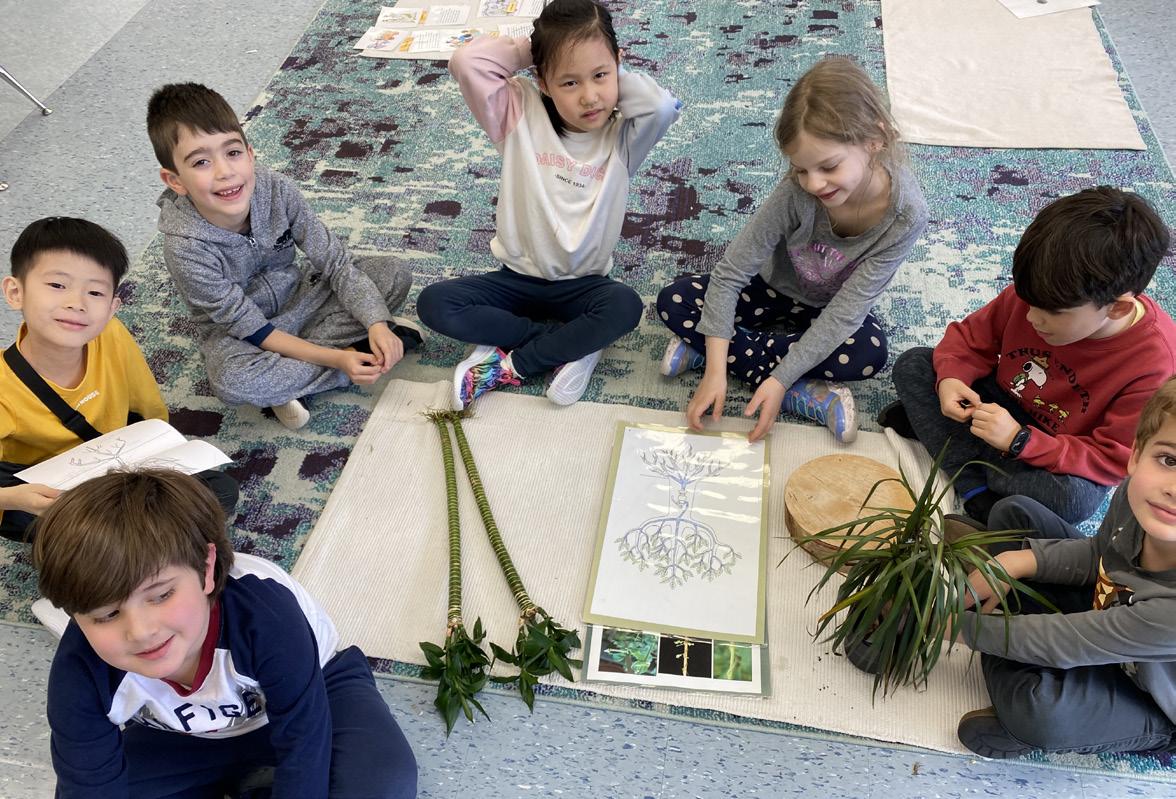
How would you like your students to describe you?
Donna:
I used to think about that as an administrator because there were some teachers who taught for 40 years and former students didn’t tend to visit them, and then there were others for whom the children kept coming back. If a child loves their teacher, they love learning. And if you love your students, you love teaching.
Ewa:
I love that. I always wanted to be the teacher who could be both, who could challenge the student, but within a structure of warmth. They feel comfortable and trust you and know that you love them, and part of that love is inspiring and motivating them.
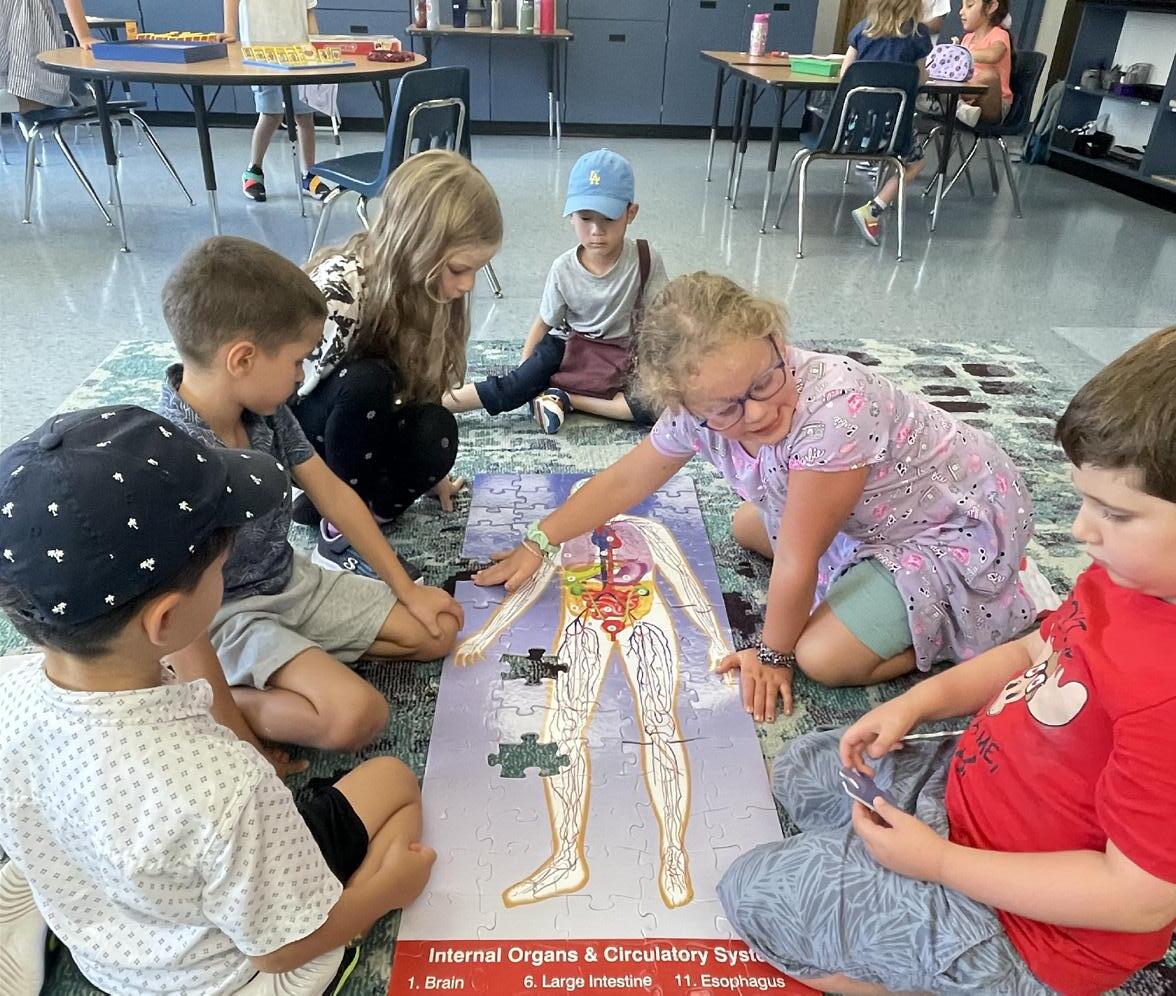
What do you wish everyone knew about the elementary program at Bannockburn?
Ewa:
That we really love and care about our students and their growth.
Donna:
At Bannockburn, we have the ability to have a personal connection and relationship with each individual child. There is an ideal Montessori school size and it’s 175 students. If it’s more than 175, you may not know everyone’s names. But here we do. Our objective is to foster their growth in learning all things—social, emotional, educational—and empower them to manage their own best solutions.
Ewa:
Everything Donna said, and encouraging them to be lifelong learners.
Donna:
I convey to them that I don’t know all the answers. No one does. And not knowing everything means that they can find out things on their own and teach them to me. If we were born knowing everything, we wouldn’t need school.


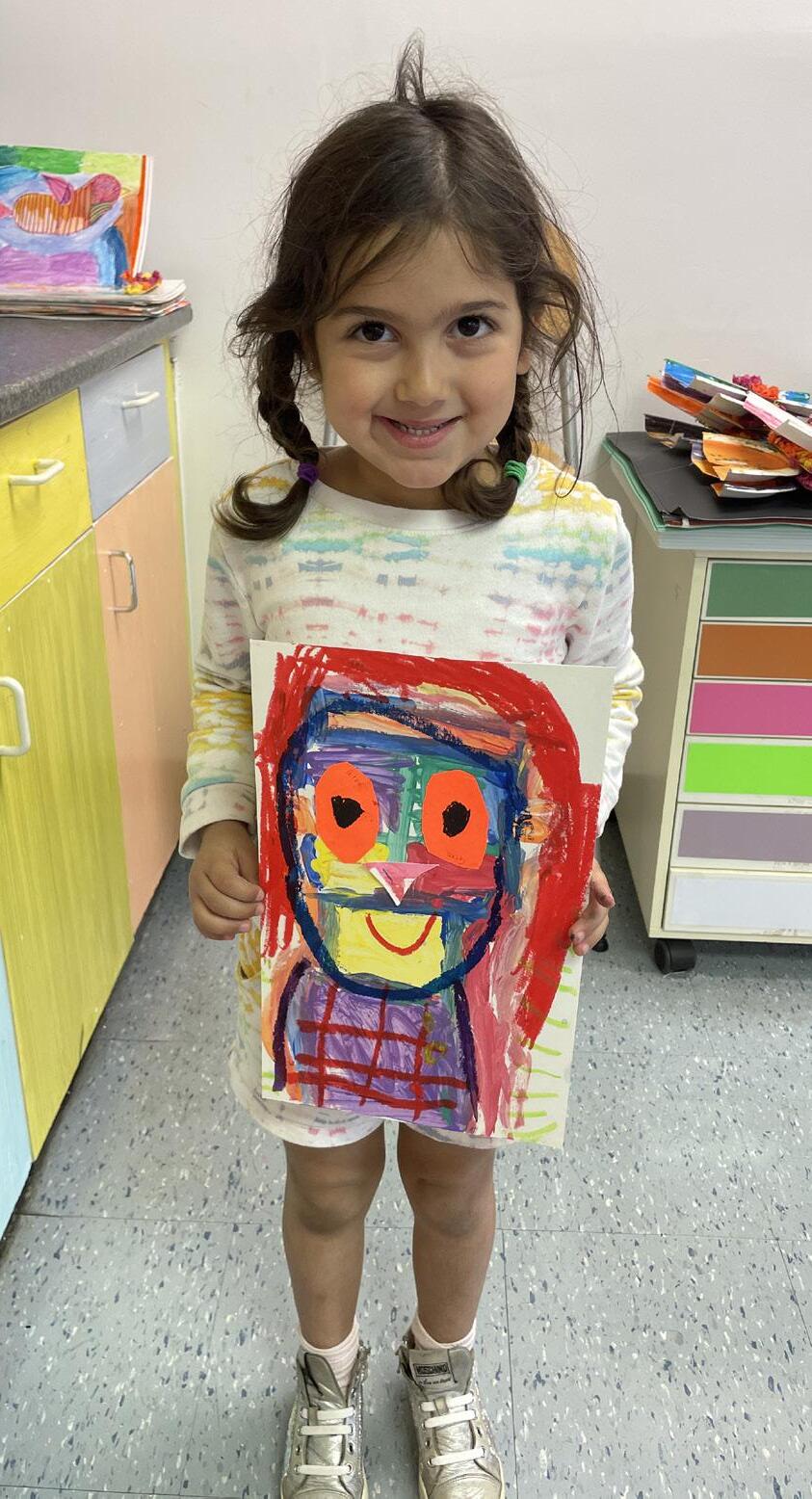
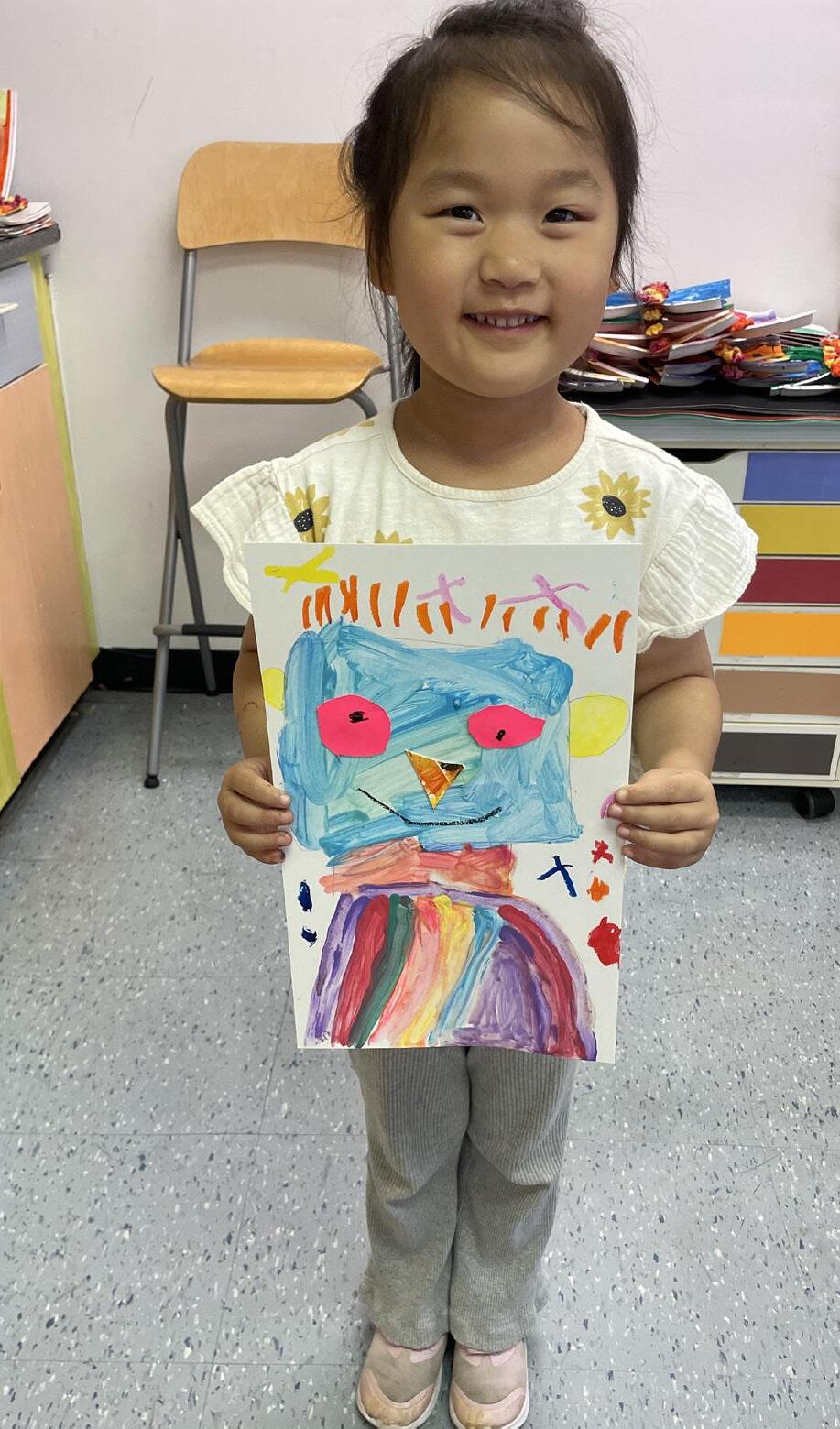
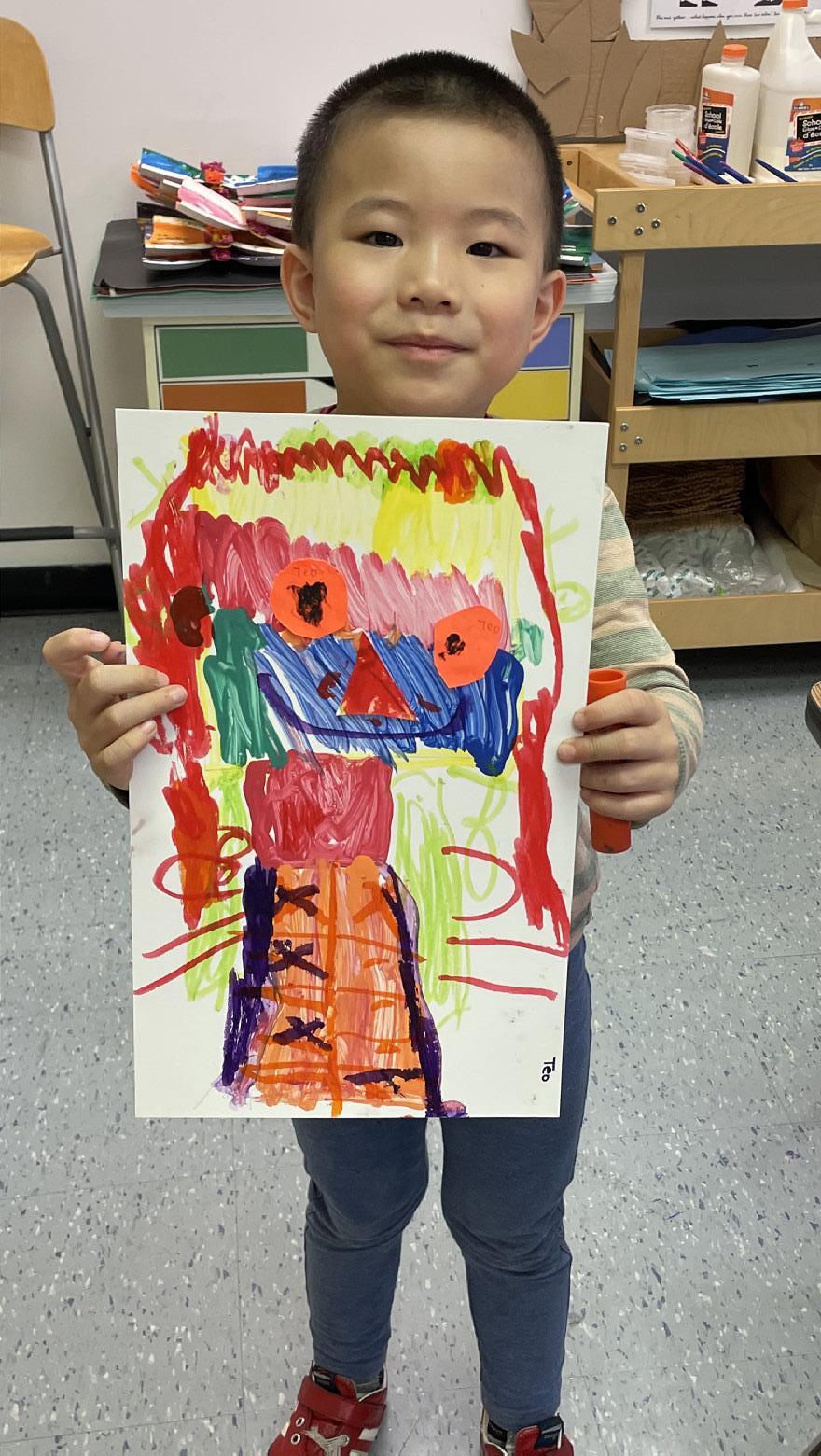
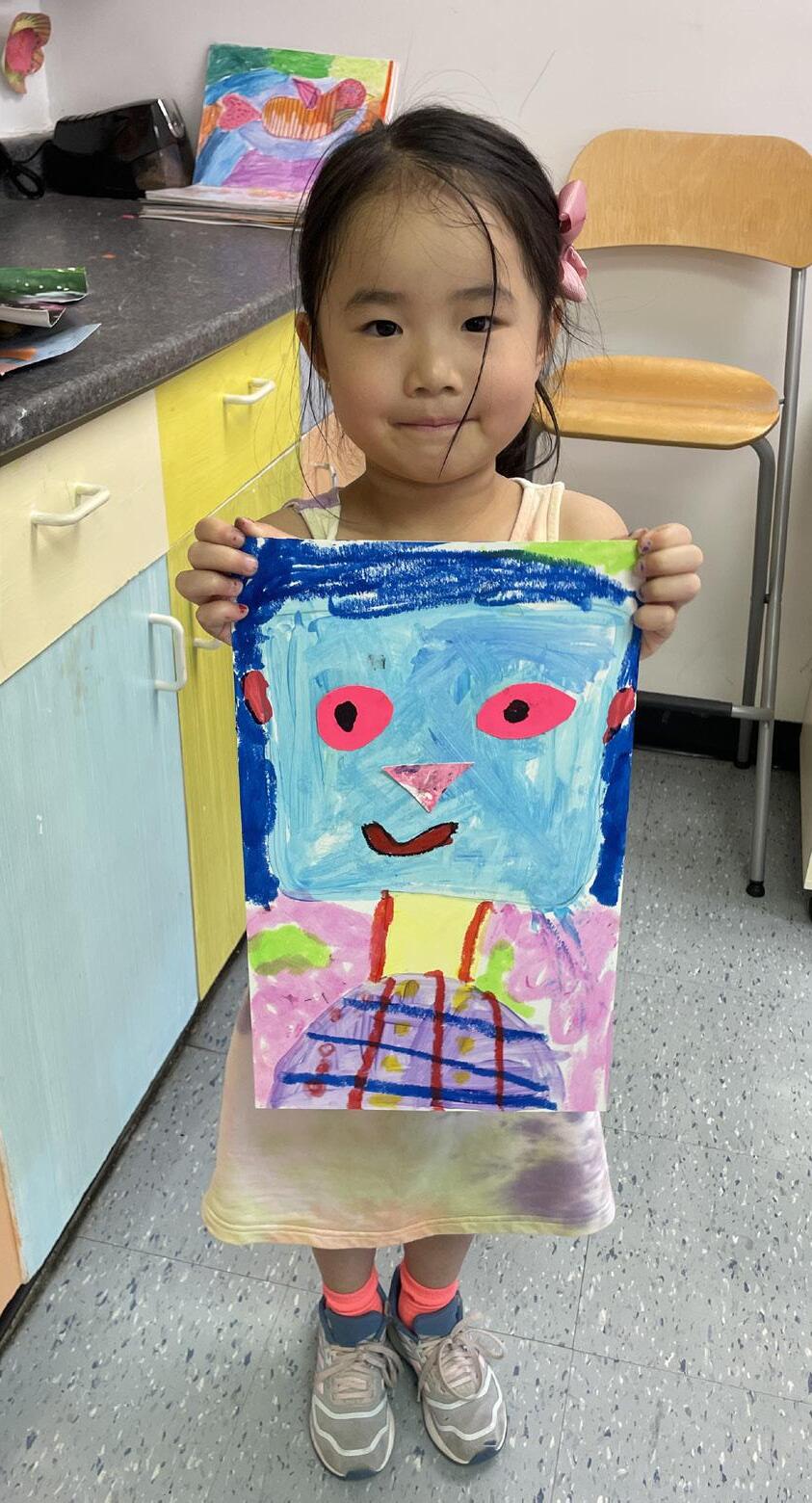
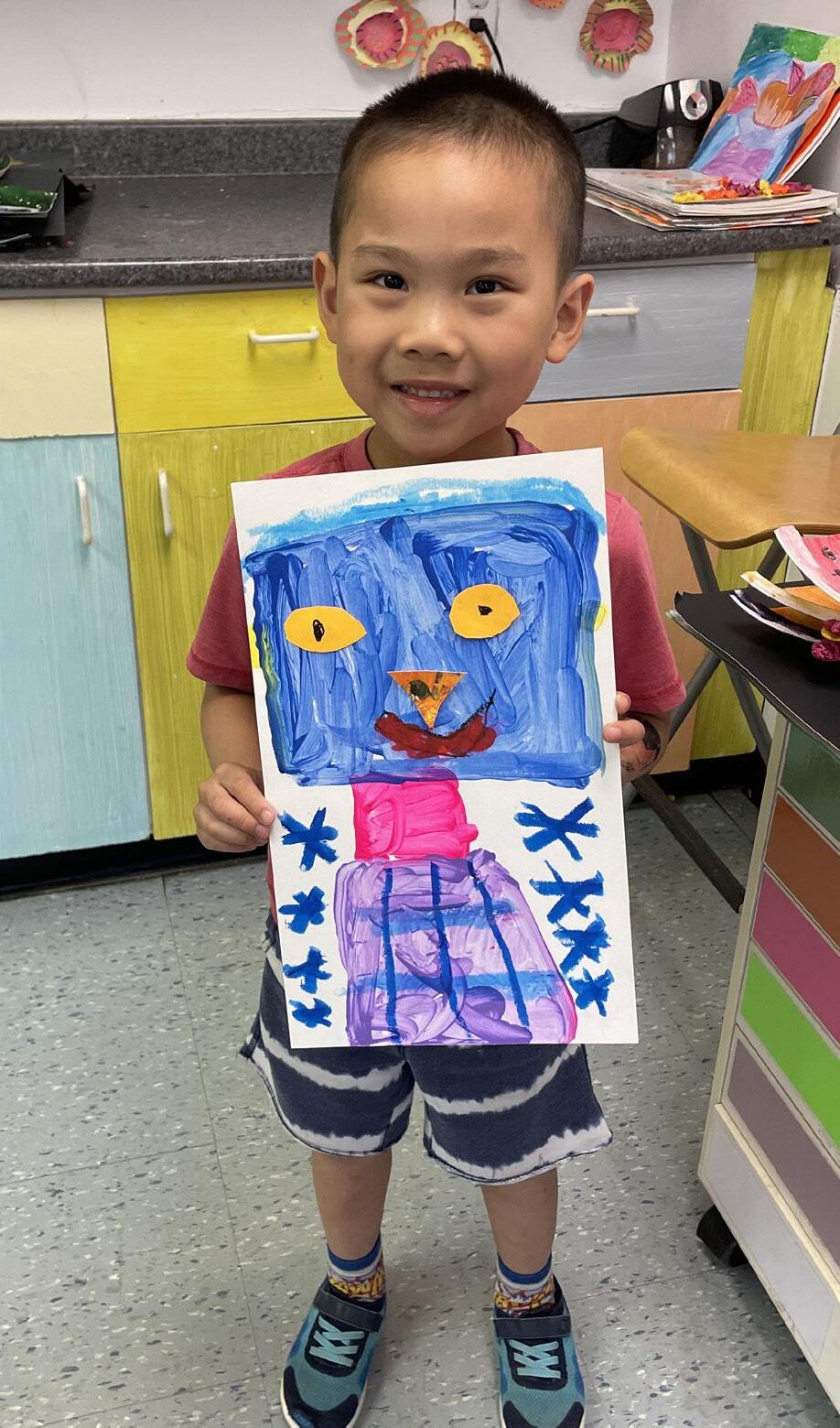
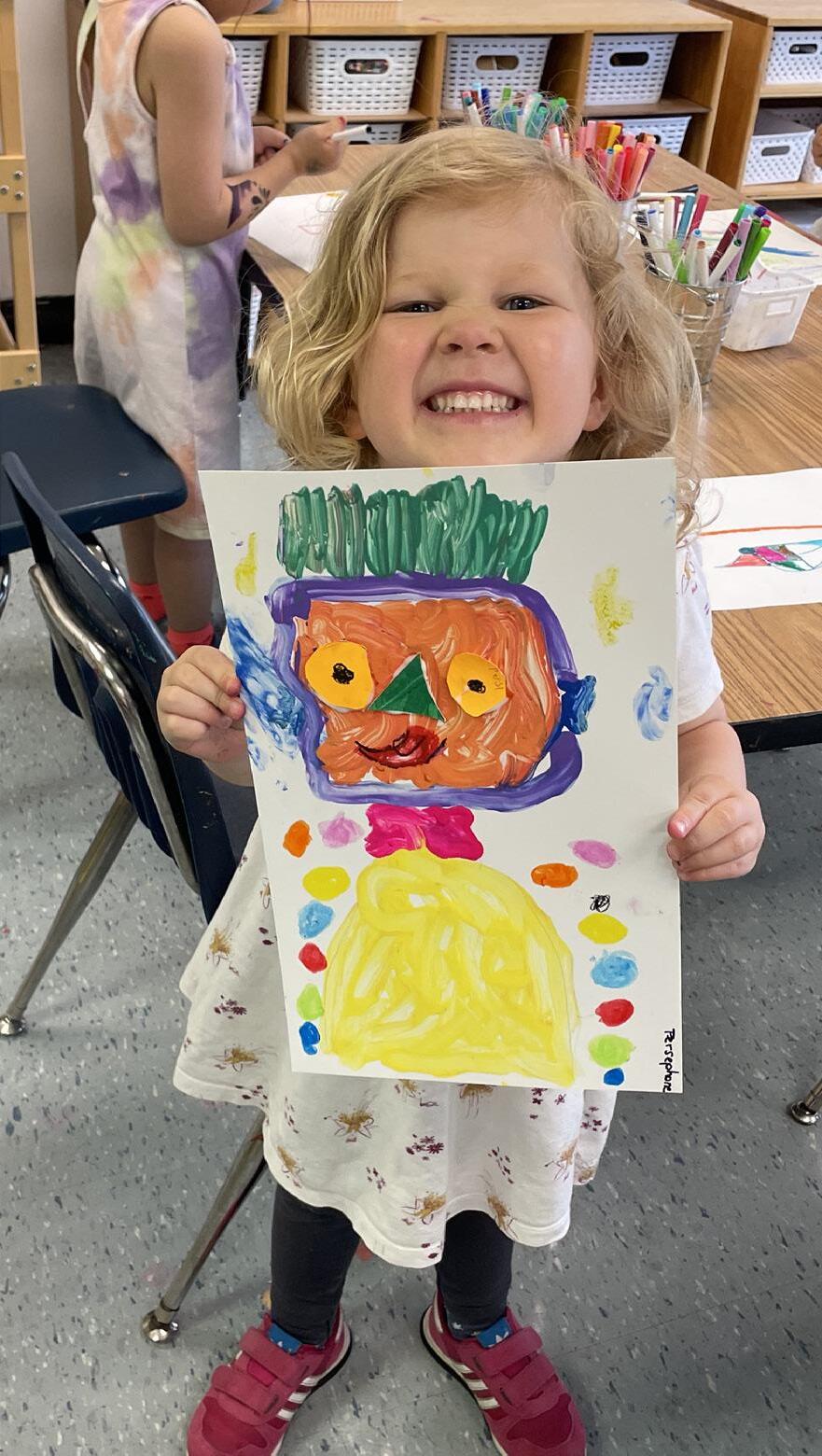
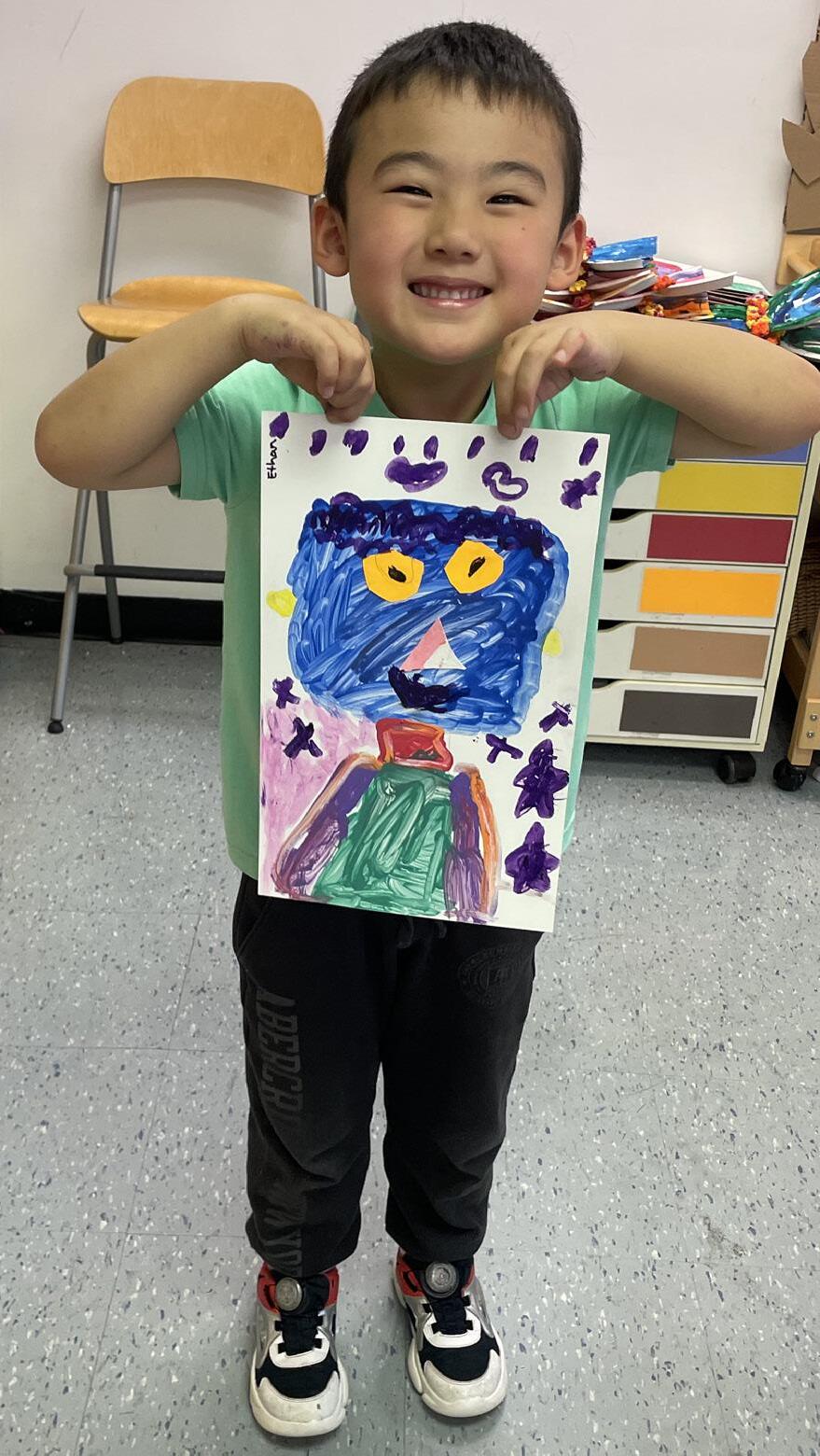

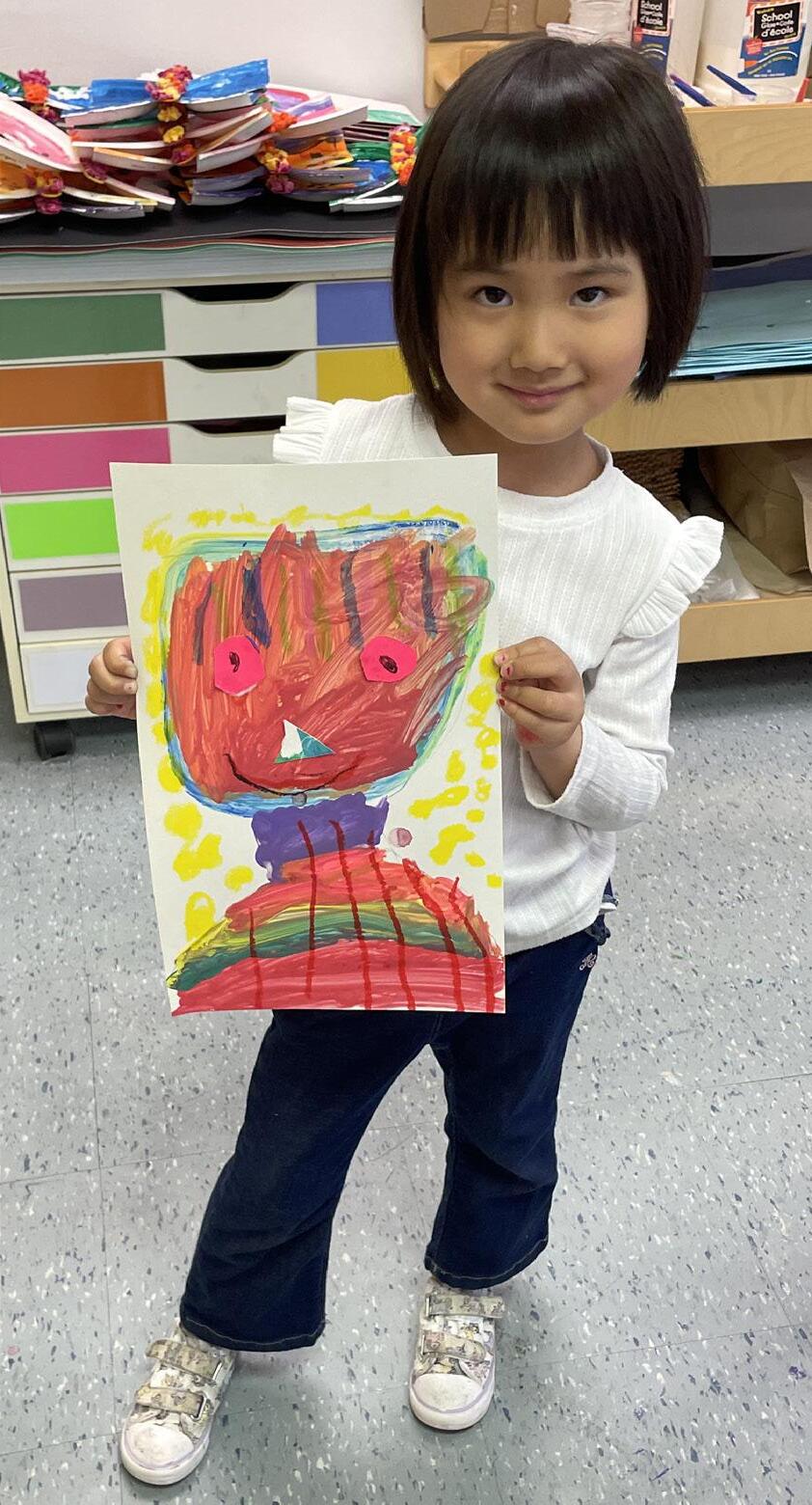
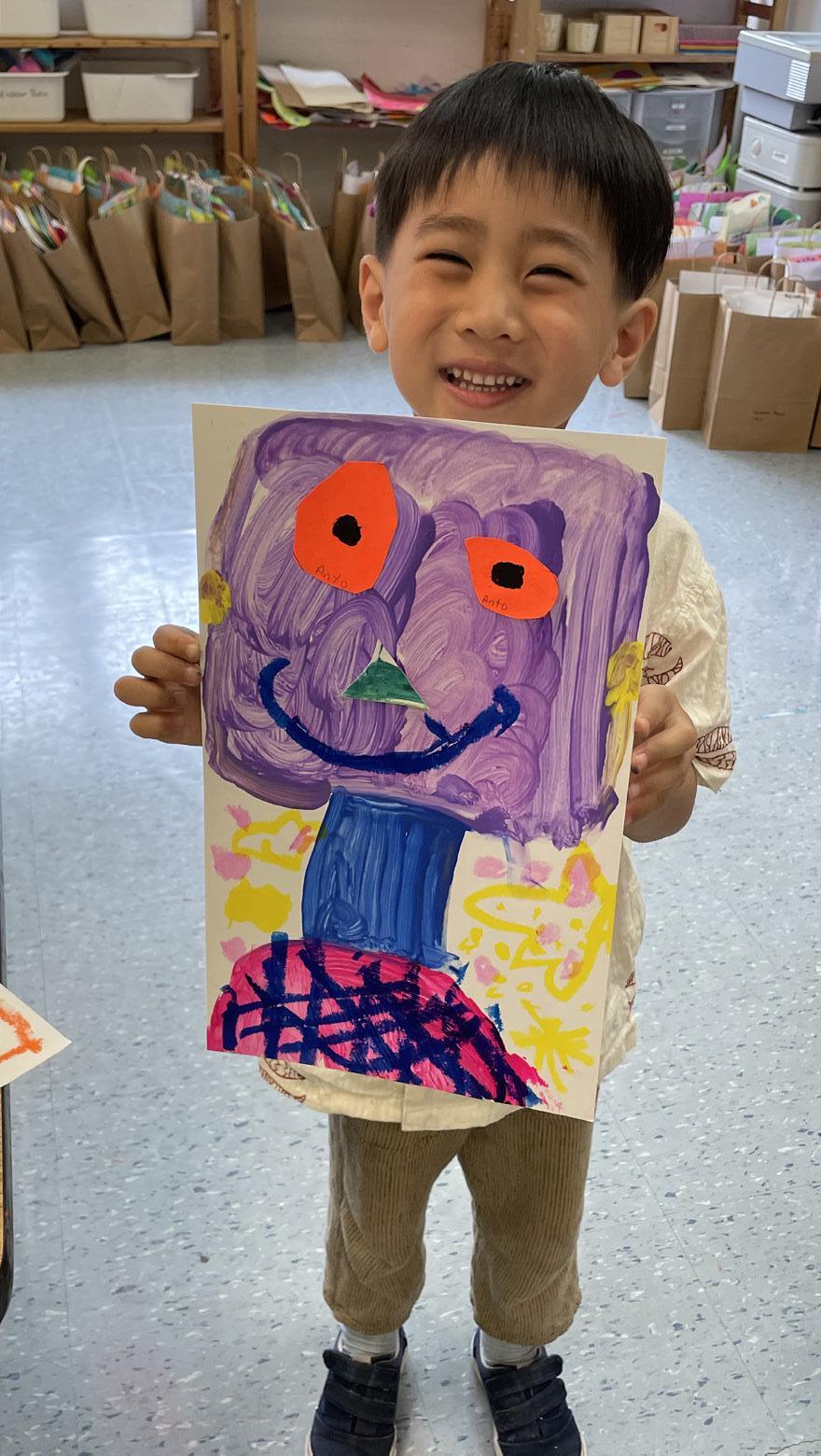
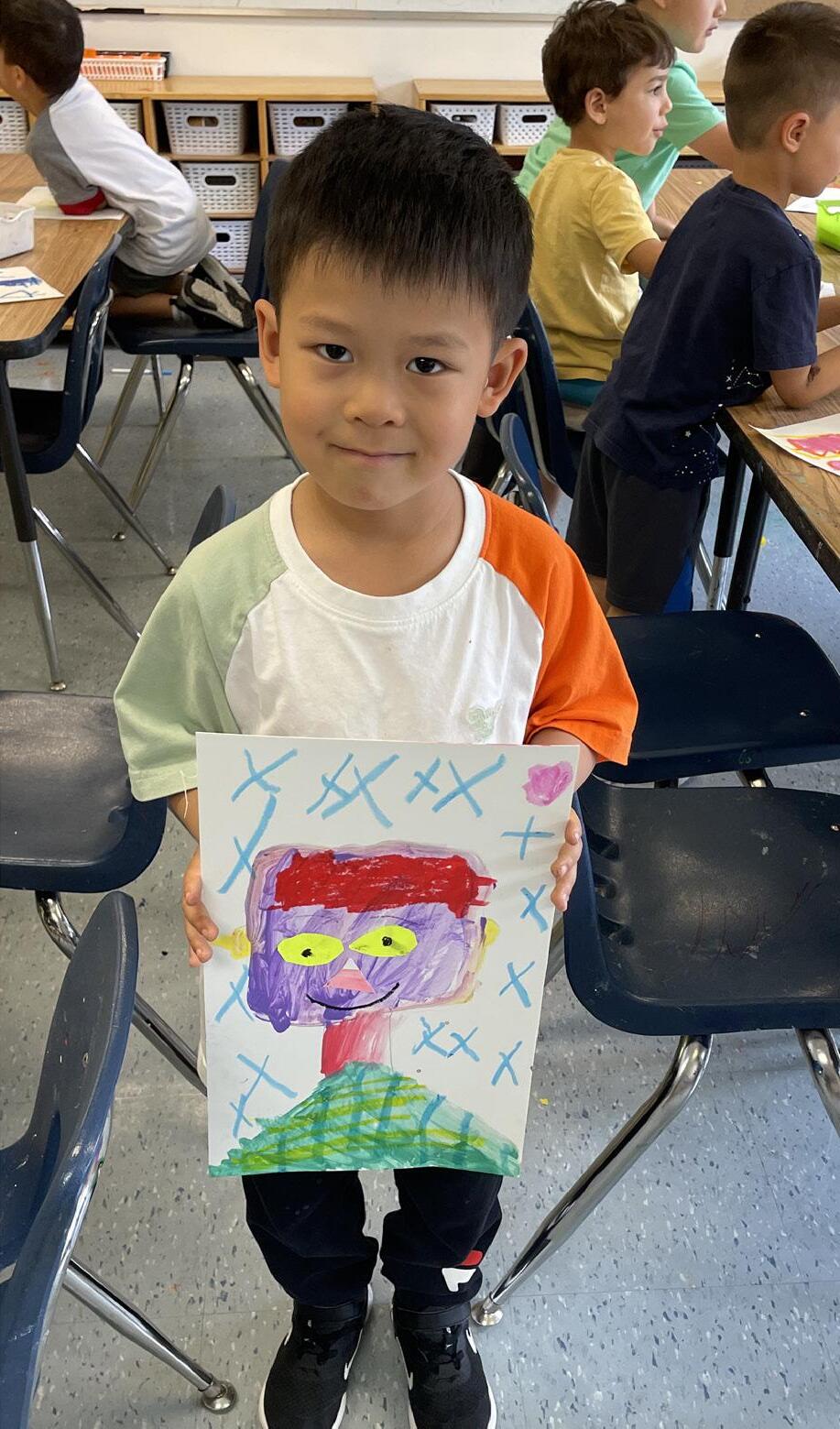
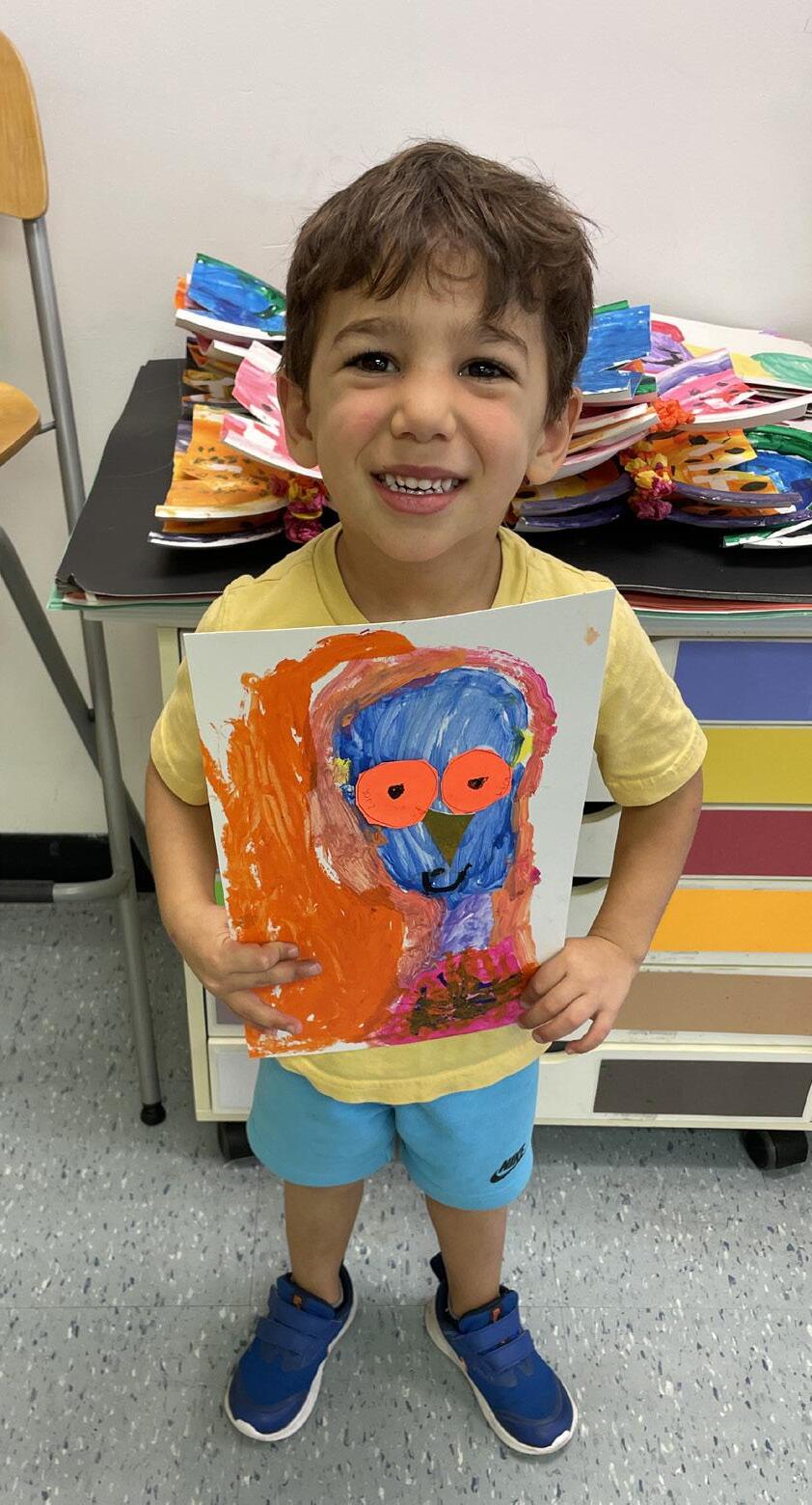

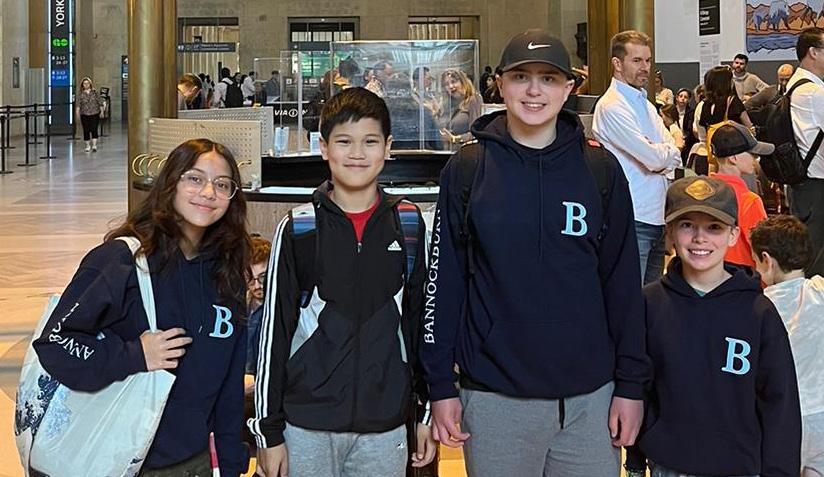
I had the pleasure of interviewing the Bannockburn grads—Ben, Charlie, Grace, and Patrick—while Toni, our Communications Assistant, recorded them to make a video for their graduation. Here are some highlights! To see the full conversation, please join us at graduation on June 14 to celebrate these fantastic young people. Below is an edited version of our conversation.
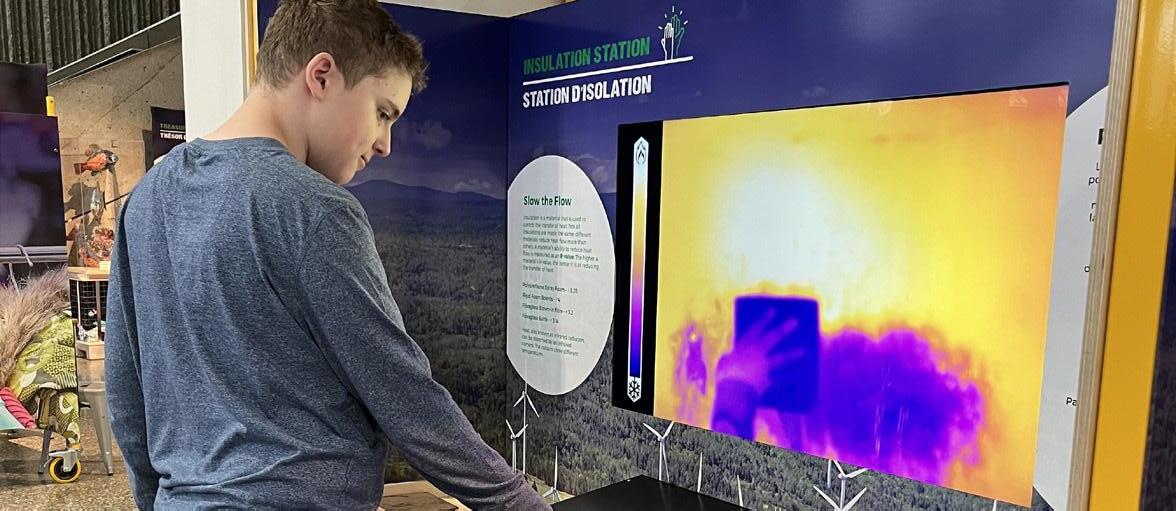
“I was nervous,” he said.
You would never know that to see Charlie now with his fellow grads, a band of hilarious kids. To wit, when asked what a theme song of this grad year might be, Charlie responded, “The Wheels on the Bus,” and everyone cracked up.
His favourite subject this year was Science, although he enjoyed A Tale of Two Cities in the novel study and his other subjects as well. His favourite movie of the year was Spider-Man: Into the SpiderVerse.
Charlie will be attending WillowWood School next year where his goal, simply and touchingly, is “to learn.” And he has a similar outlook on his future prediction: “I will be successful.” To know Charlie is to know that this is true.
For his teachers he said, “Thank you for the learning and the memories.”
Ben MorganBen’s earliest Bannockburn memory is from Grade 1 when Ms. Ashworth was reading the class The Philosopher’s Stone. Ben was both a bit scared and enthralled at the time. His love of learning and school continued on with a steady beat. When asked about his favourite school day of the week, he said, “Monday, because you’re in a new week and you can start working on lots of things and you can get a lot of things done before Thursday and Friday.”
One of the things he worked on that brought him a lot of pride was his position paper for MMUN about “reducing space threats through norms, rules, and principles of responsible behaviour.” (You know, that typical topic for an 11-year-old.)
He said that his favourite subject was language, but his love of animals and the natural world is a big part of his educational journey, too. He wants to be a biologist or marine biologist. The animals at the heart of the movie Migration are perhaps why he chose it as his favourite one of the year.
“I like talking about animals. There are plenty of animals that most people don’t know about, or things they can do that people wouldn’t think is even possible.”
Speaking of what’s possible, Ben is happily anticipating his own next steps. He will be attending the York School for Grade 7, for which he is very excited, even though he knows there is much to miss here at Bannockburn. “I’ll miss the community the most. I have a lot of friends here.”
But first, he’s looking forward to celebrating with those friends and his family at graduation, and maybe even a visit to Sushi Inn in Yorkville, his favourite restaurant.
He ended our interview on a note of gratitude for his teachers.
“Thank you for teaching me this year. I learned so much. And all the other Specialists, too.”
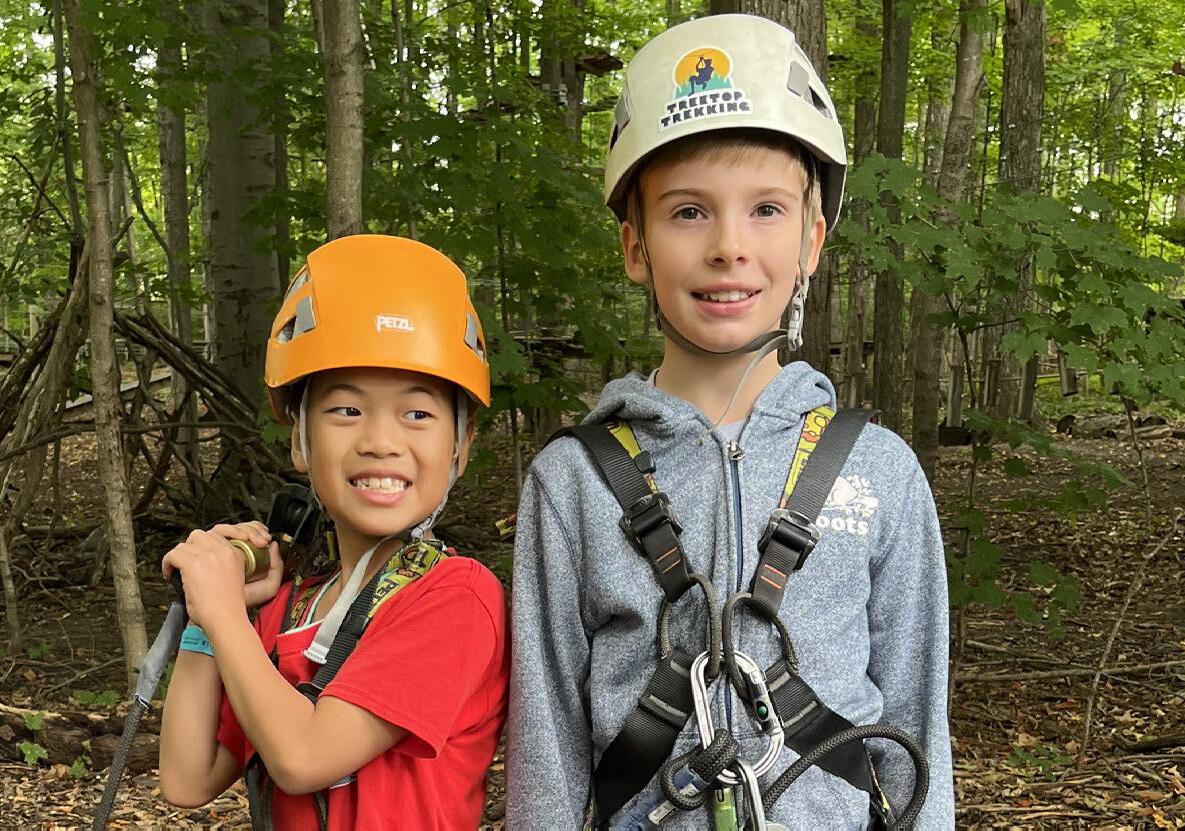
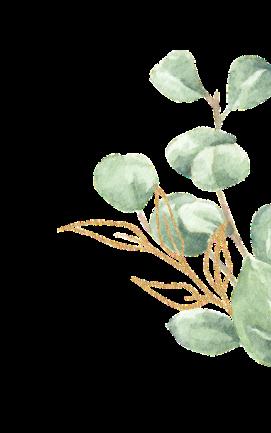

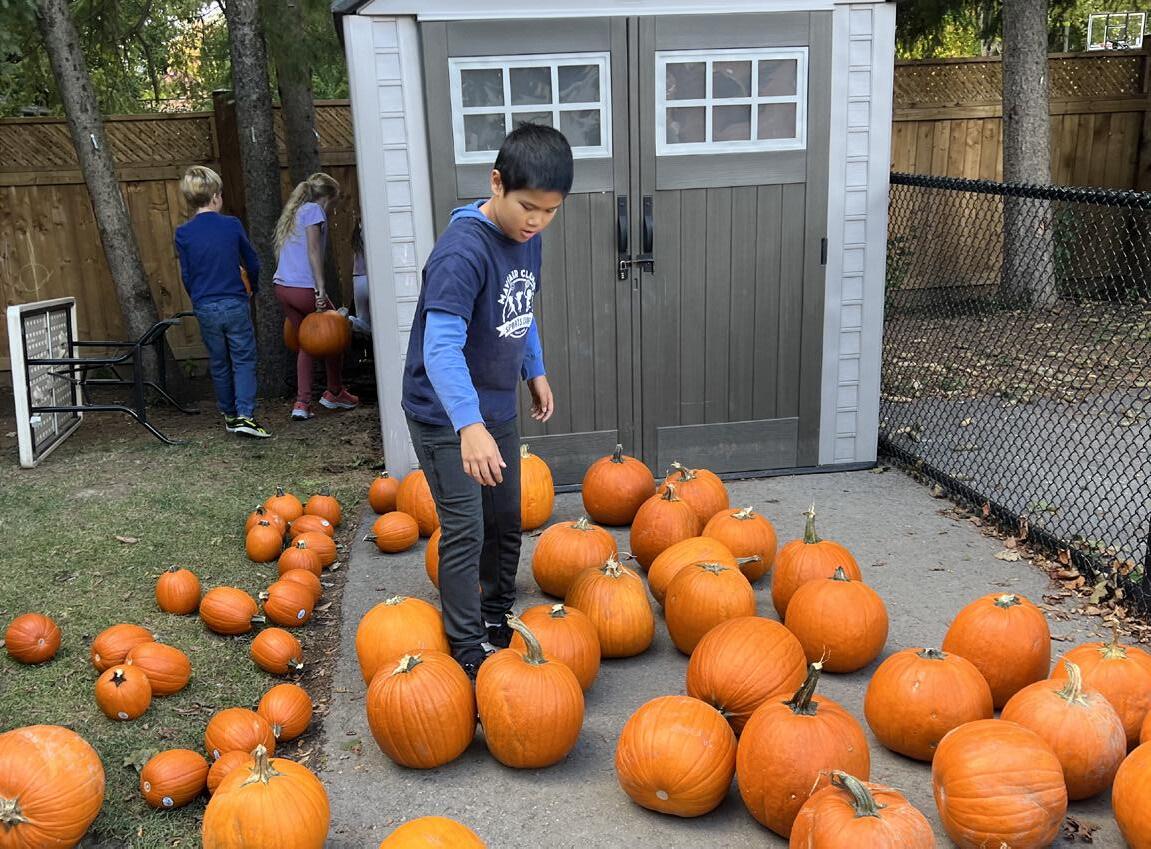
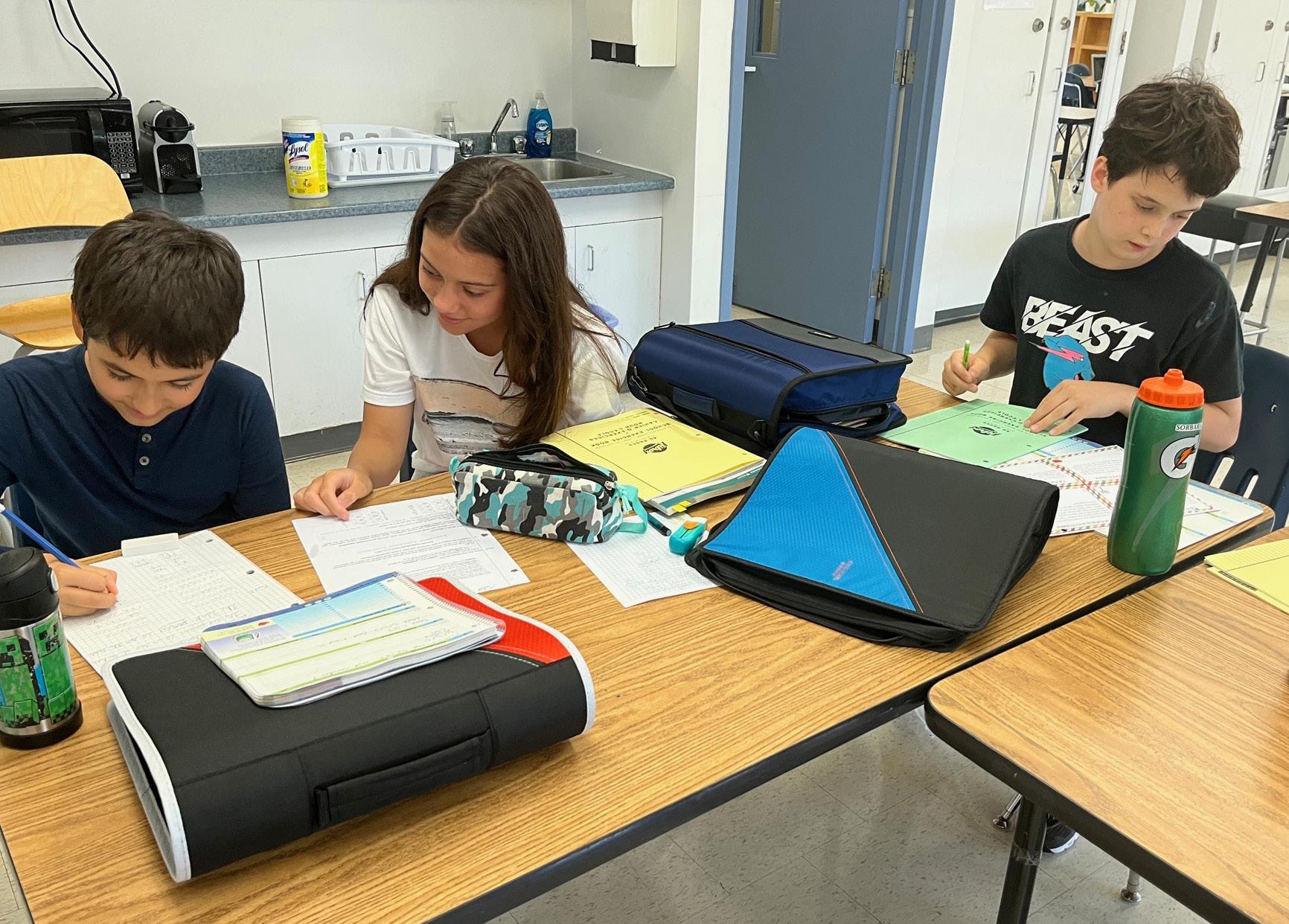
Patrick is a wonderful mix of very accomplished and truly humble. He’s a good student (math is his favourite subject), a fluent Mandarin speaker, and a tennis champion ranked in the top five for his age group. He also appreciates the dark side, noting Stephen King’s It and Five Nights at Freddy’s as his current favourite book and movie, respectively.
He’s looking forward to celebrating graduation with his class, but then it’s back to tennis right away.
“I have so much tennis! I have four really important tournaments right after graduation. I can’t afford to miss any tournaments because then my ranking will drop.”
When asked what he knows well enough to teach others, he jokingly said, “I could probably teach someone how to lose to me in tennis,” to much laughter from his peers.
His goals of achievement started early at Bannockburn.
“My first memory is from second year Primary. It was awkward because I didn’t even know how to speak English. In third year Primary everyone was surprised because I had learned how.”
These high goals are met with kindness and true appreciation for his time here.
“Thank you everybody who has taught me before,” he offered, and then mused, “I’ll miss the freedom to move around the classroom. I’m proud to graduate.”
To spend five minutes with Grace is to notice and appreciate her dry and excellent sense of humour. When asked what she’ll miss the most about Bannockburn, she delivered in a stand-up’s worthy tone, “The boiler room.”
A voracious reader, it’s no surprise that her earliest Bannockburn memory happened in the school library.
“In Grade Two, there was a time when I went to the library and lost track of time reading this really long book.” She is still reading really long books today. “The Sun and the Star by Rick Riordan was really good. And I haven’t finished it yet, but I like Crime and Punishment by Fyodor Dostoevsky, and No Longer Human.”
At graduation she’ll be celebrating with two former Bannockburn grads and with a friend from St. Clement’s. She’s especially proud of “making the grad fundraising poster and making more than enough money for our trip.” To that end, she’s truly grateful to her teachers for helping them with their fundraising goals.
Her future prediction uttered to much laughter? “Death.”
When asked for perhaps a more lighthearted goal, maybe as a writer, she said, “Yes, I’m going to be better than Fyodor Dostoevsky.”
Her theme song suggestion, hilariously, was Rick Astley’s Never Gonna Give You Up. We hope she never does give us up as she moves to England next year to attend the Eaton Square Senior School in London, where her current goal is to “try and get a British accent,” she said with a laugh.

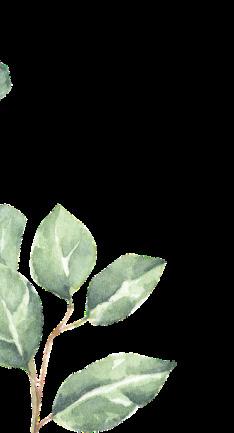
The next classroom he’ll be moving around will be at St. Michael’s College School, where his new goal is to pass his final year exams. Something says he’ll meet this goal and have even greater things in store as well.
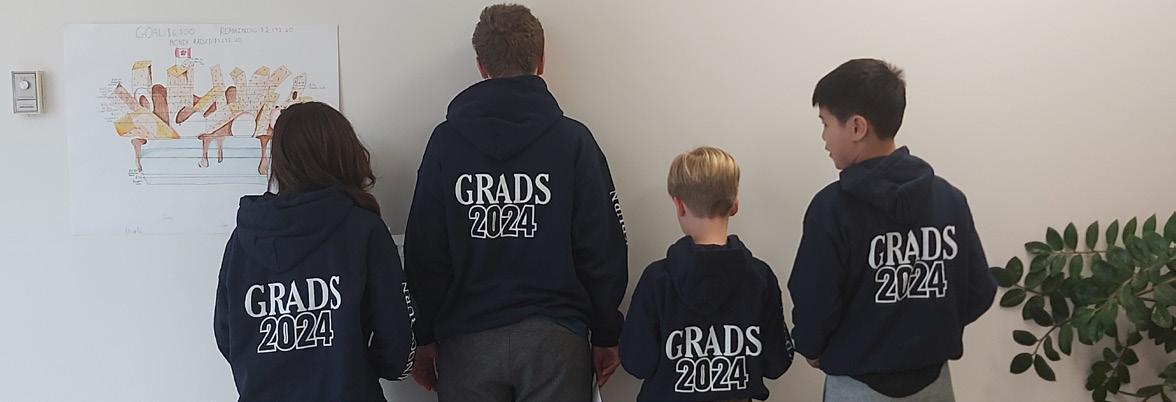
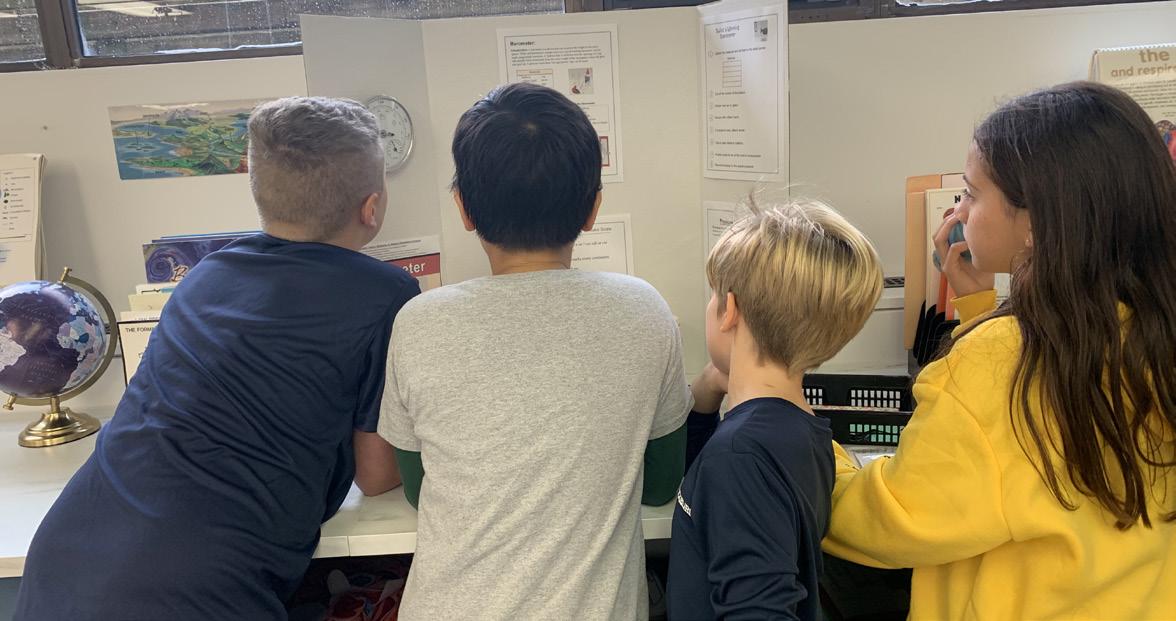

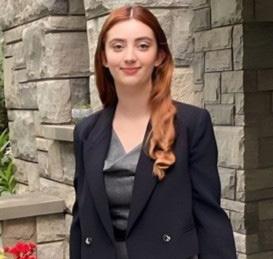
For all of the tours, word-of-mouth kudos, and brochures, nothing really represents a school like its alumni. For that reason, Bannockburn is grateful to alums like Arianna Forgione, who continue to embody the mission of Bannockburn years after they graduate: “Our mission is to develop responsible, nurturing, peaceful young people with self-esteem and respect for others. Bannockburn graduates are selfmotivated, intellectually-curious students who love learning and who achieve academic success.”
It was a pleasure to speak with her and learn where her motivation and intellectual curiosity took her in the years after Bannockburn.
“I felt like at Bannockburn that we had so many opportunities to be creative and do our own thing,” she said. “You obviously learn in class, but there was also space for our other personal interests. It felt very much that I could go and explore and learn that new thing. I’d tell the new graduates, keep finding ways to pursue those interests and finding new ways to learn. I’m a lifelong learner, always reading and trying to learn new things, so I think I definitely learned that from Bannockburn.”
After graduating from Bannockburn in Grade 6, she went to Havergal College, which she loved. Arianna is currently studying in the UK, in her second year of a three-year law and business program
at the University of Birmingham. As she explained, “I really wanted to study law, I’m very passionate about it, and in Canada I couldn’t do it right away after high school, but in the UK I could.”
Her program is two-thirds law classes and one-third business courses. “It’s kind of like having a business minor as well, which is quite nice.”
Being in the UK has a host of advantages, besides the rigorous academics.
“I love being in Birmingham and it’s so easy to travel around the rest of the UK and Europe. And I’ve made great connections here, so I’m very happy. Also some of my high school friends go to schools around the UK so it’s been fun to travel and meet up with them. When I came here I didn’t know anybody—I just came here because it was something I wanted to do, and I’m really happy.”
Arianna draws a distinct line between the child she was at Bannockburn and the young adult she is today. “I remember loving all the physical aspects in Primary, working with the materials. And I’ve always been a person who asks a bunch of questions, so being able to ask a million questions to the teachers was very nice. Then for UEL I had Ms. Paul and she was amazing! I remember doing a lot of football and sports with her during recess. I especially remember loving the Word of the Day, when she would write a word on the board that we’d have to research and then use it in a sentence. I remember that really expanded my vocabulary and helped me with my SSATs, which helped me get into Havergal.”
She laughed at the fun memory of some of the extracurricular activities that she took part in, including Mix It Up, which was hip hop dance. “I think at the time Video Star was really popular, so we used to make a lot of videos, edit them together, and add filters, which I really loved.”
Other memories of her time here stand out as well. “My grad year was the first year we went to Model UN in New York, which was so exciting. We got to go to the UN building and explore and I met so many people. I remember that I presented on Romania, and the issue I was talking about was the Schengen Zone. Now I study EU Law and I have to know about the Schengen Zone and I had written a paper about it in Grade 6! I was talking about the Syrian refugee crisis and how the Schengen Zone impacted that.”
[The Schengen Zone is the EU’s passportfree travel space. It was first established in 1985 and now comprises 27 European countries that agreed to create common entry and exit requirements in order to remove the need for internal borders.]
She is still grateful for her 2016 Bannockburn grad year in other ways, too. “I remember in my grad year there were four of us and we debated the idea of a trip. We didn’t know if we’d be going to New York or Seattle. So we had a debate and debate has become a big part of my learning now. And for our specific grad trip, I remember doing the graddies lunch. I loved learning how far money can take you when you’re funding your own trip! Raising the money was so good because you learn the steps you need to make money. I think we made about $5000 and we went to Calgary.”
She’s still in touch with other Bannockburn alumni, including Zoe Finkelstein. They did the Canadian Children’s Opera Company and Spirit of Math together as well. “We’re still quite close. Zoe has her final year of high school and she’s in a band and I like to go to her shows.”
Arianna wanted to share one last memory before our conversation ended, and it was one of those moments in looking back in which you never know where a lesson may take you.


“I remember I did a French-speaking competition at Bannockburn and one of my speeches was about opera, because I sing opera, and the other one was about butterflies. Basically, you would give your whole speech in French and then they’d ask you questions afterwards. It was very scary, you know, you’ve prepared your speech, but you didn’t know what they were going to say. My first year was the first year of the competition, and I was the first person to answer a question. Because I did this competition, I was able to do advanced French at Havergal, which meant I could get high school credits earlier. Now it’s nice to meet French speakers in Europe and speak French, or expats from Quebec and talk to them.”
She may have a clearer idea where her current lessons of law and business will take her, but she still looks back at who she was with affection. Bannockburn takes its responsibility of graduating “responsible, nurturing, peaceful young people with self-esteem and respect for others” very seriously. Alumni like Arianna make it all the worthwhile.
